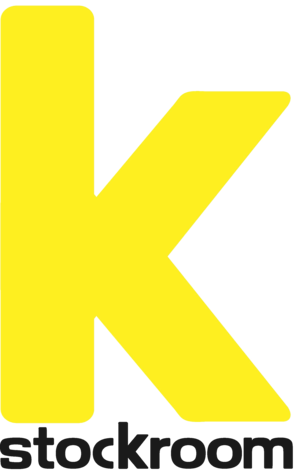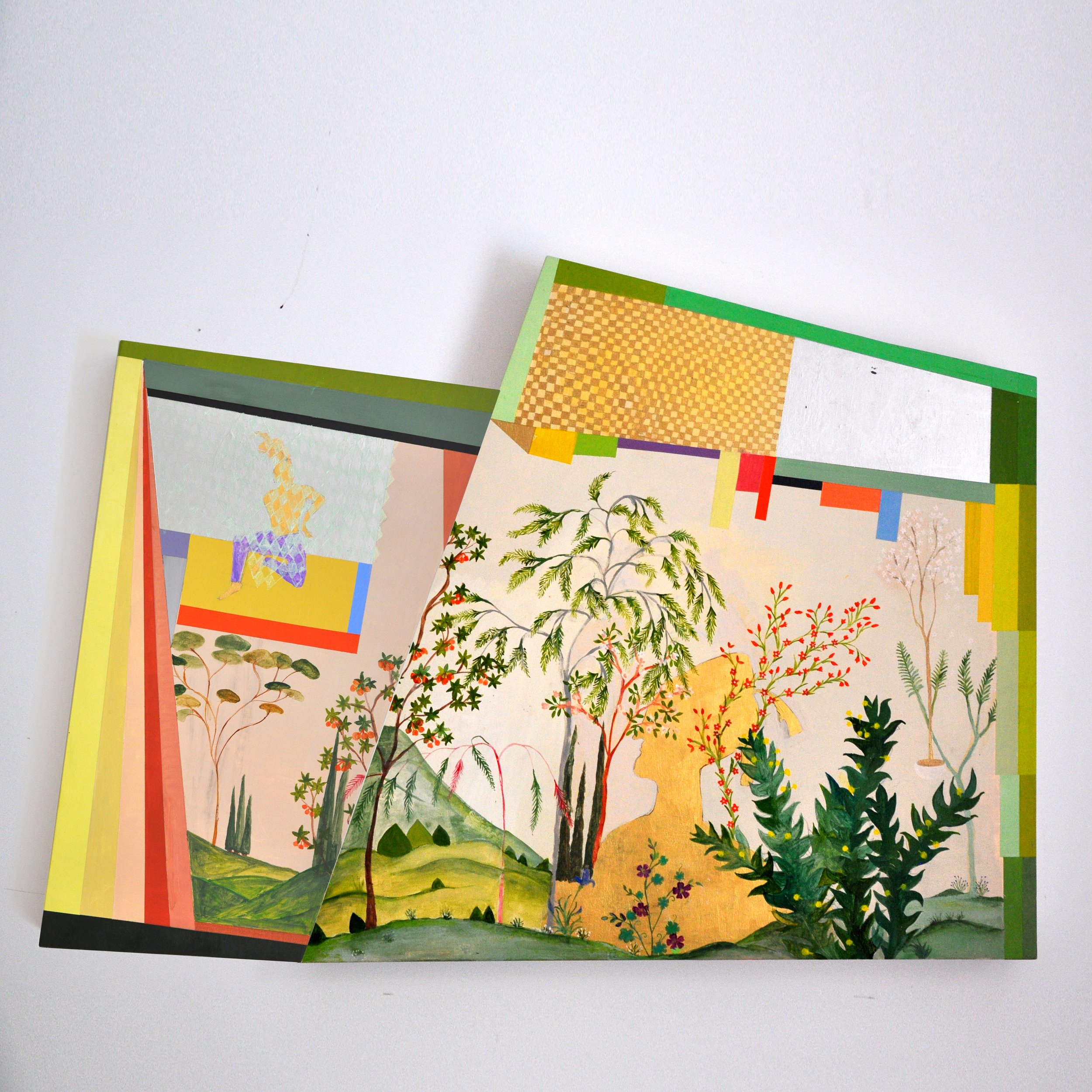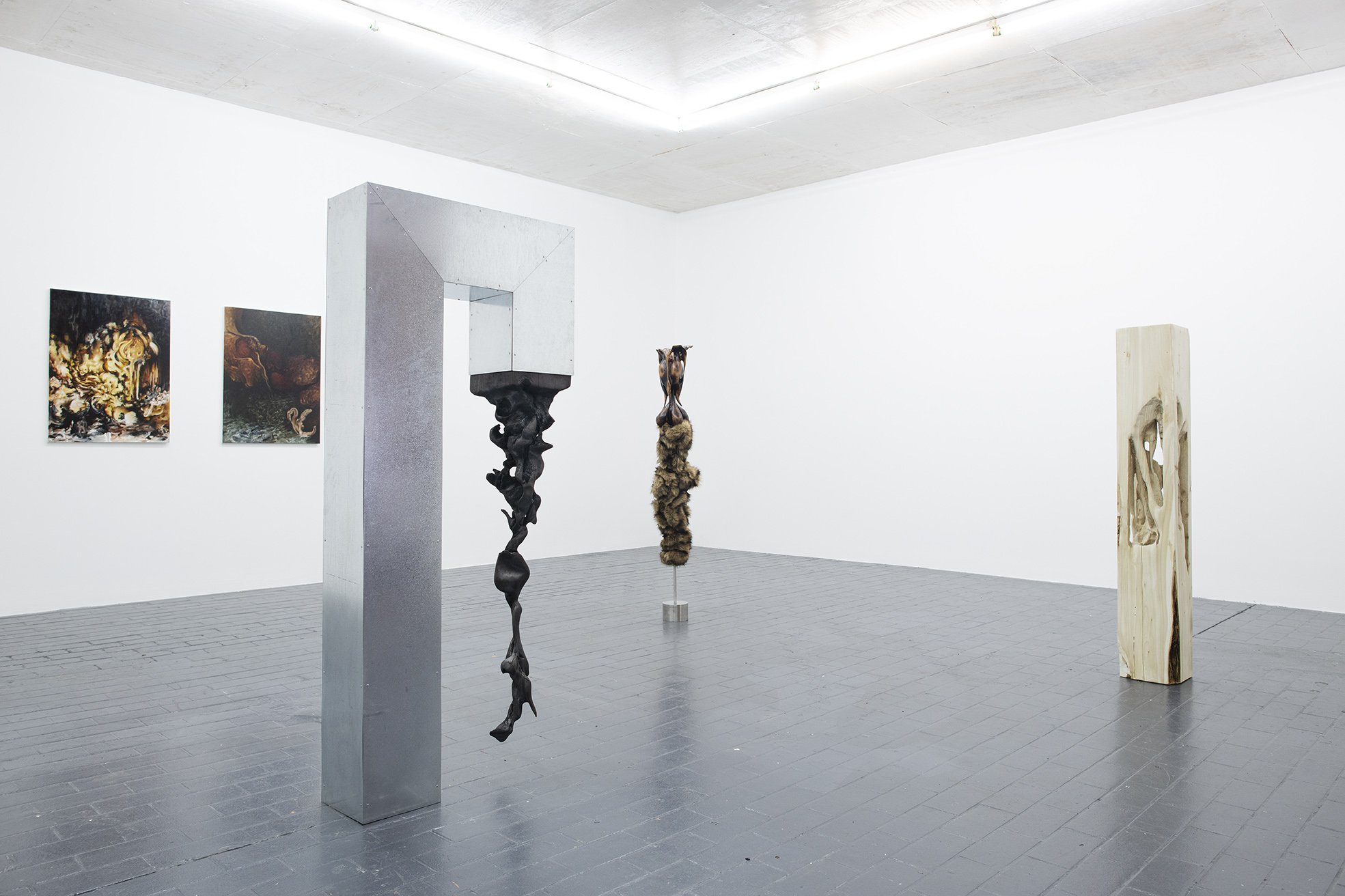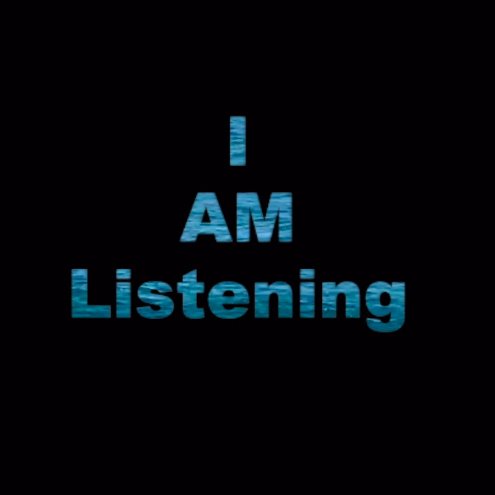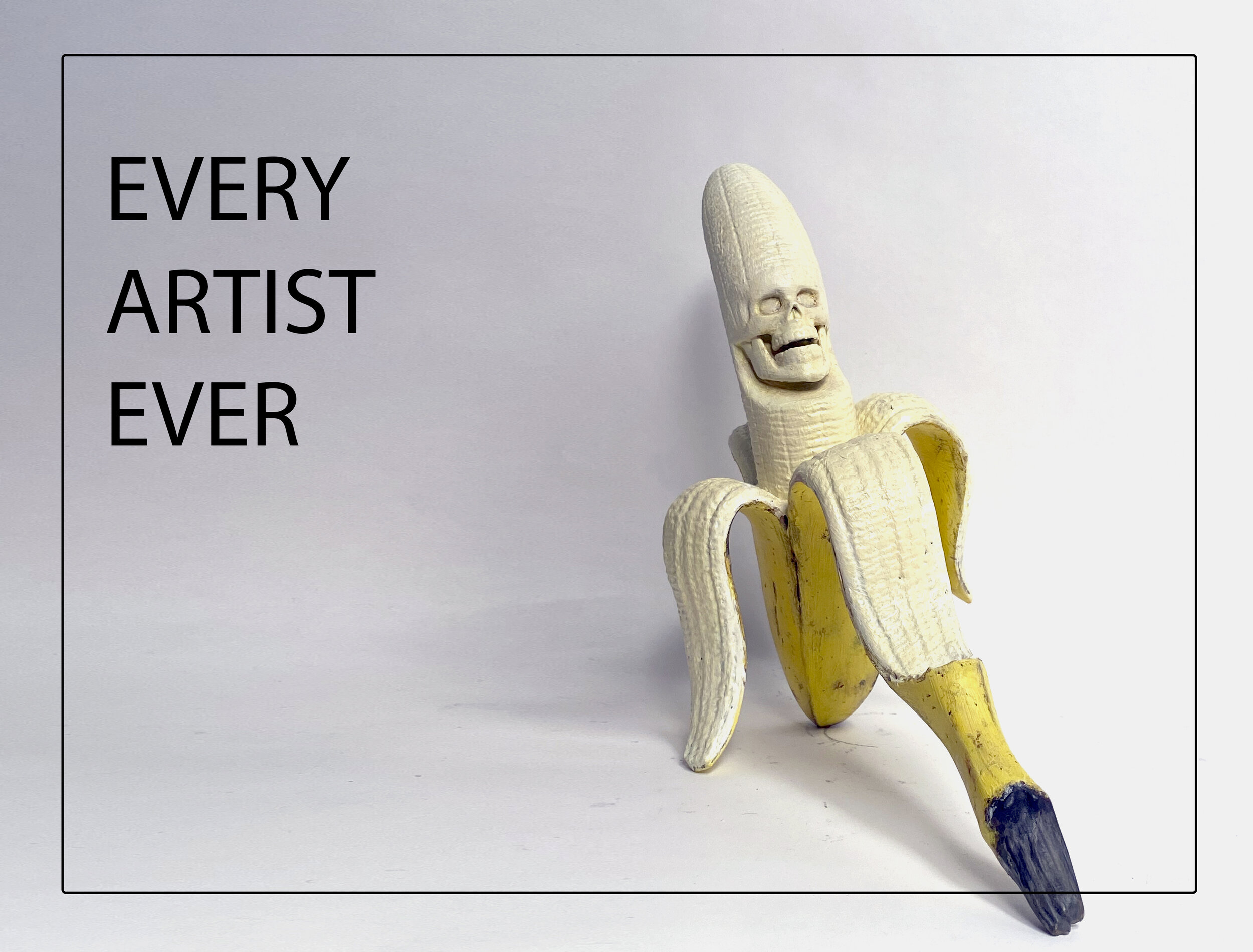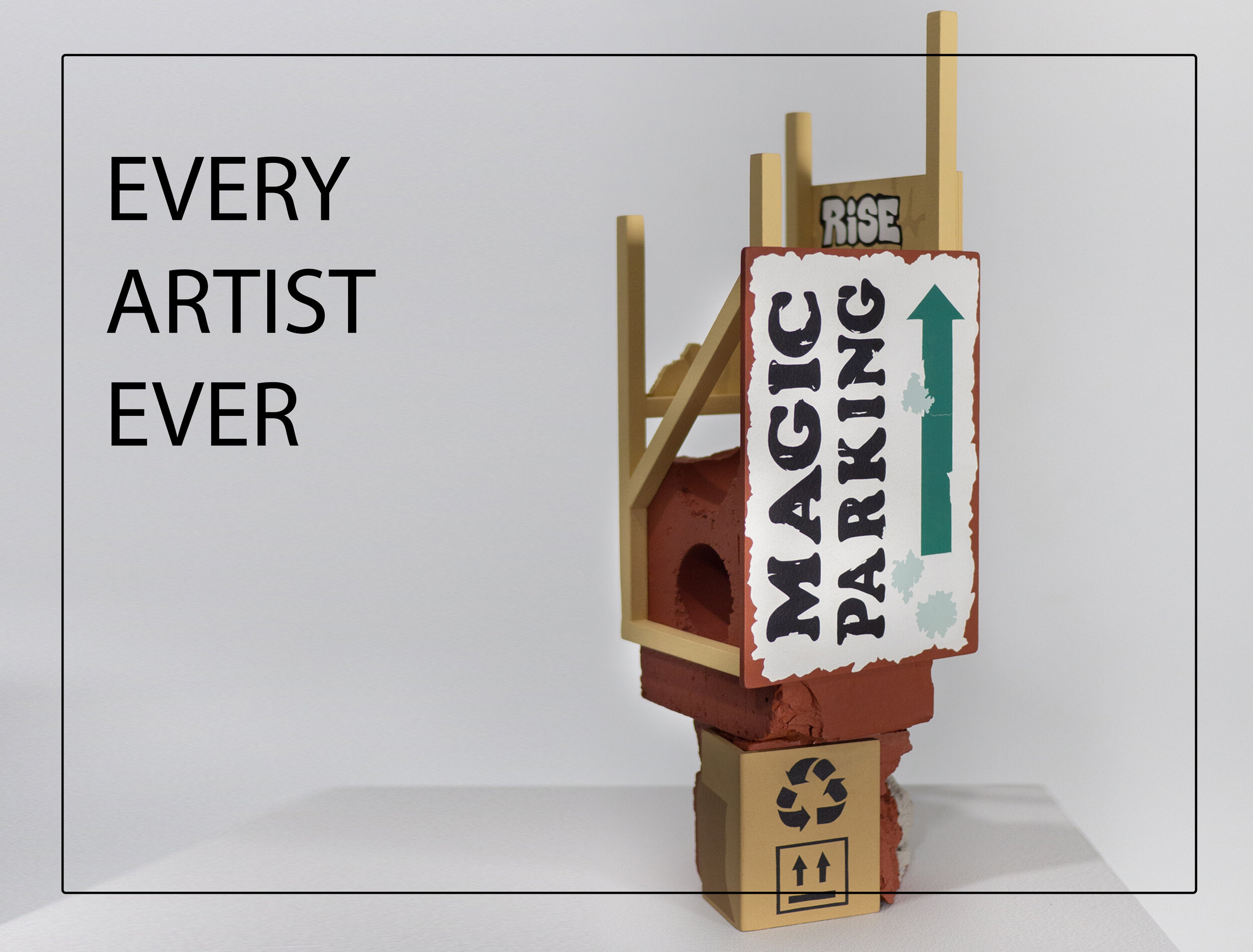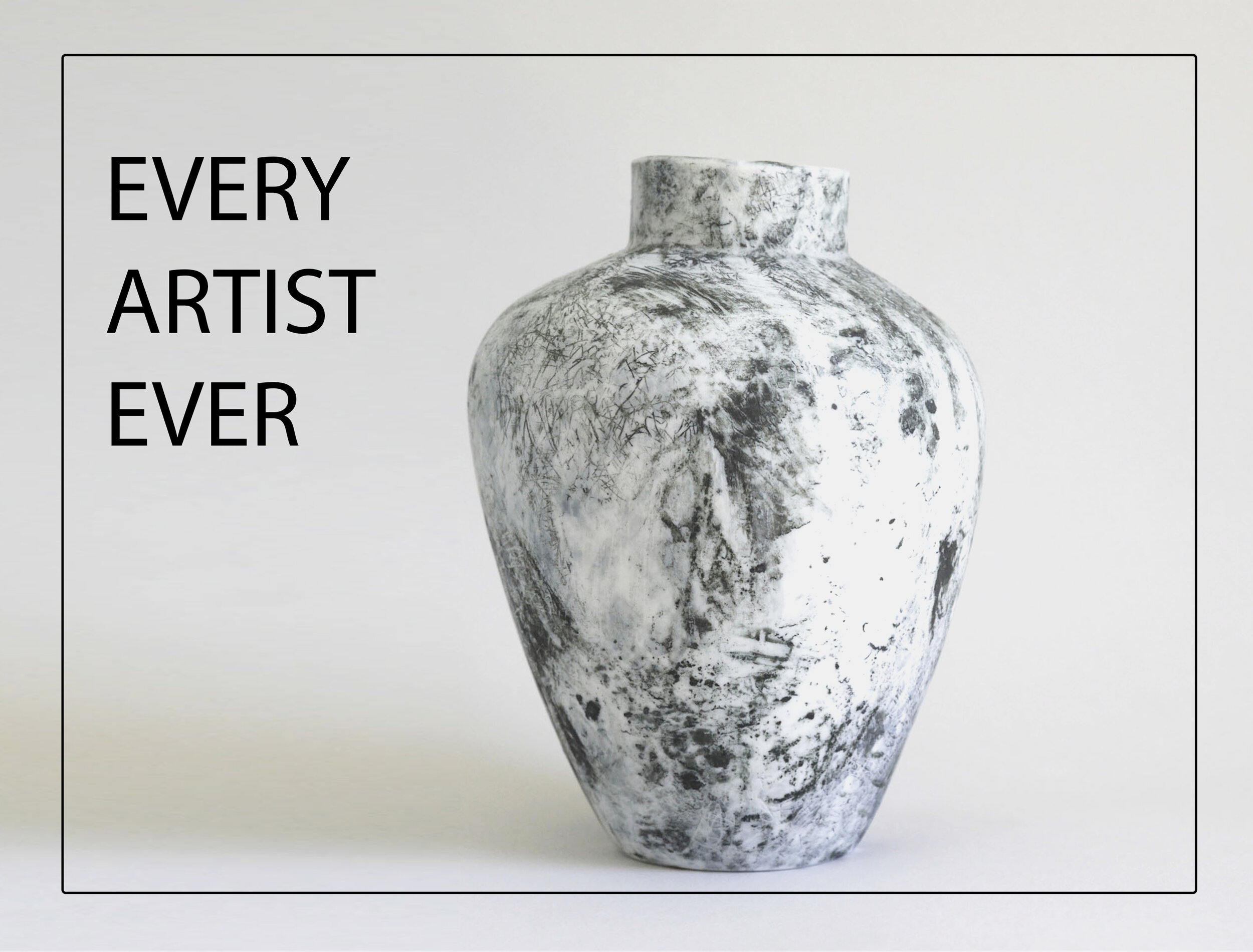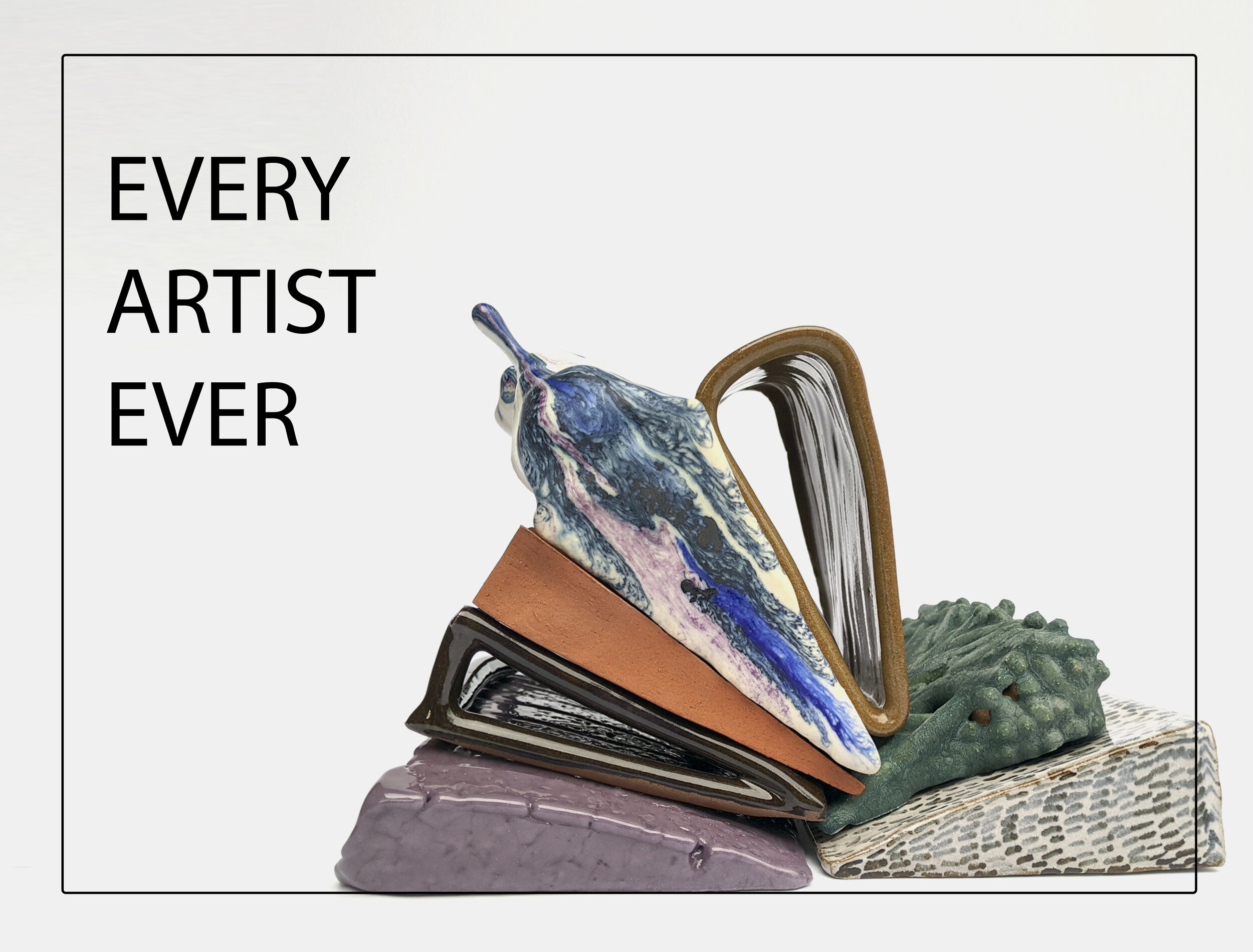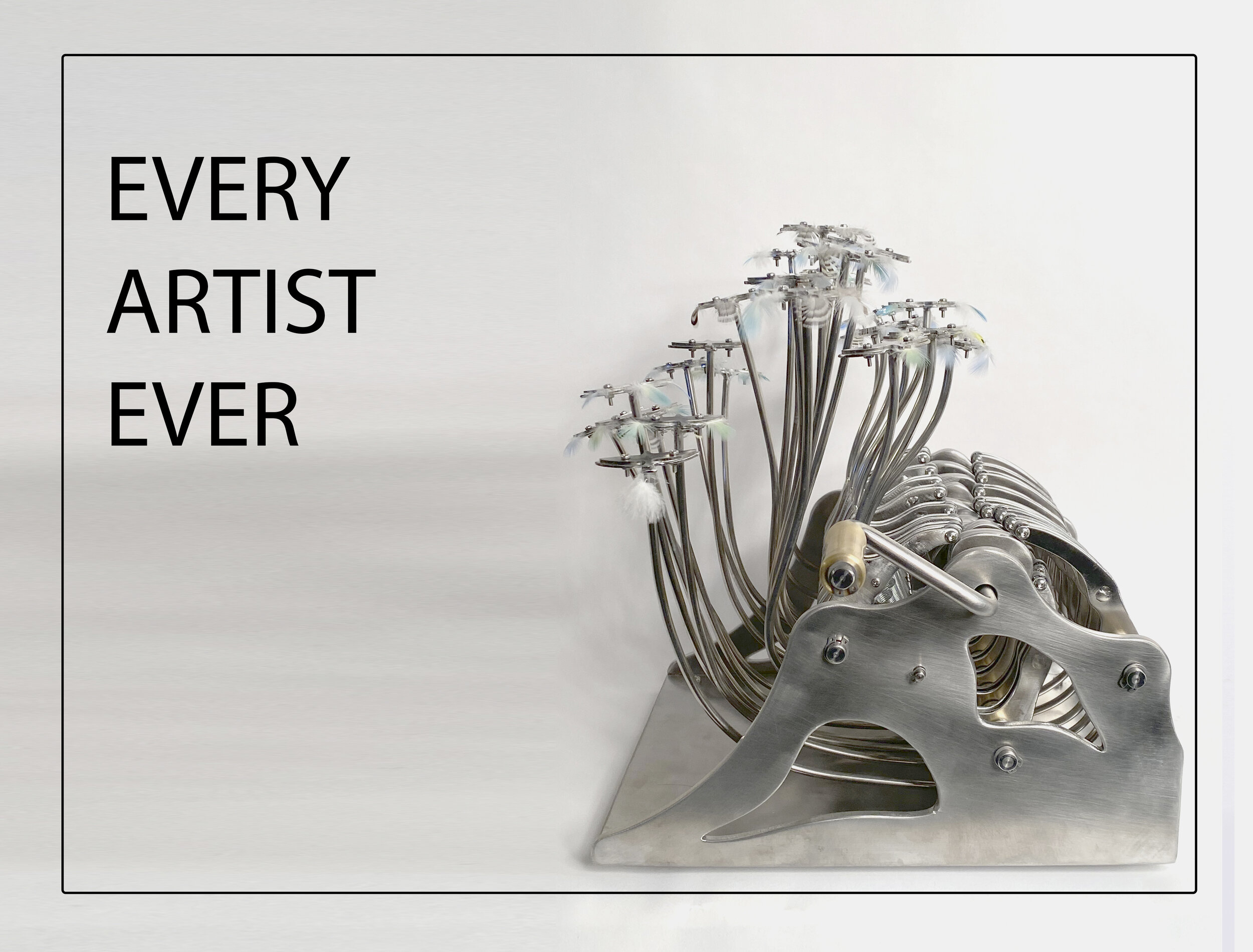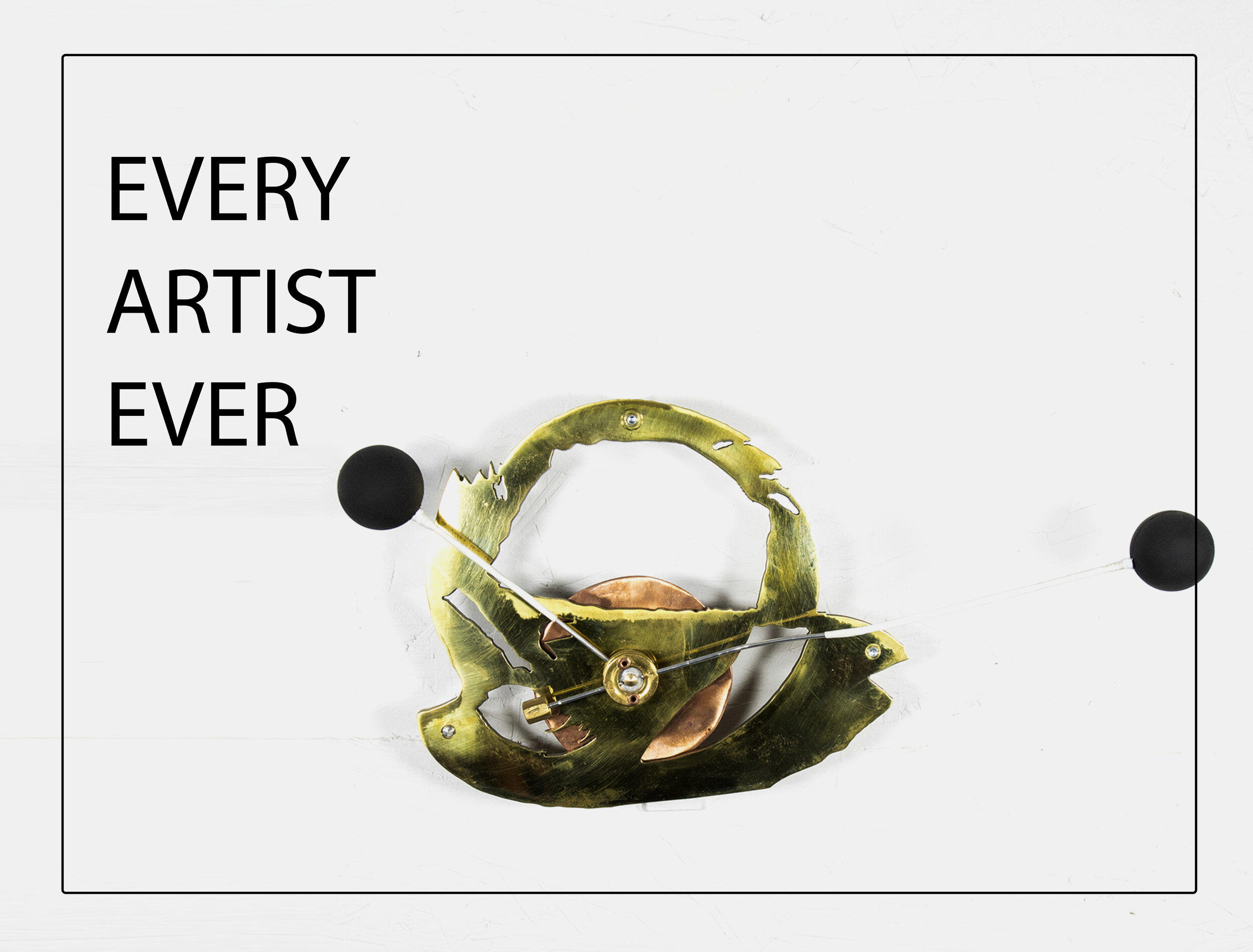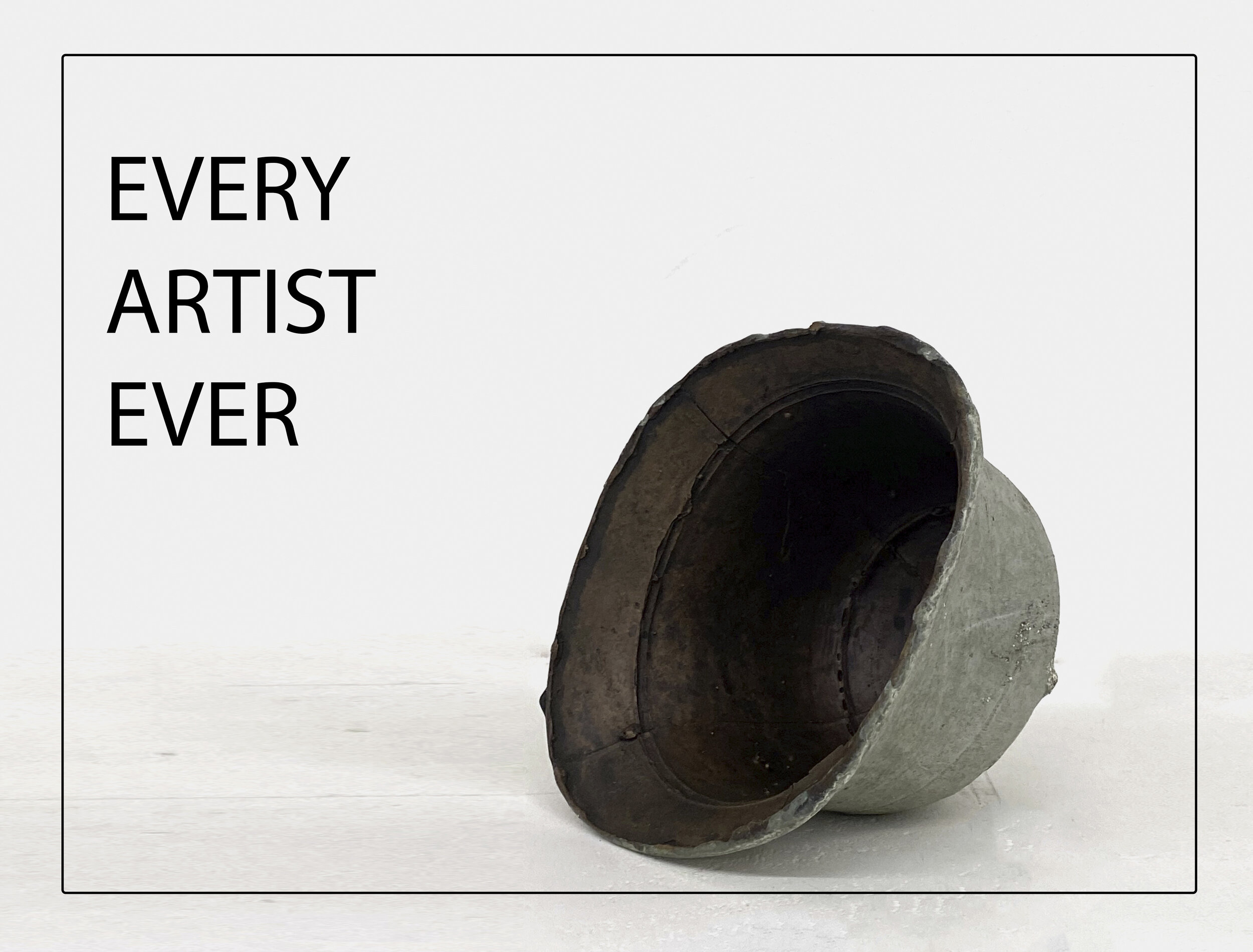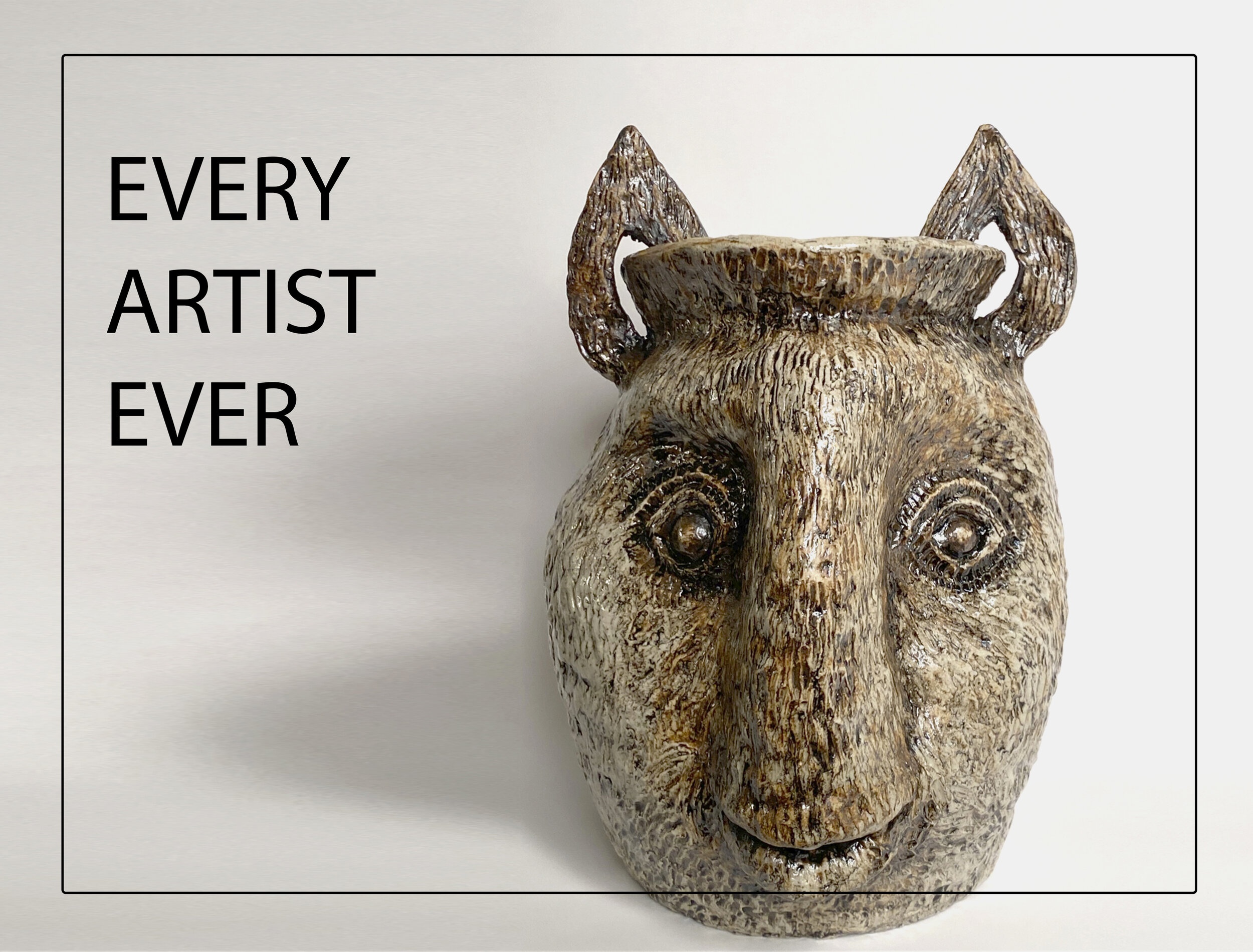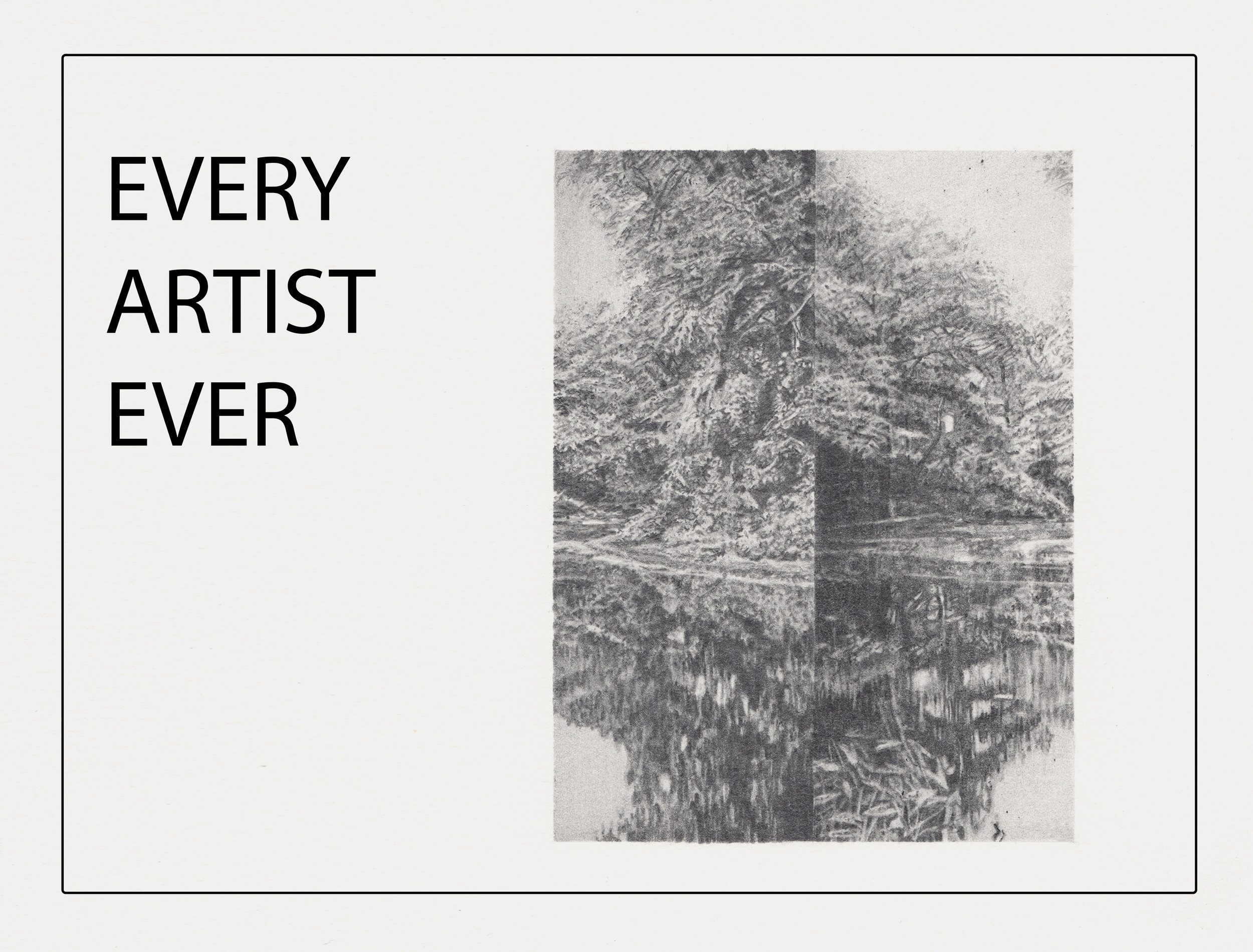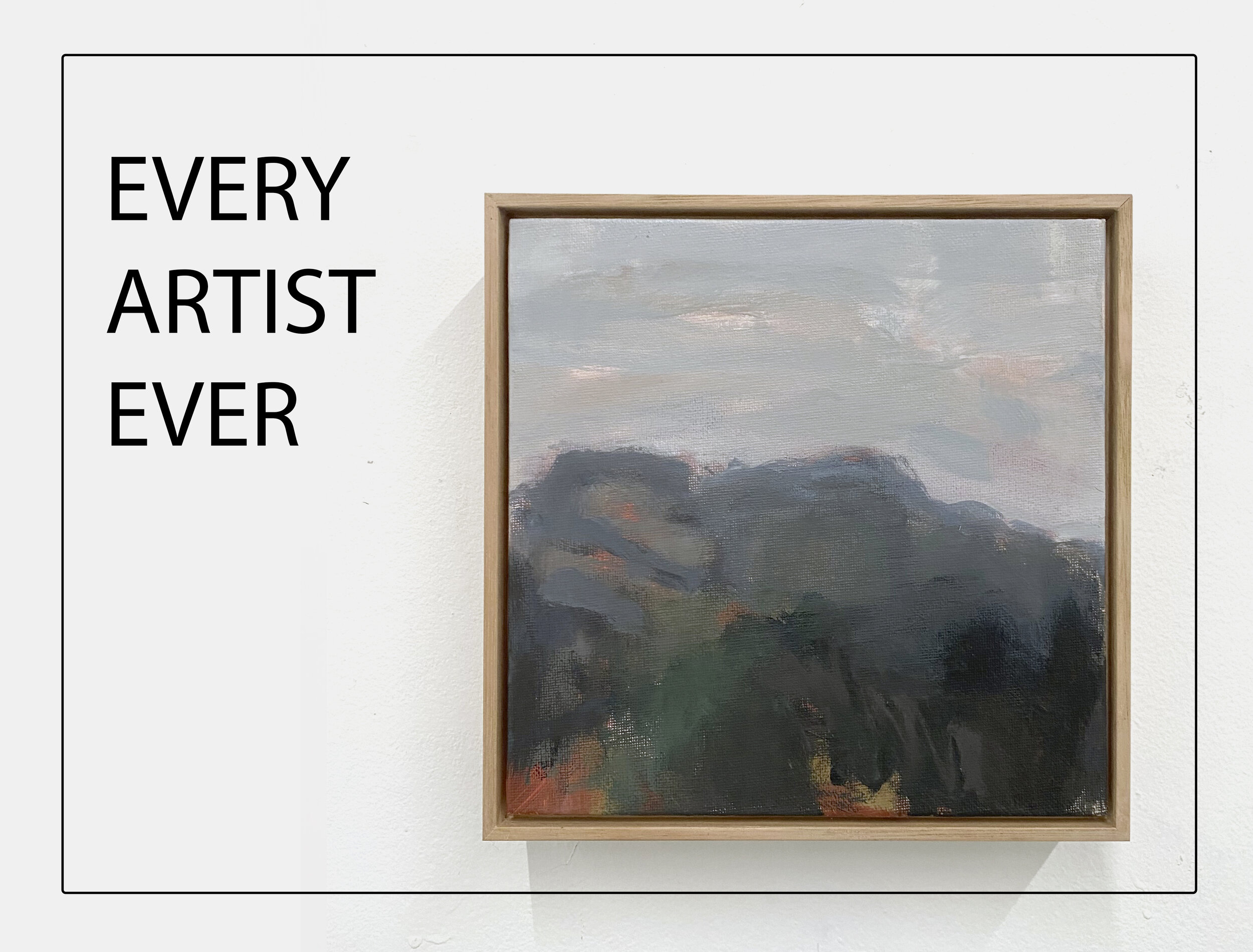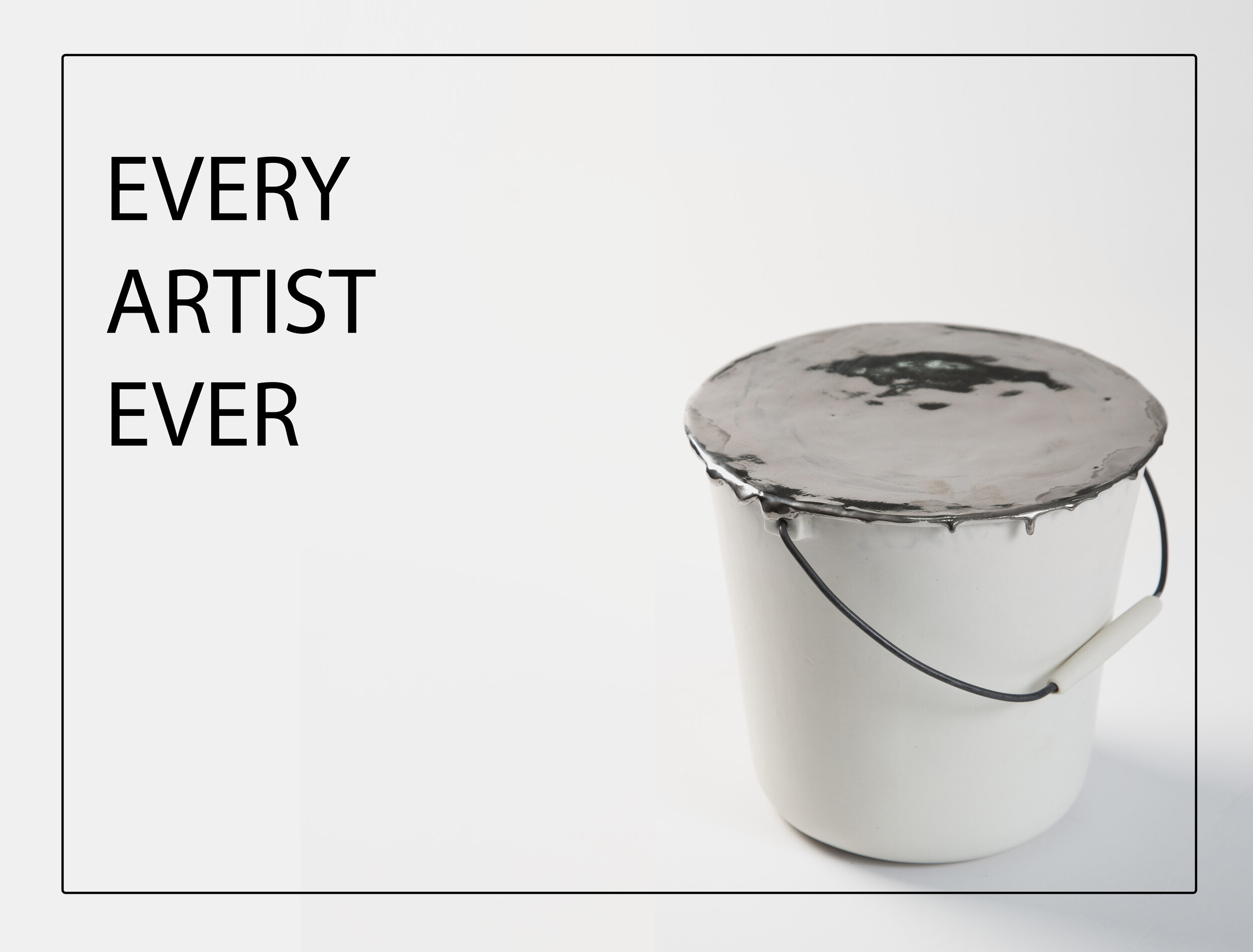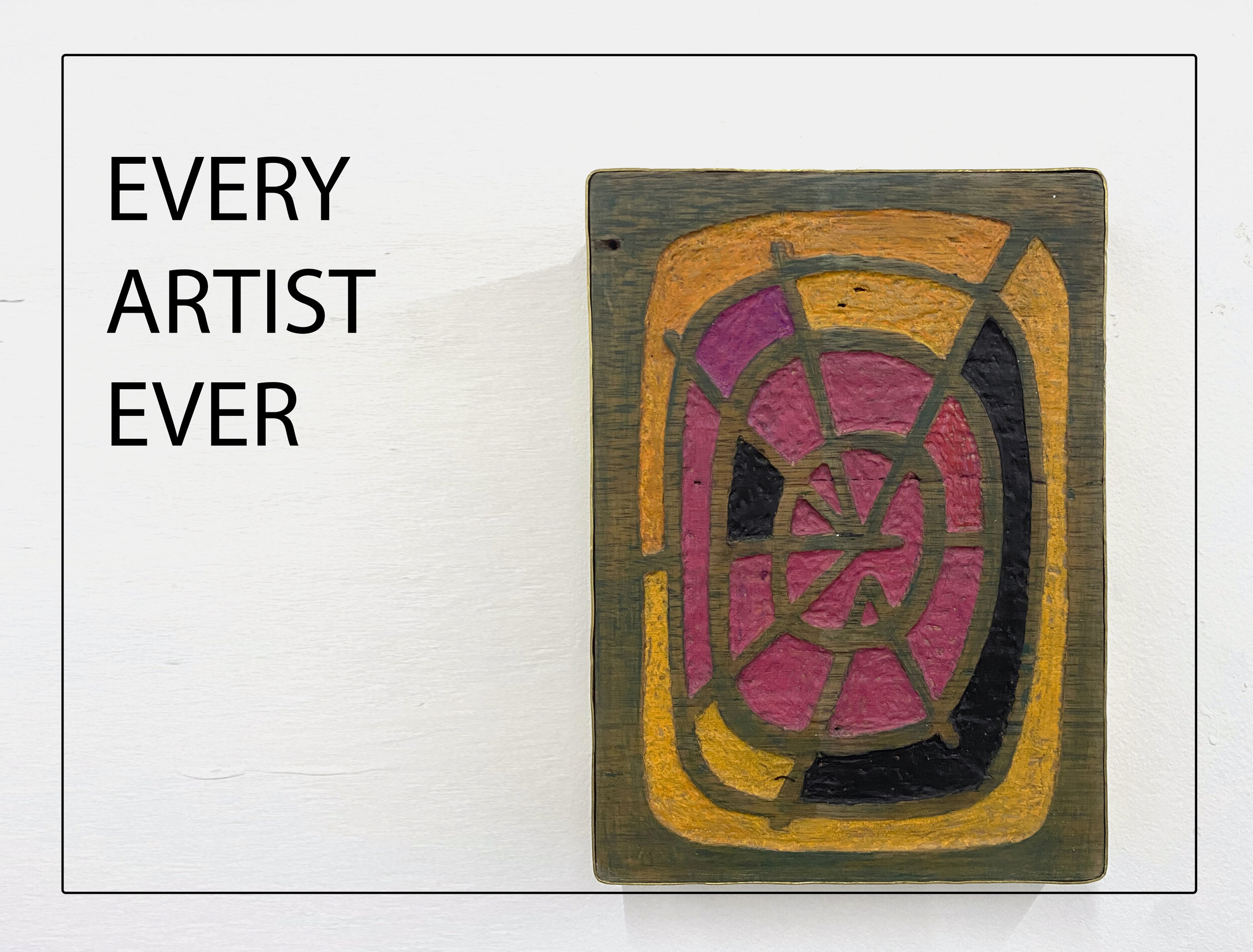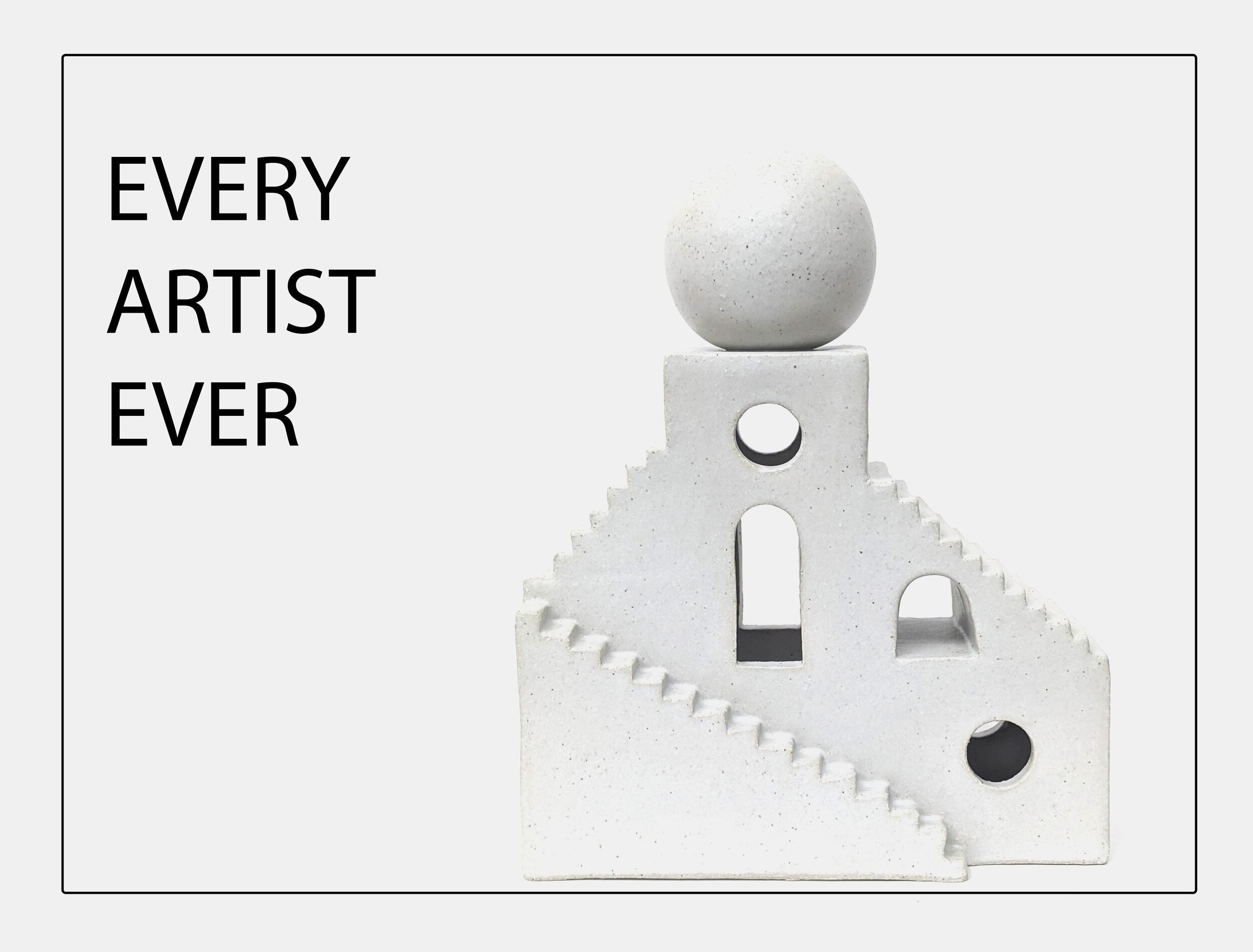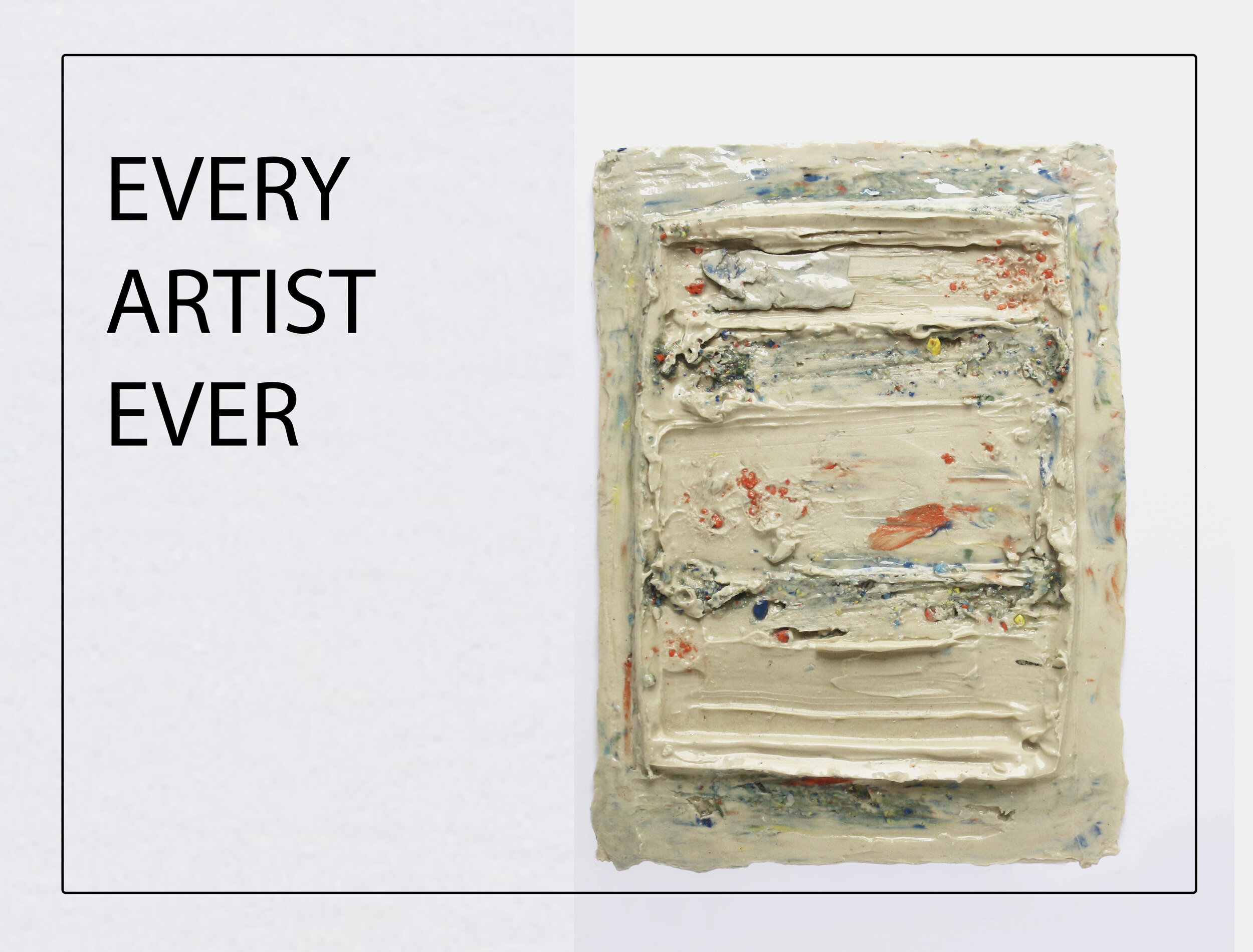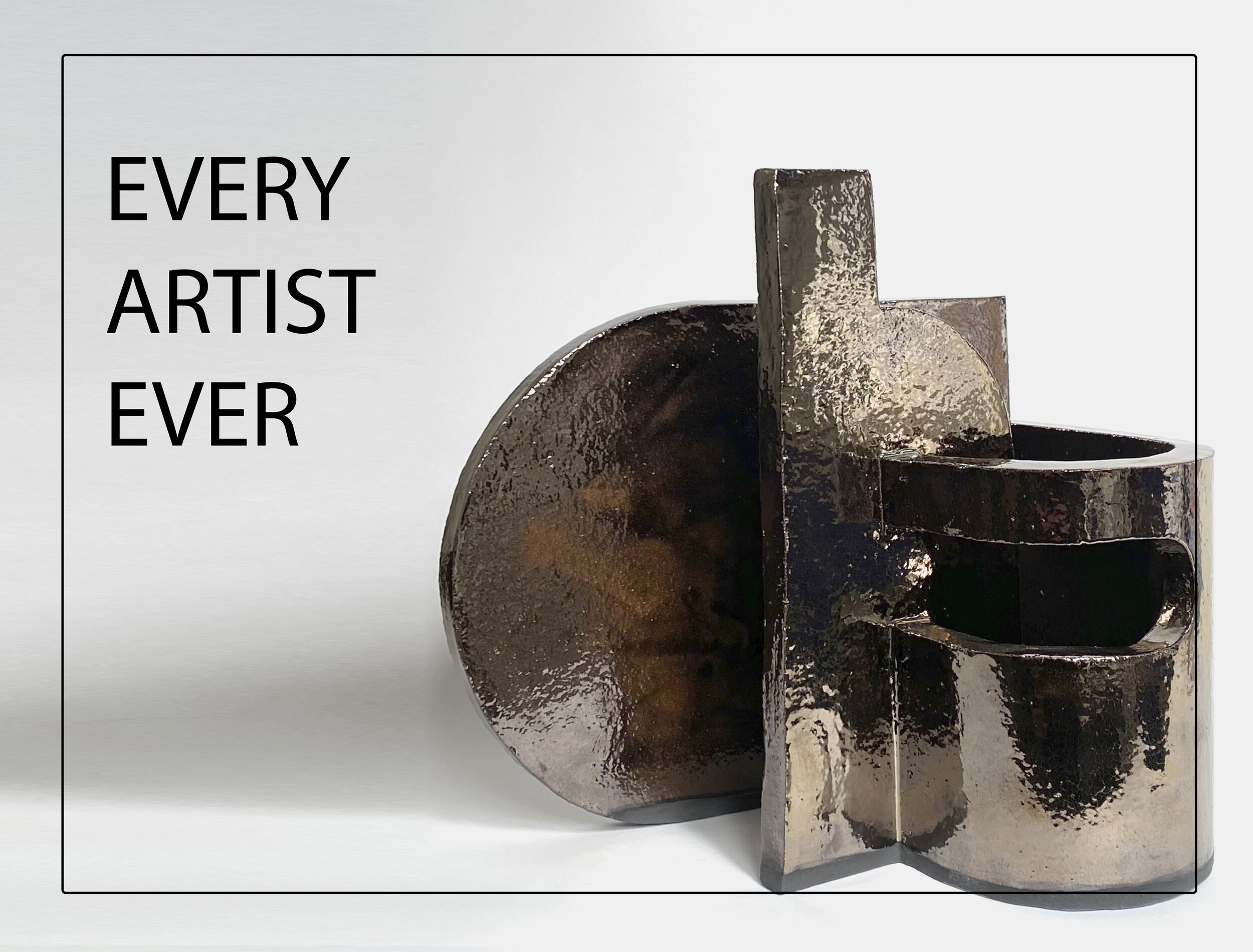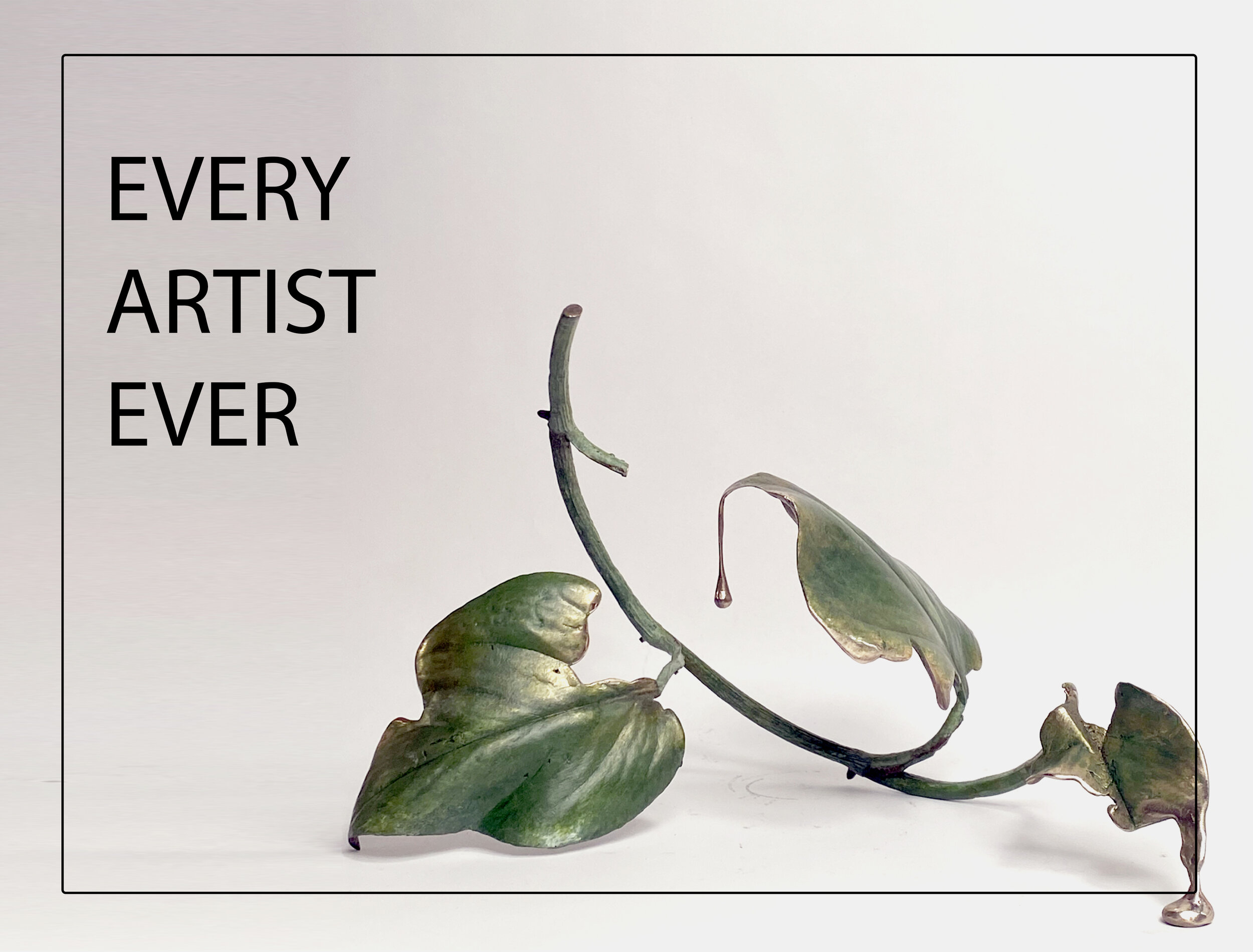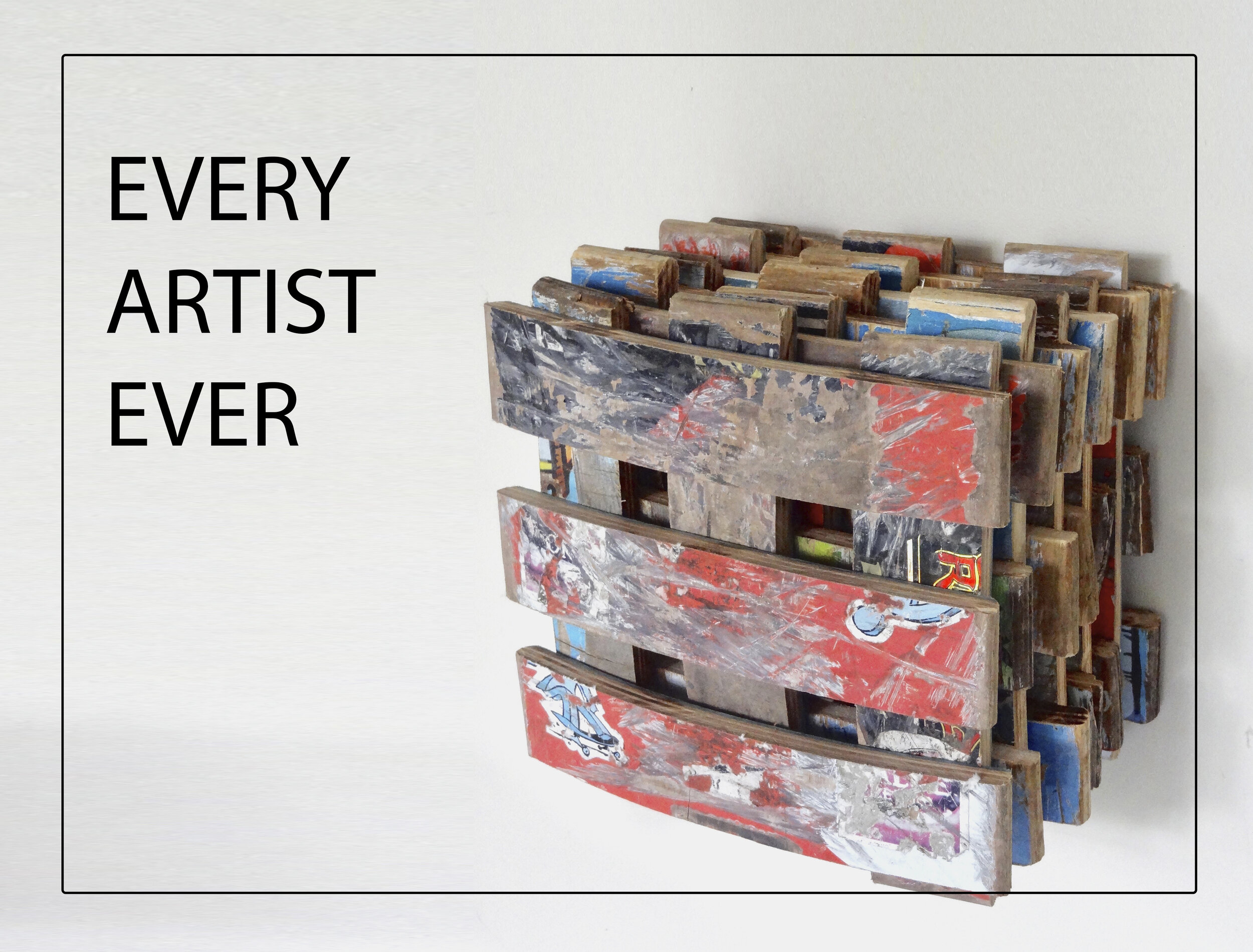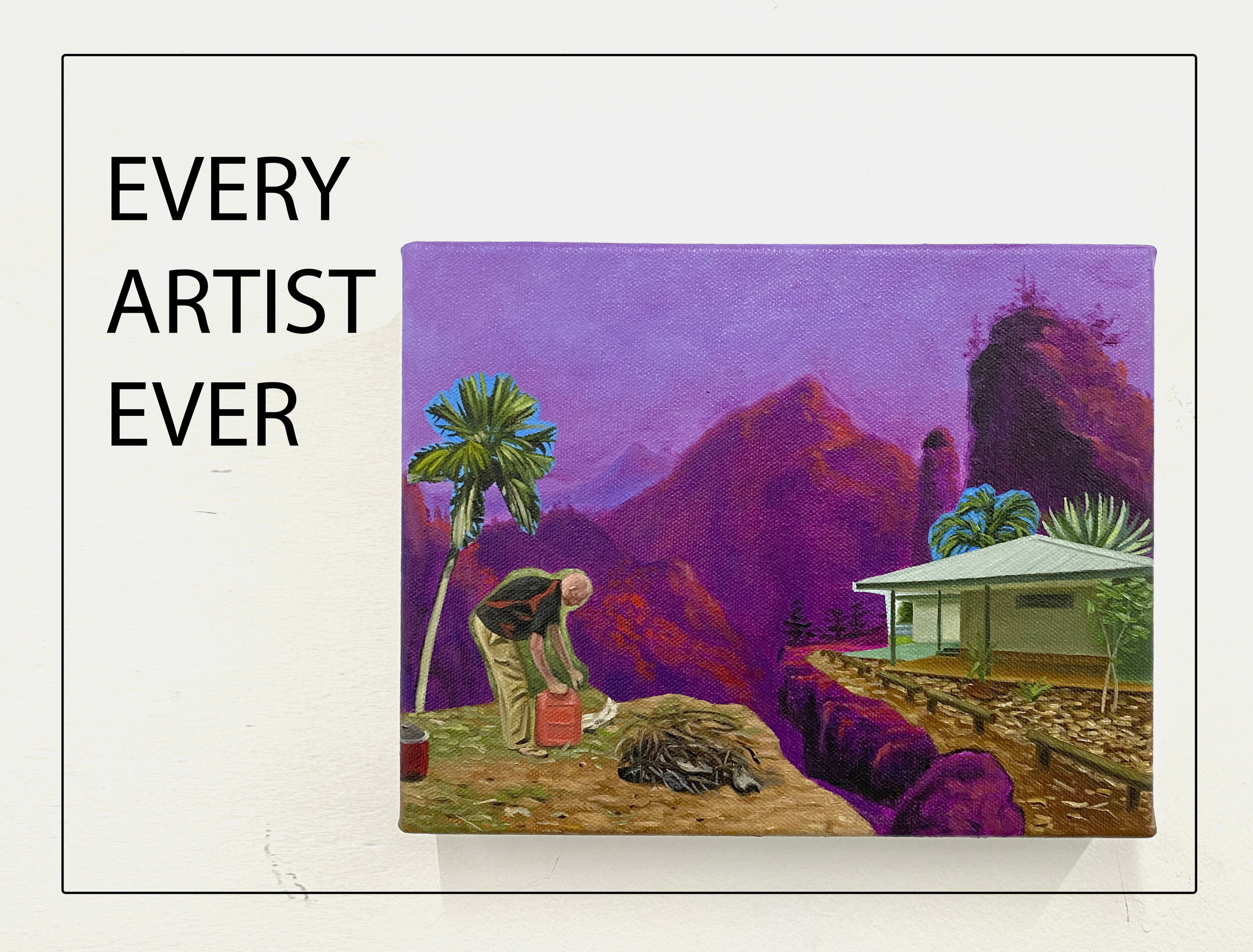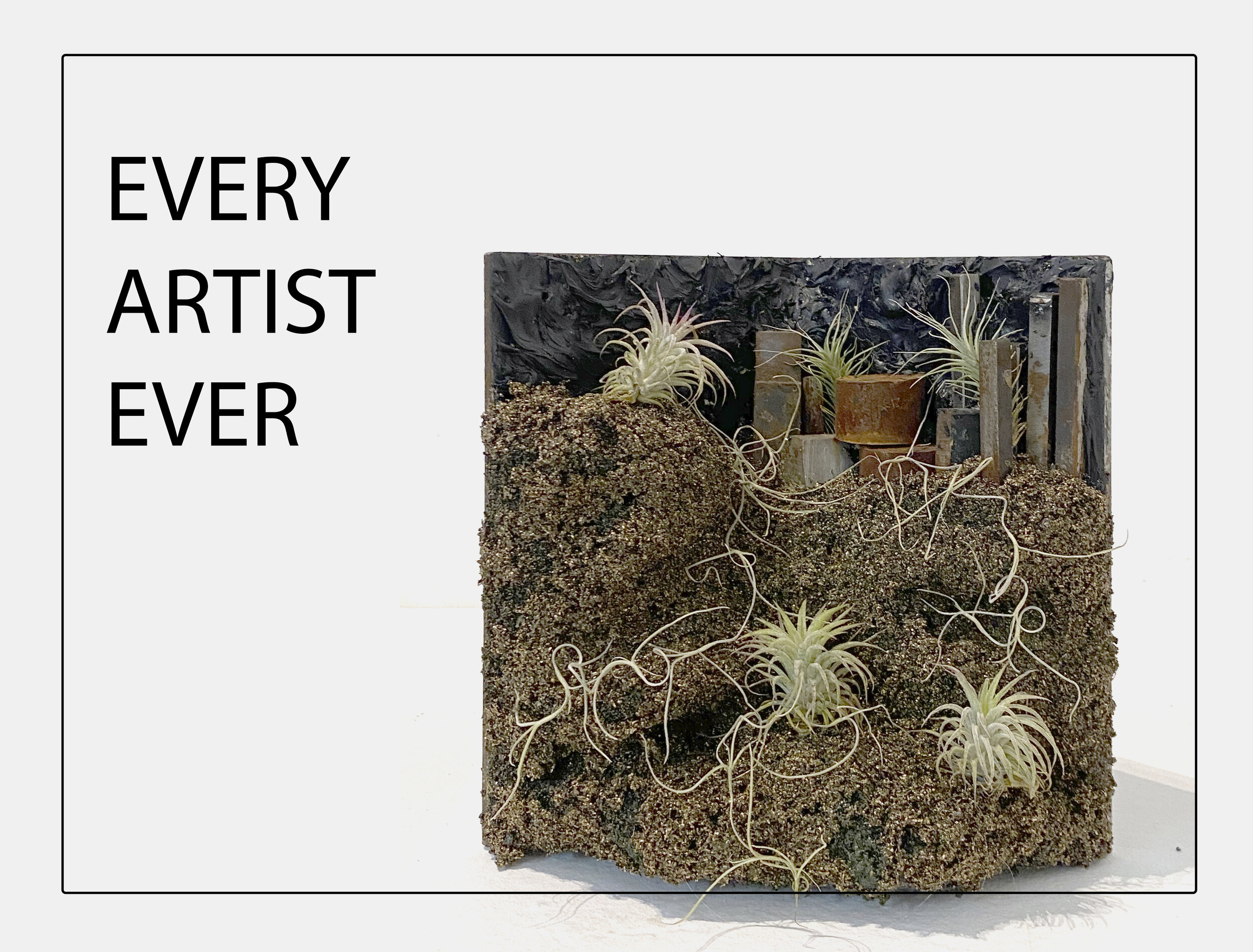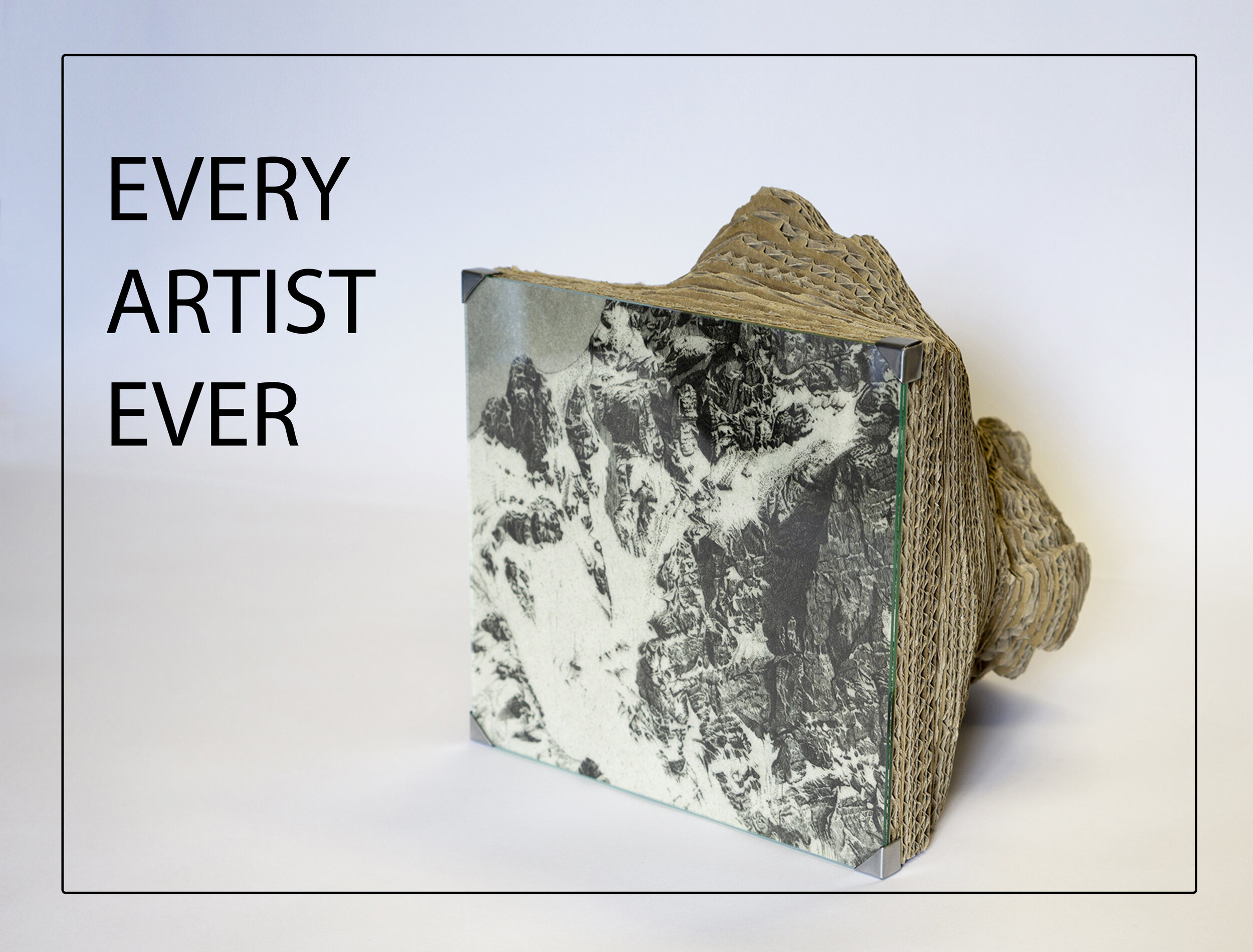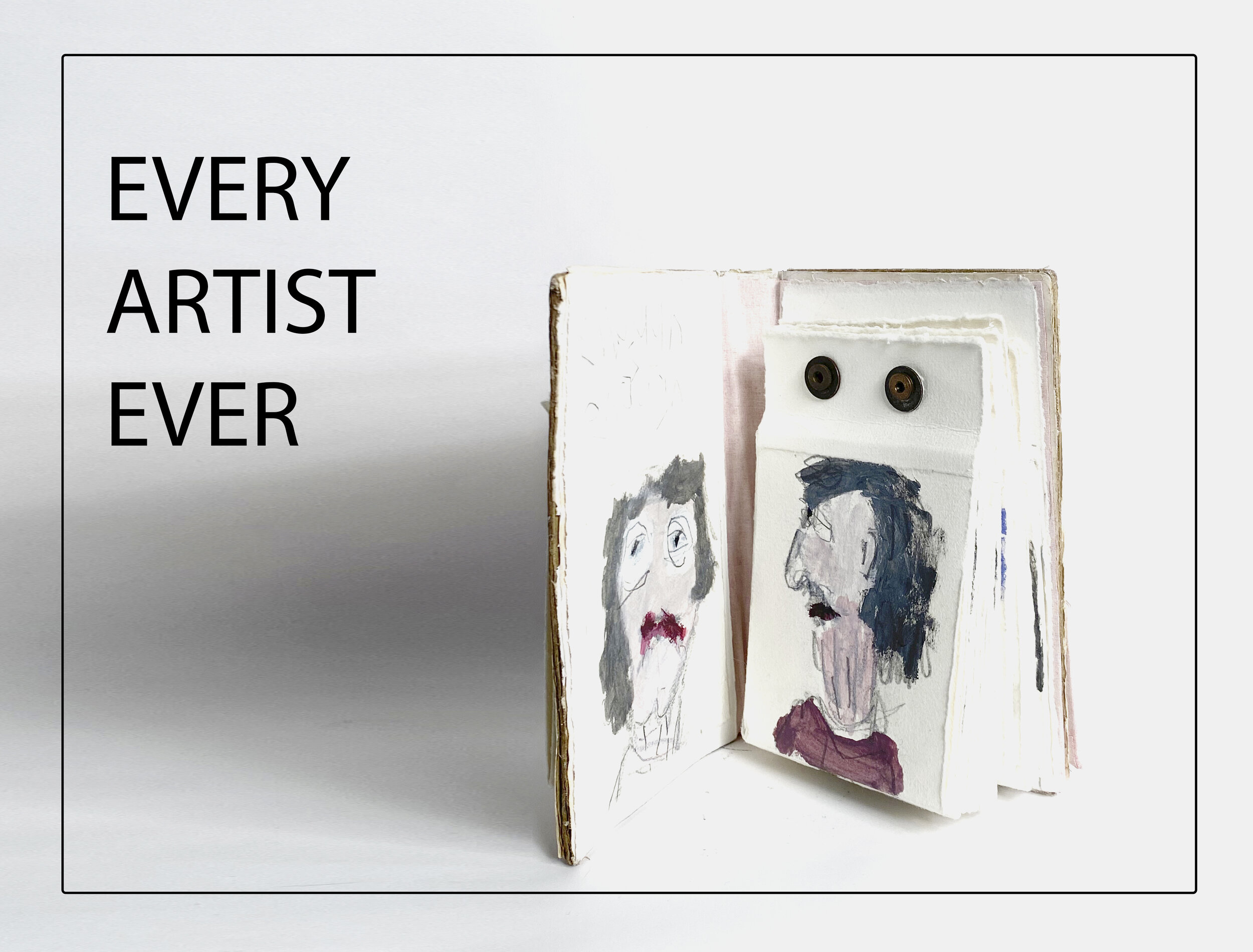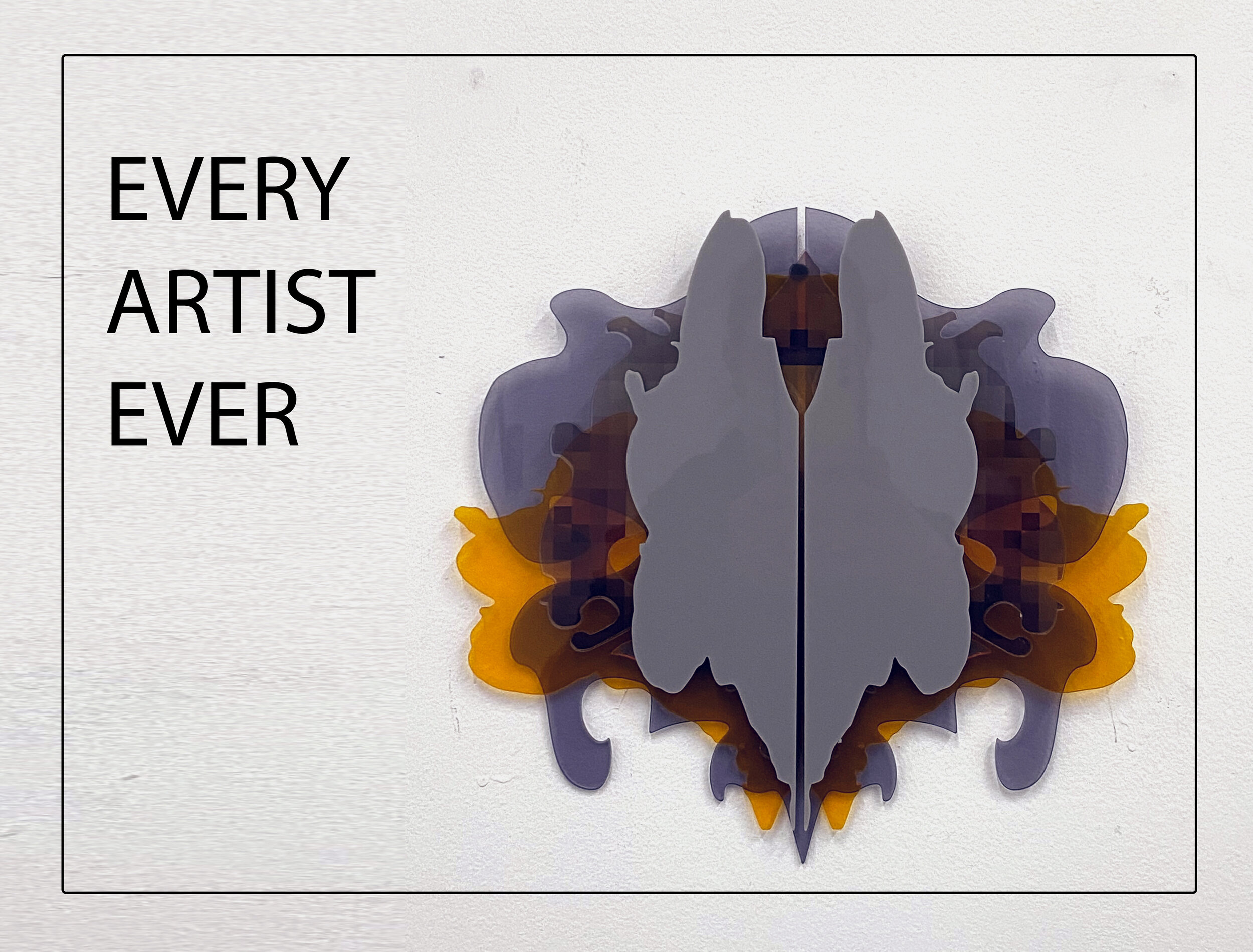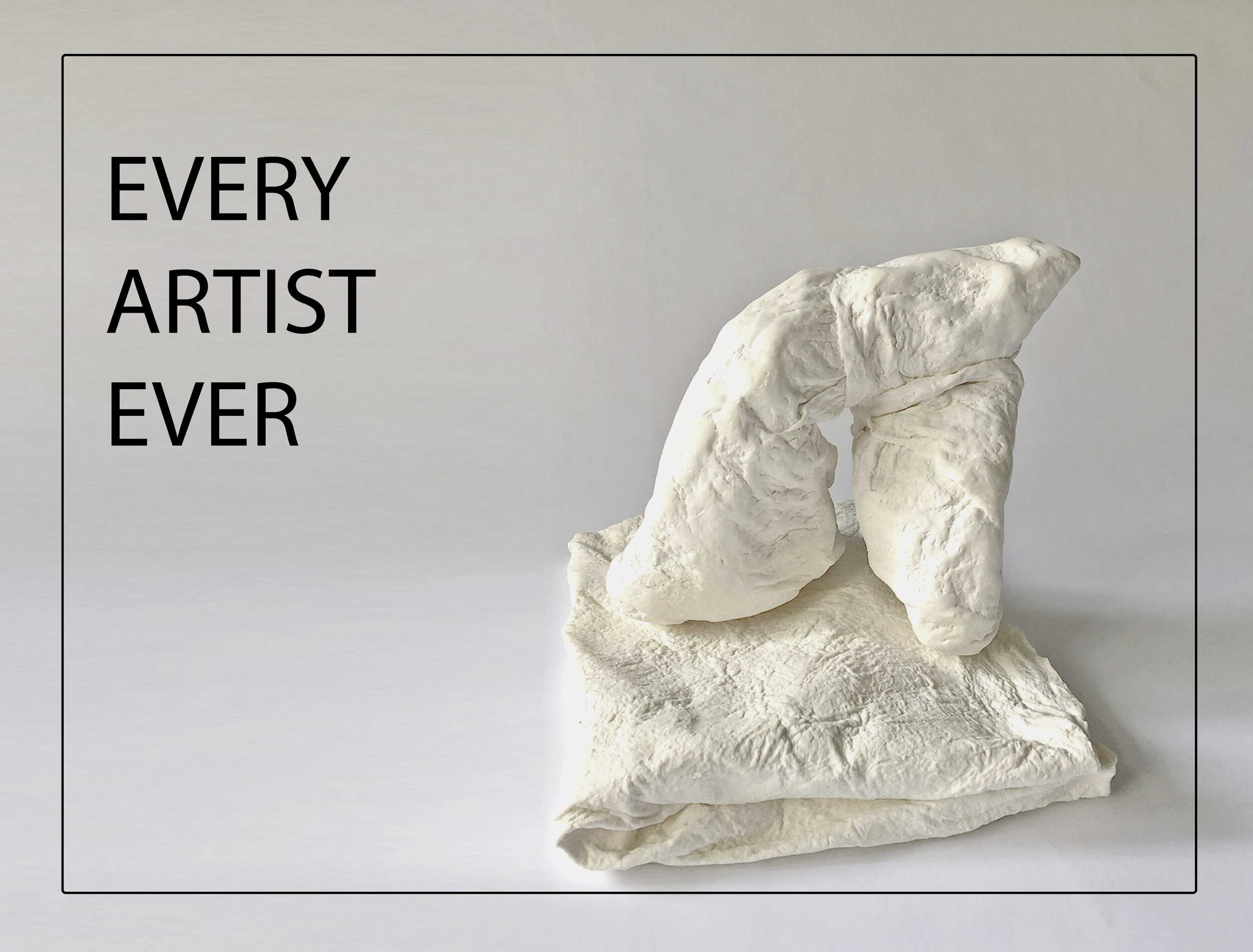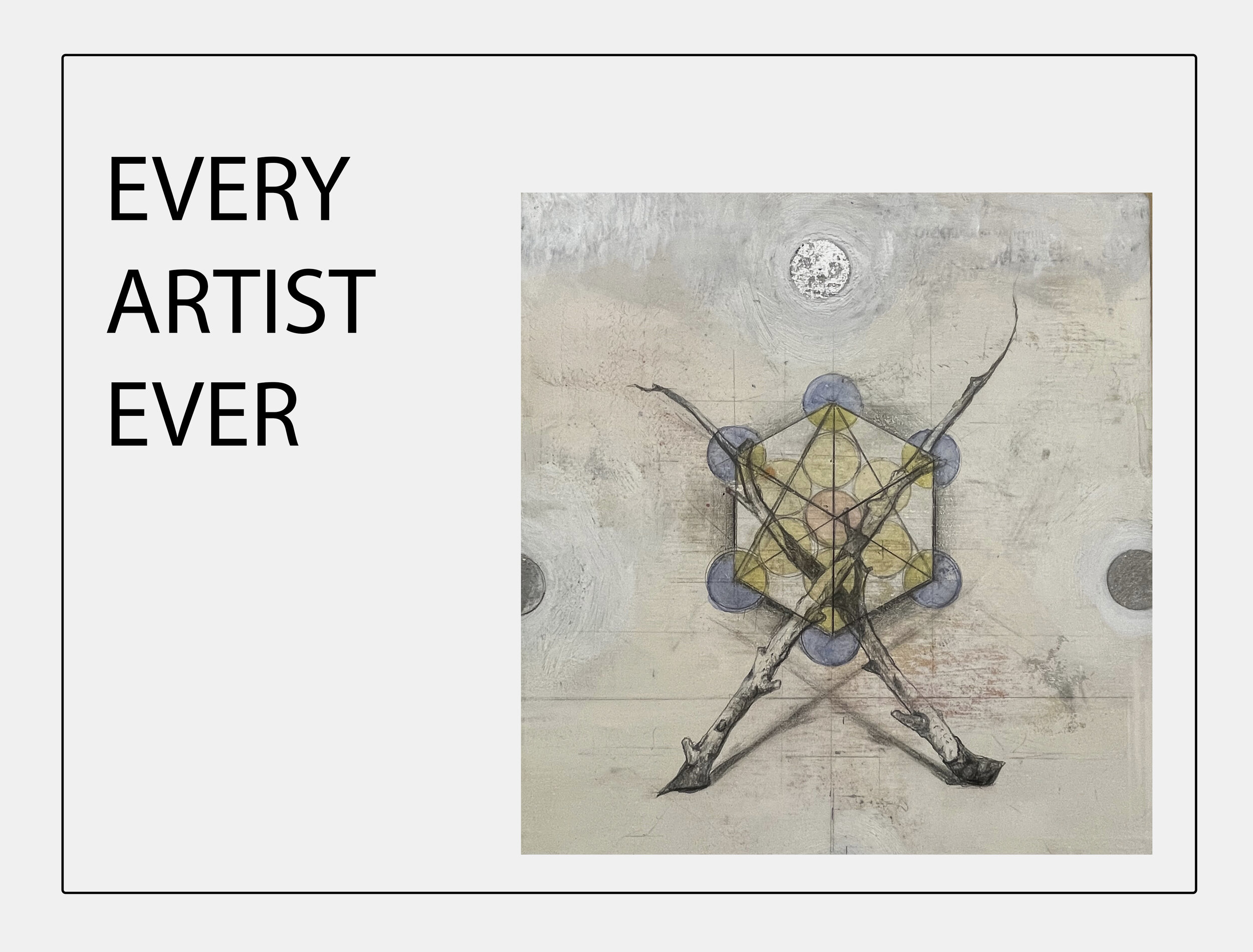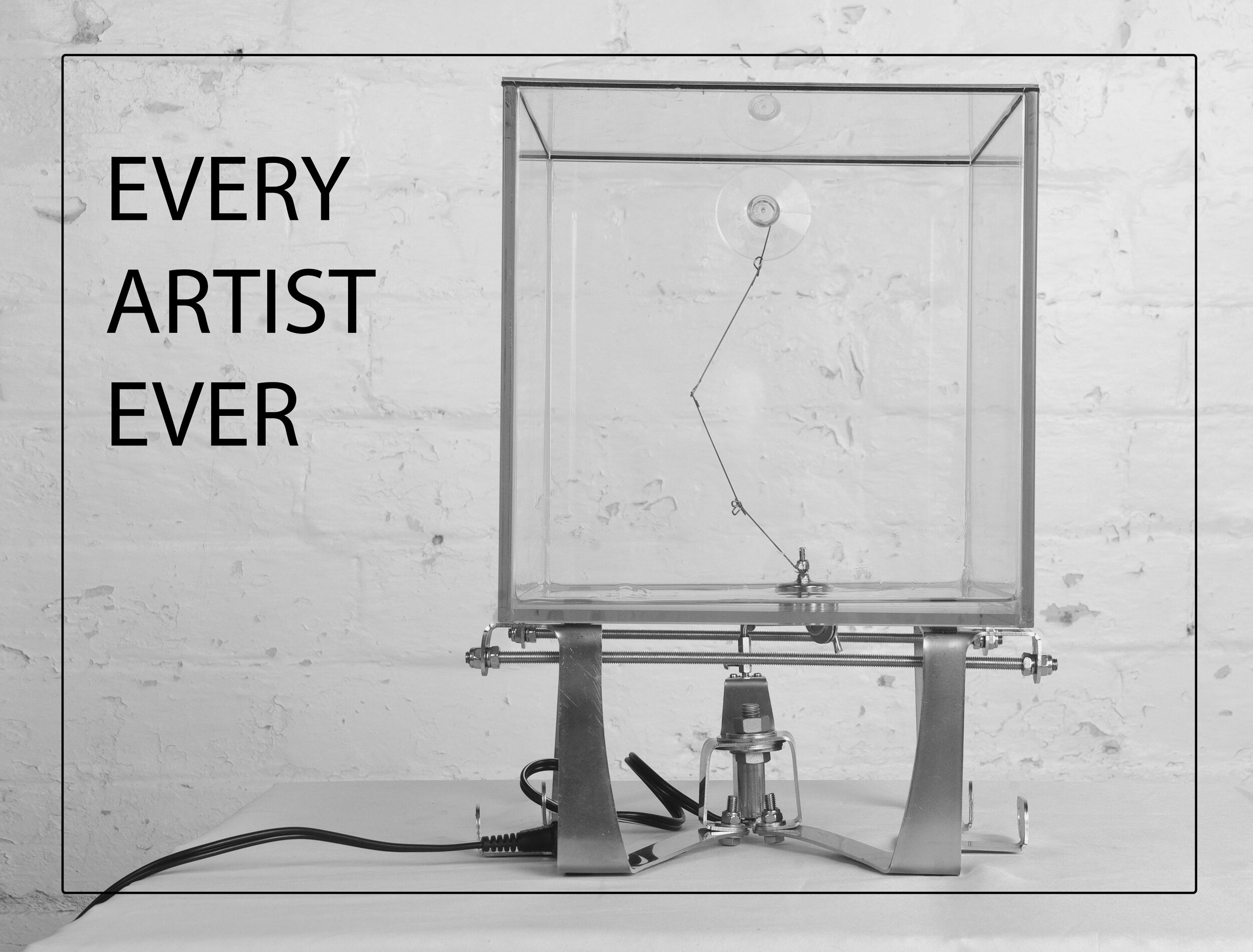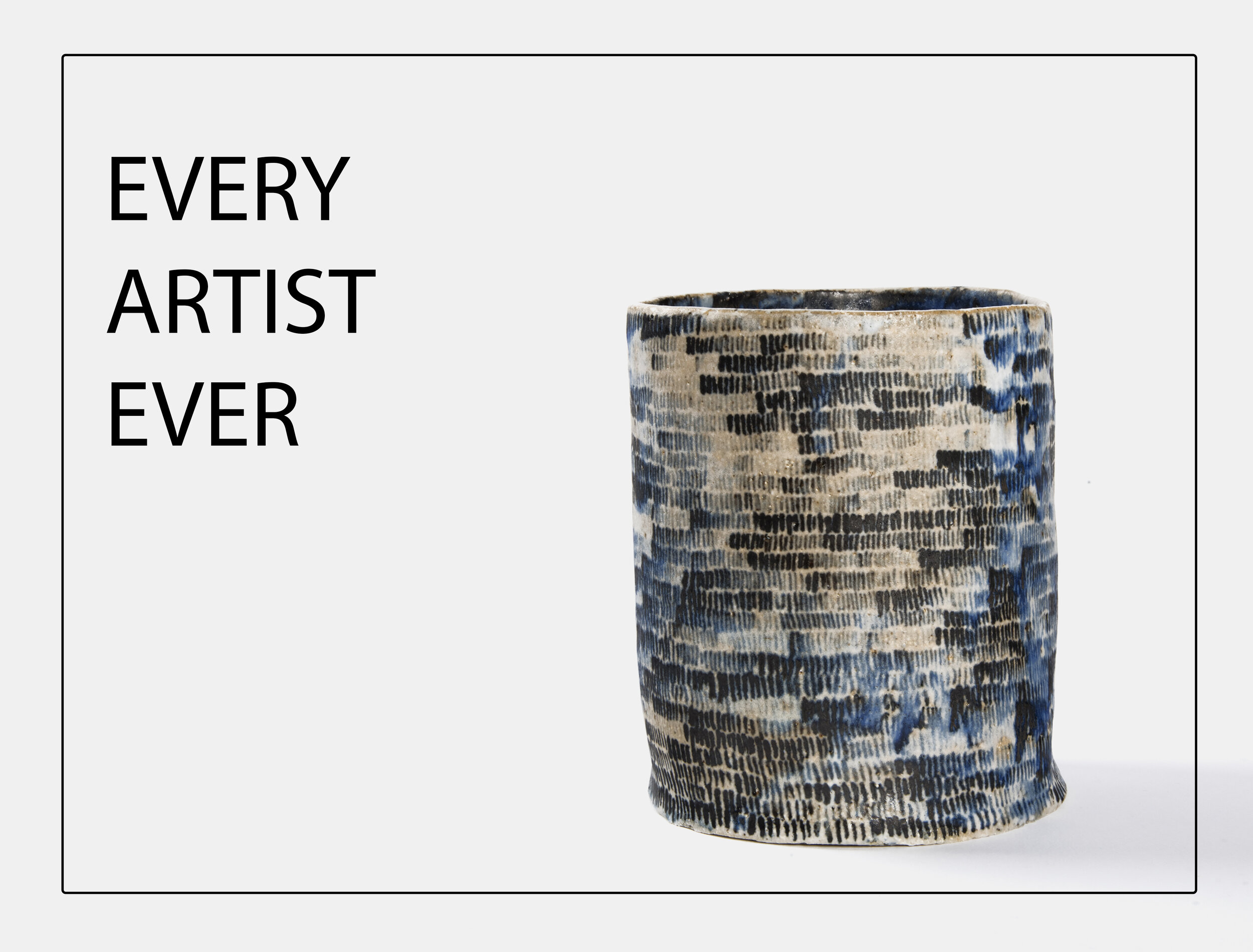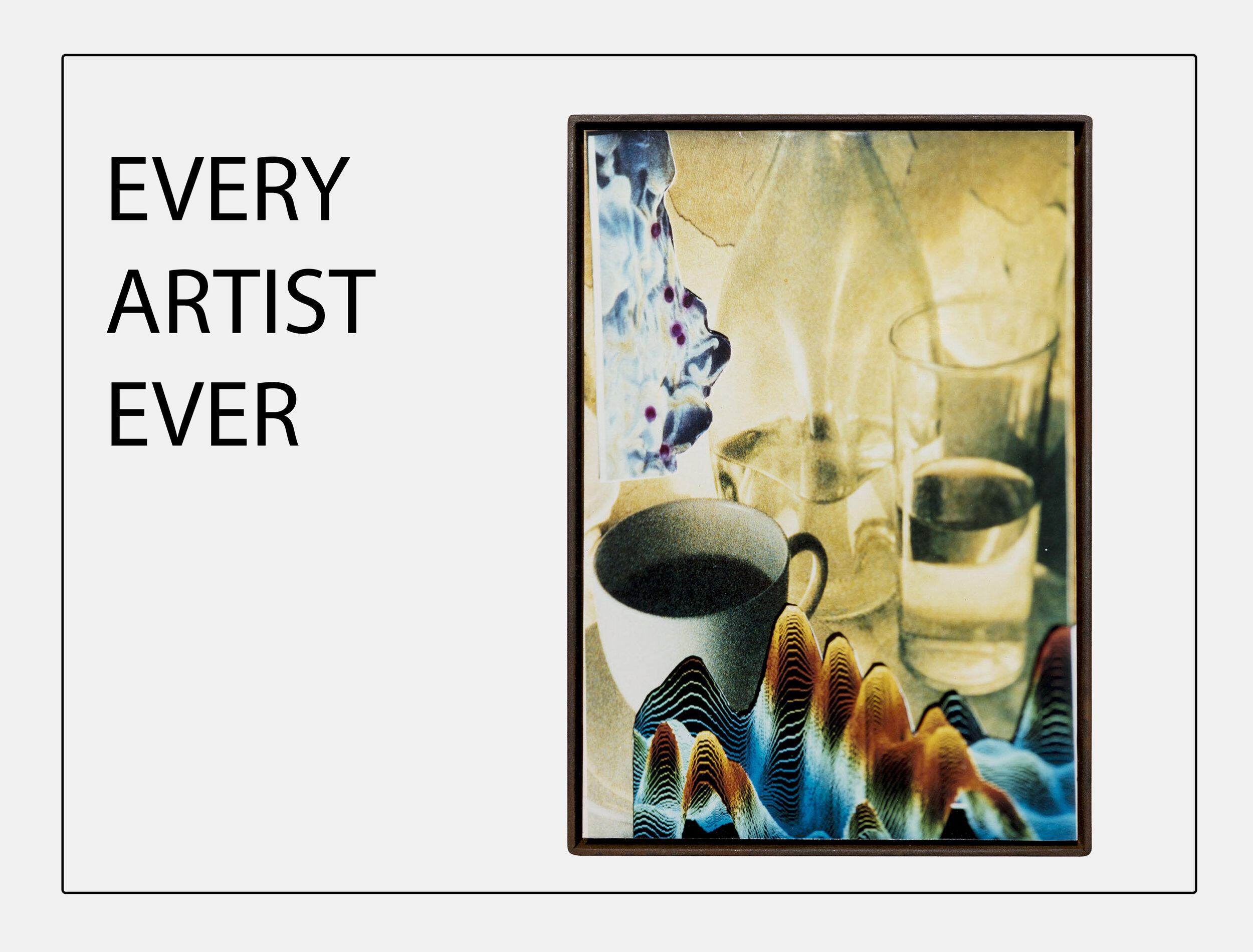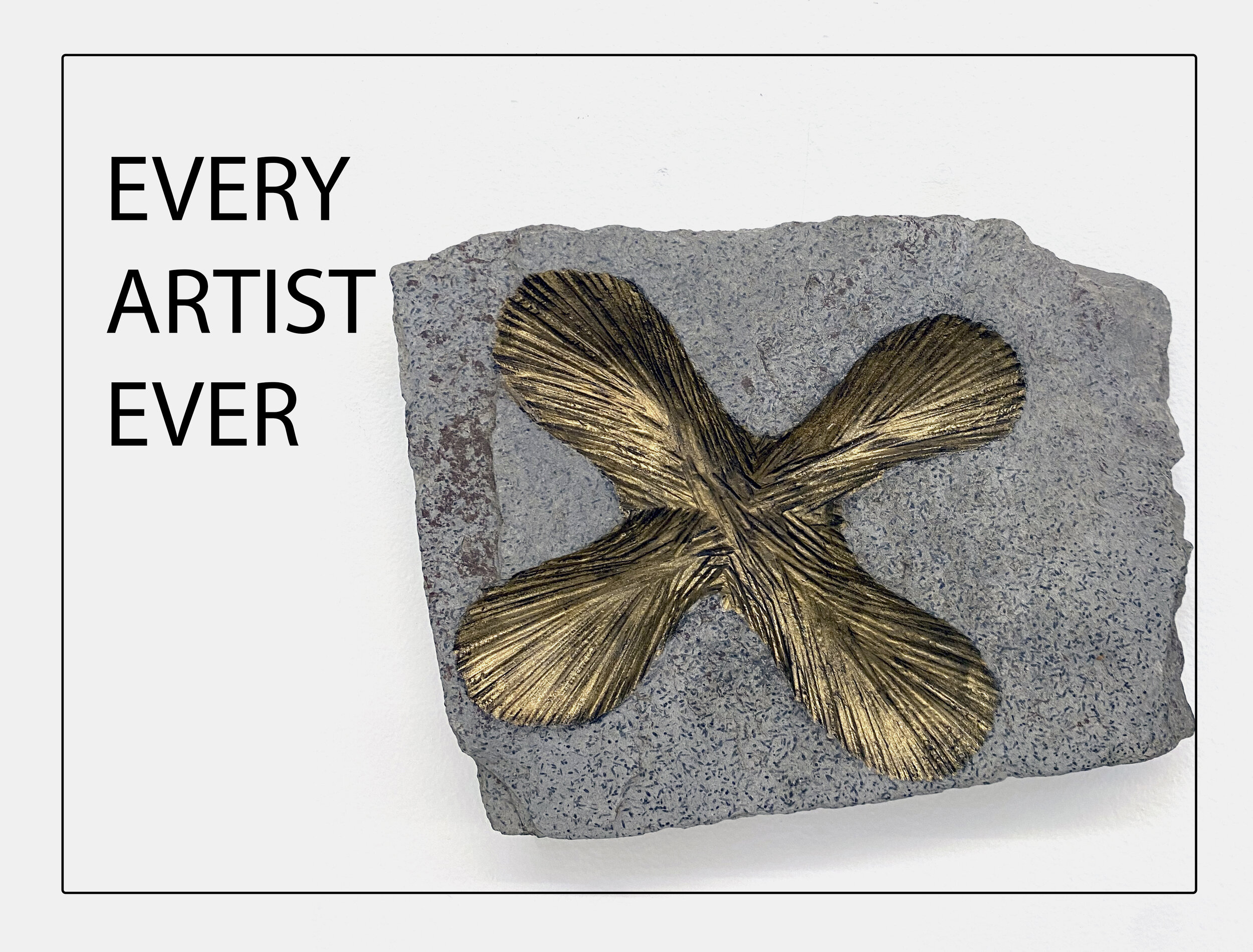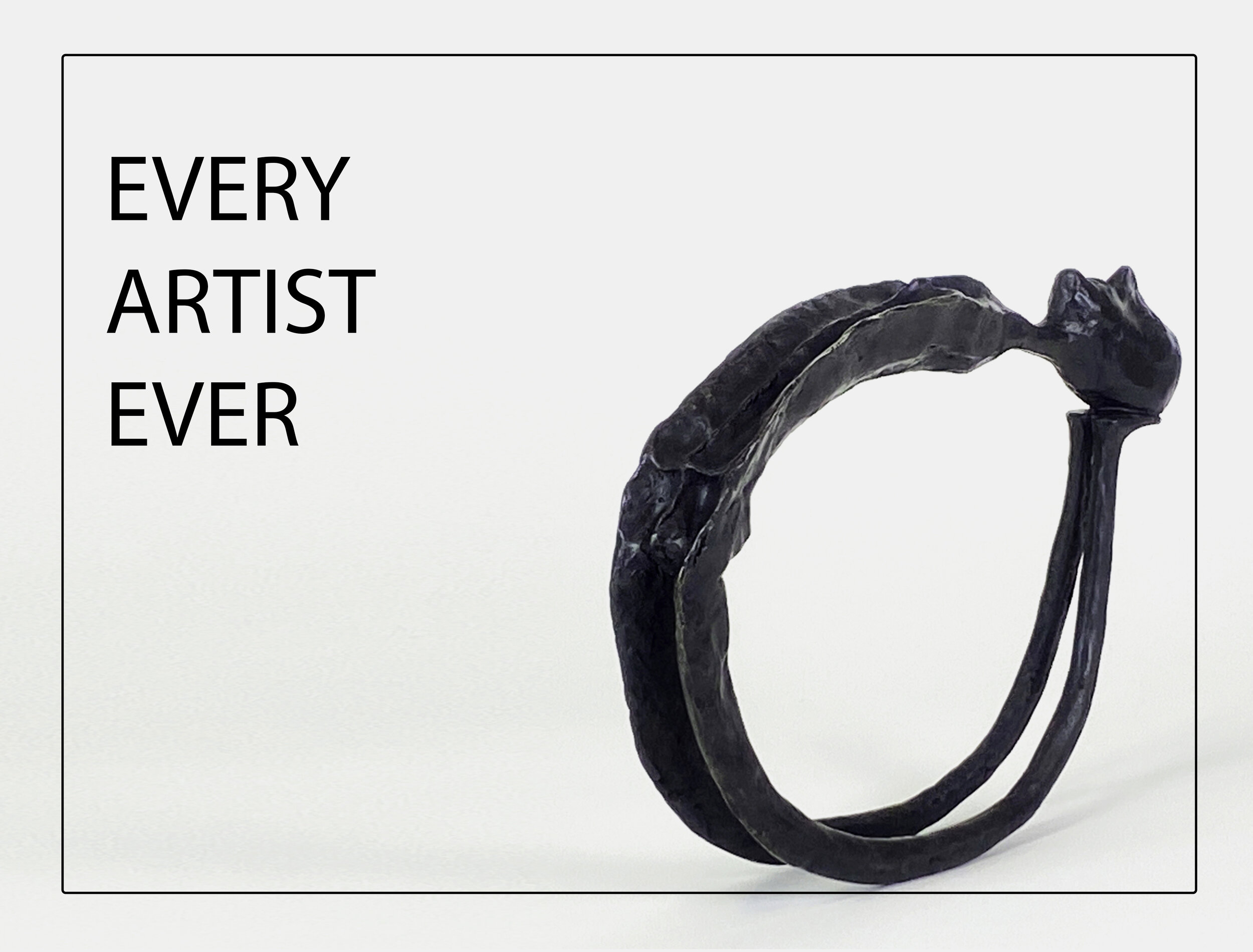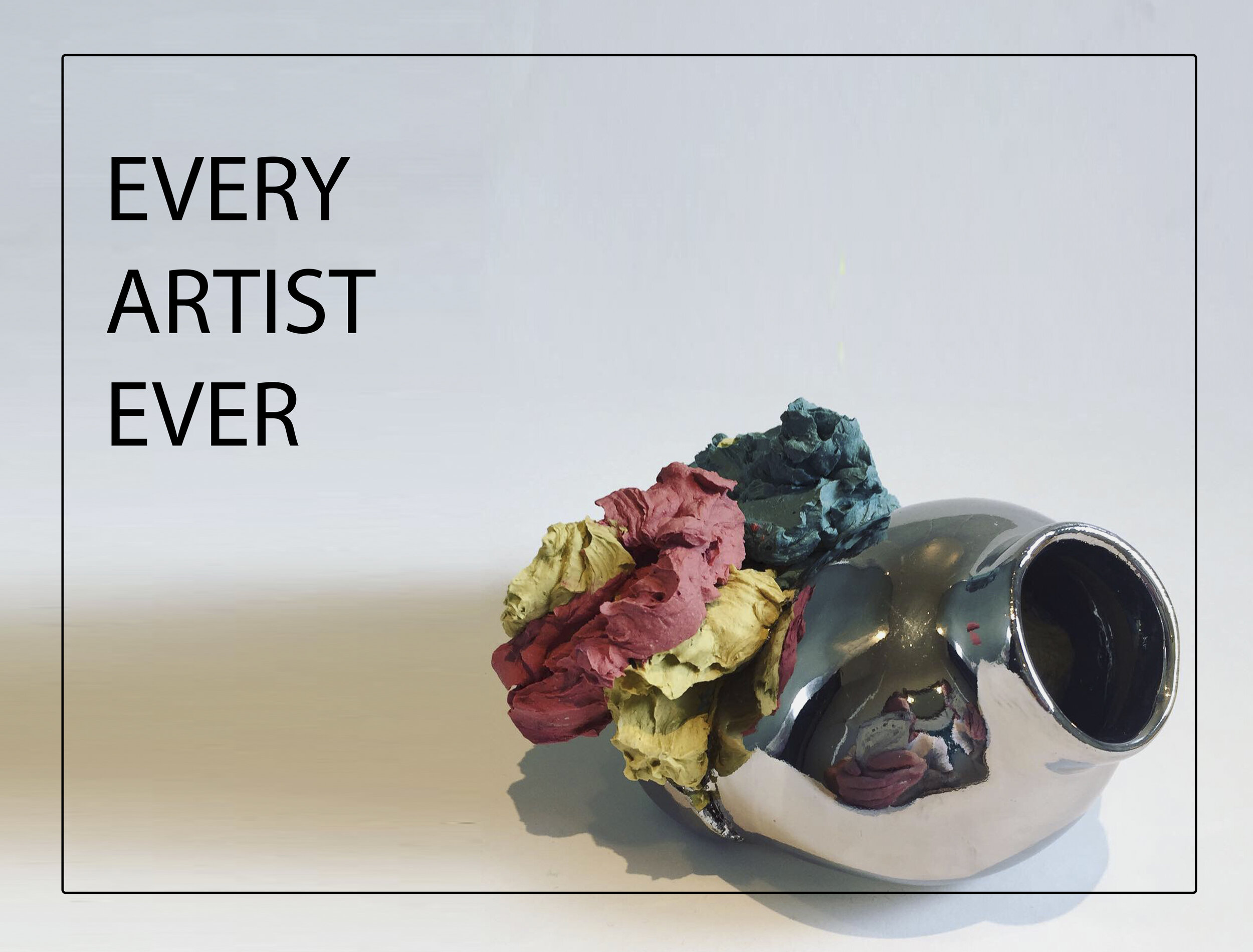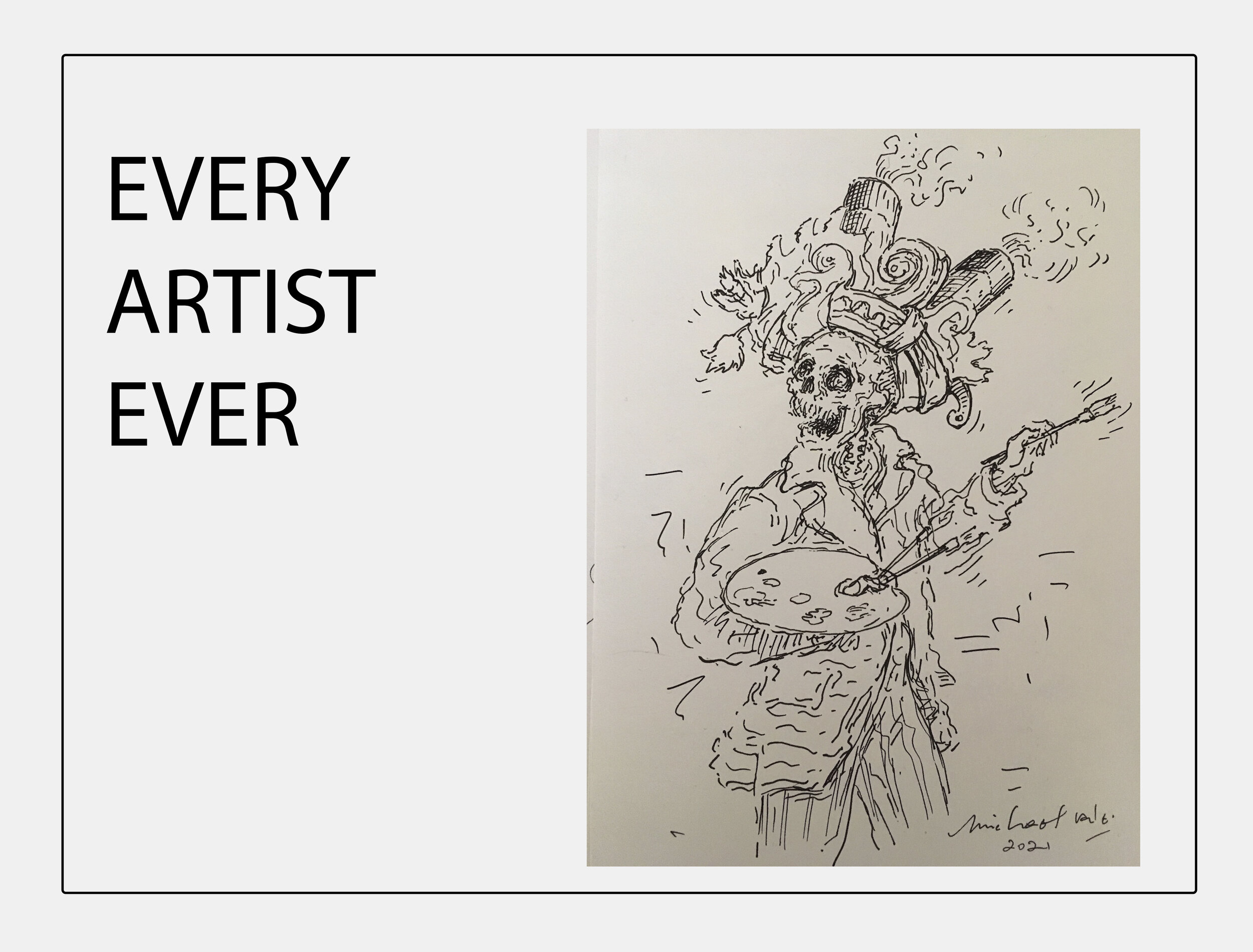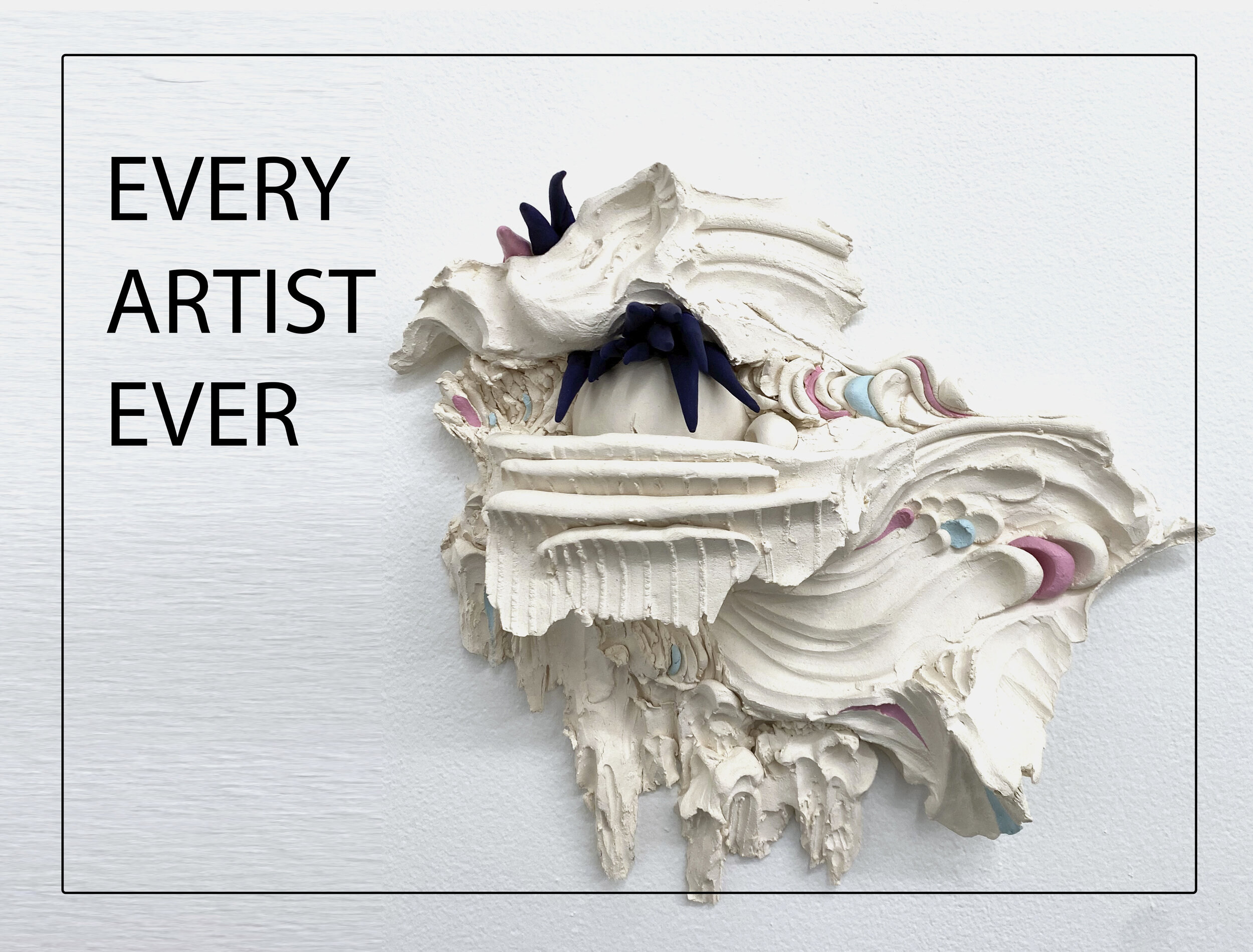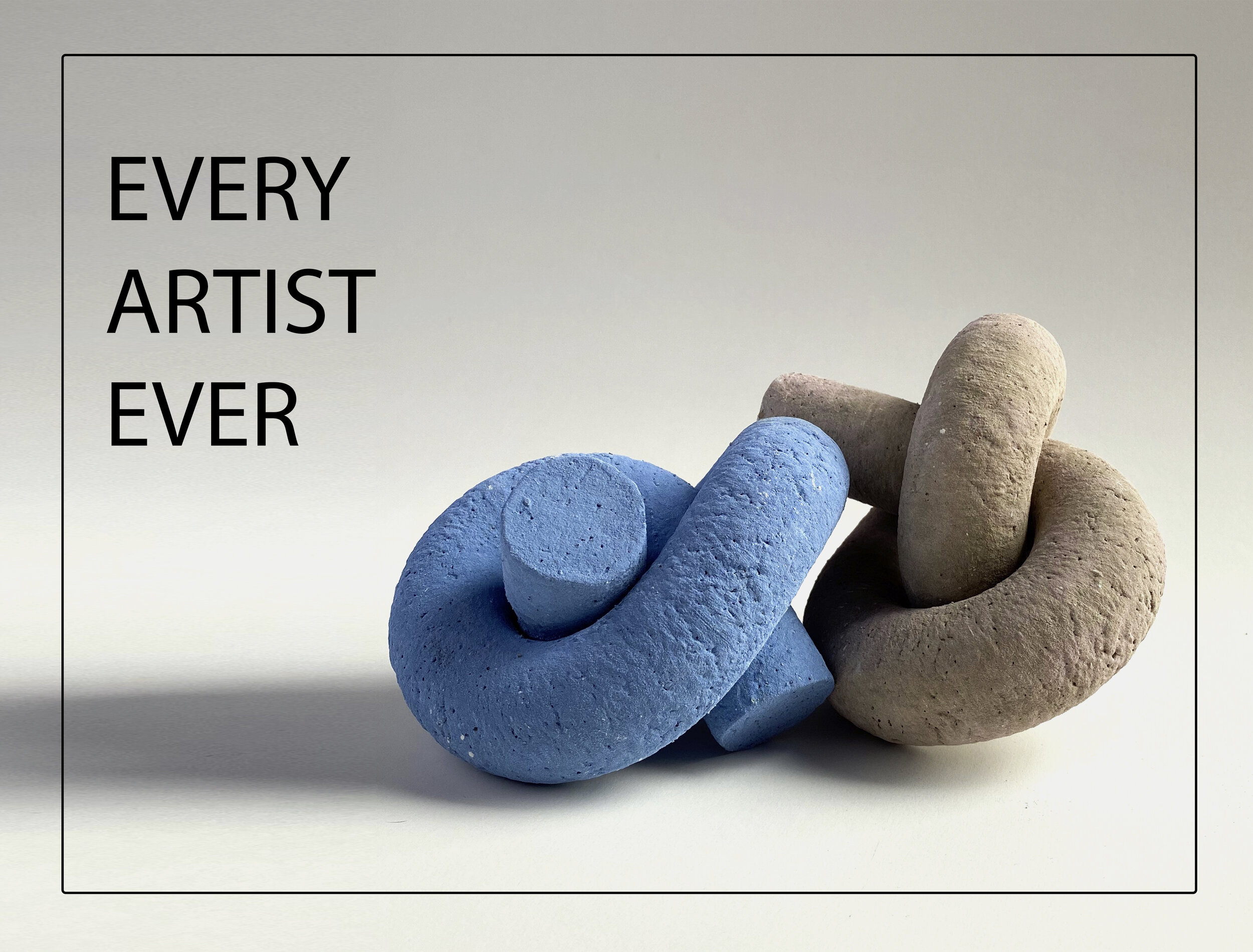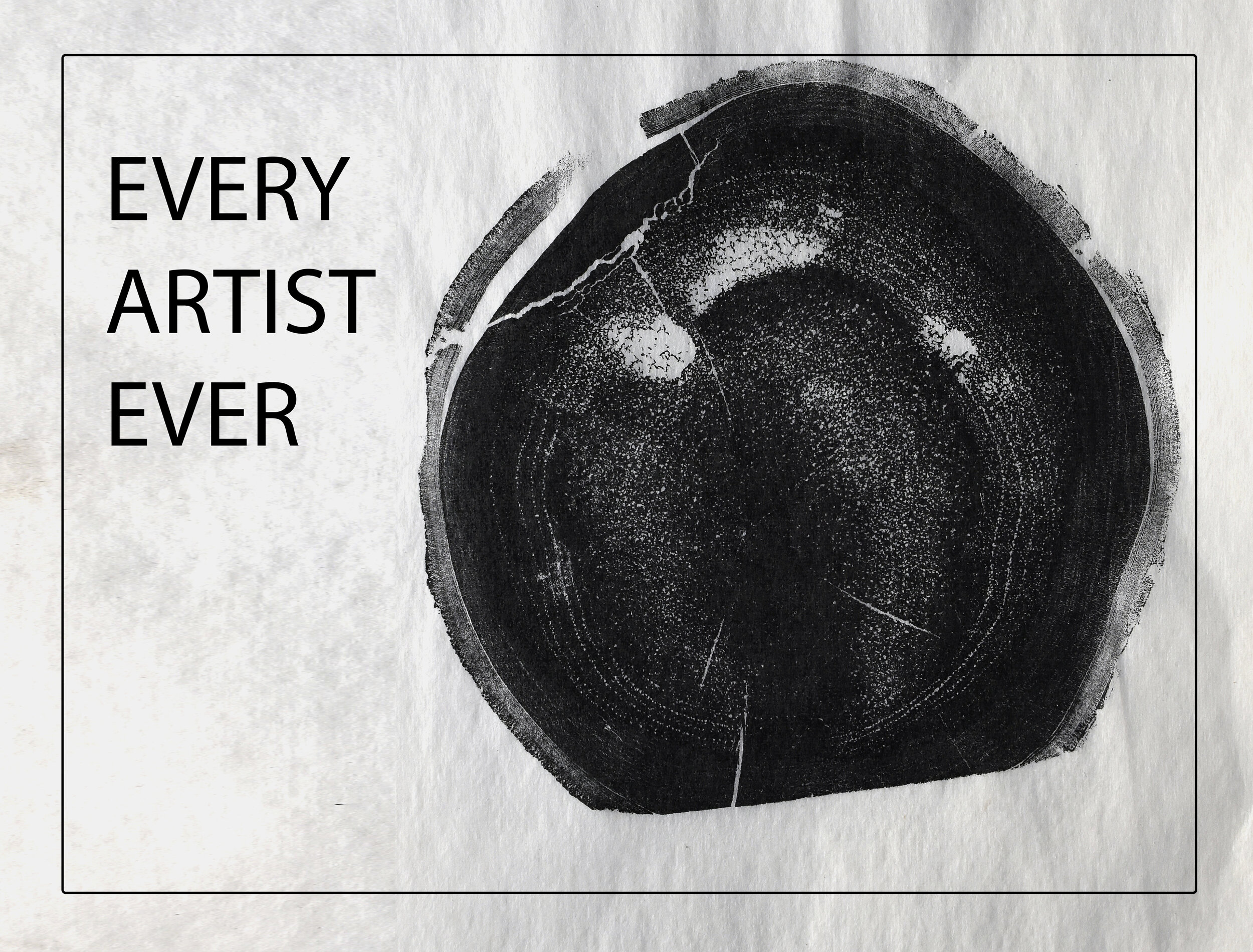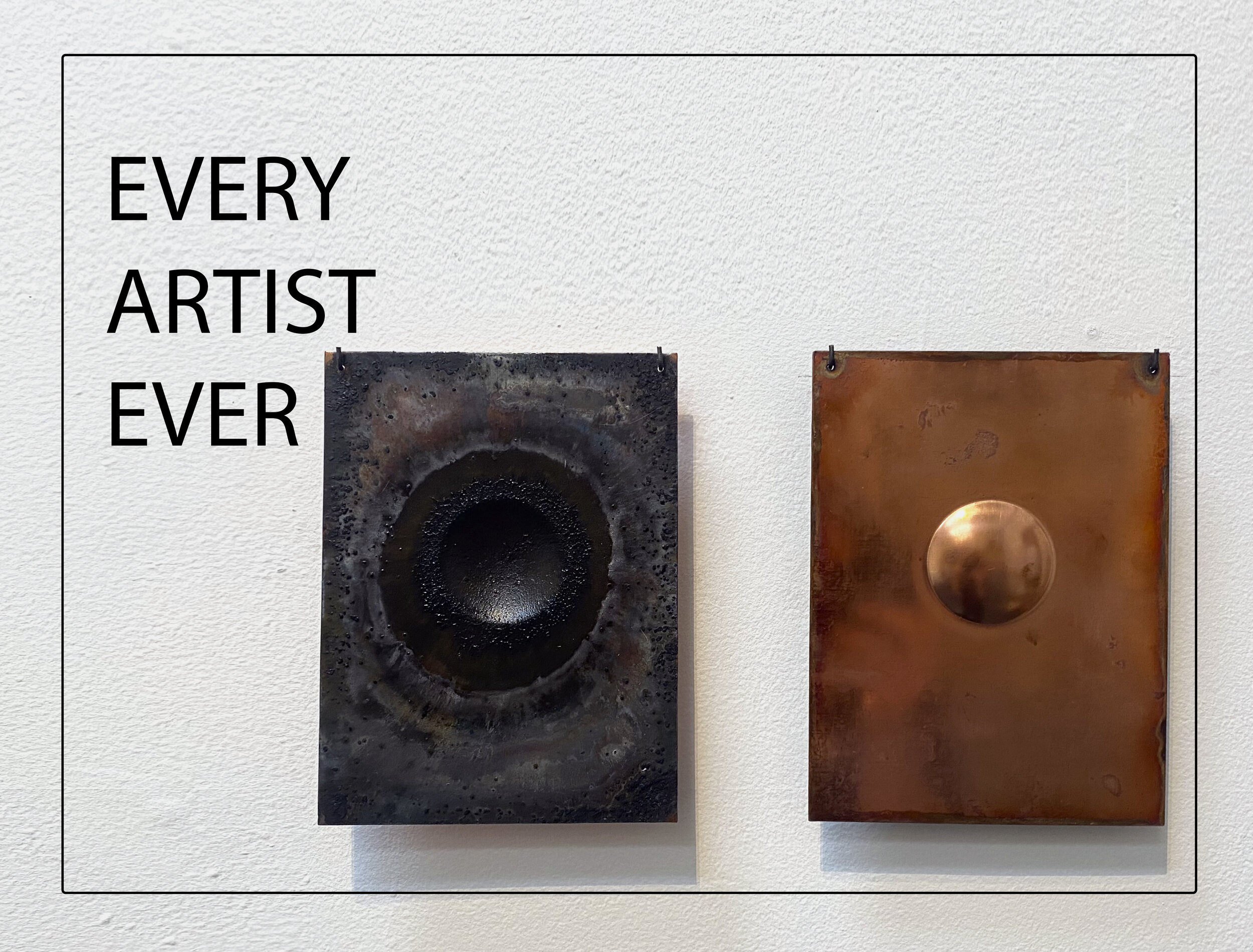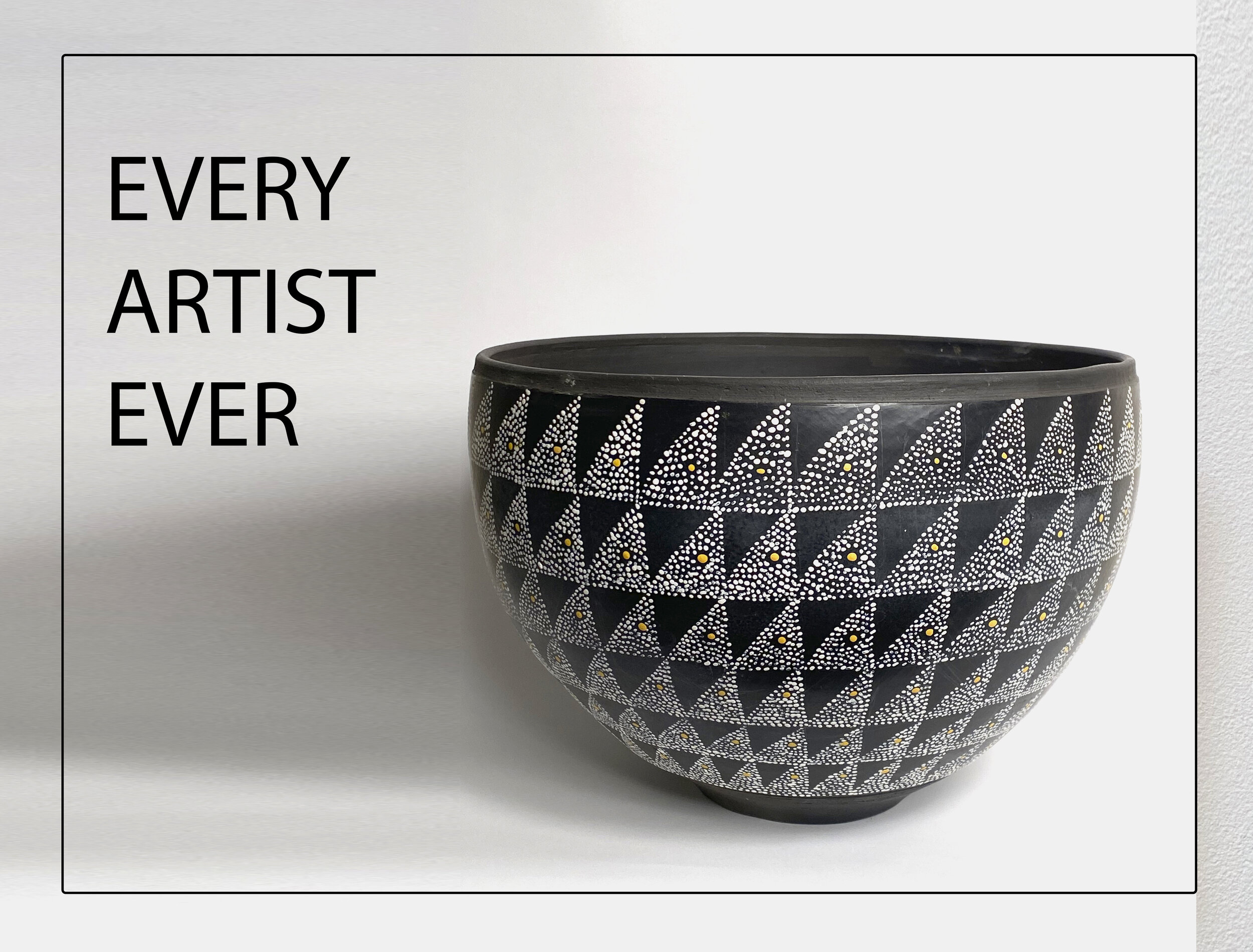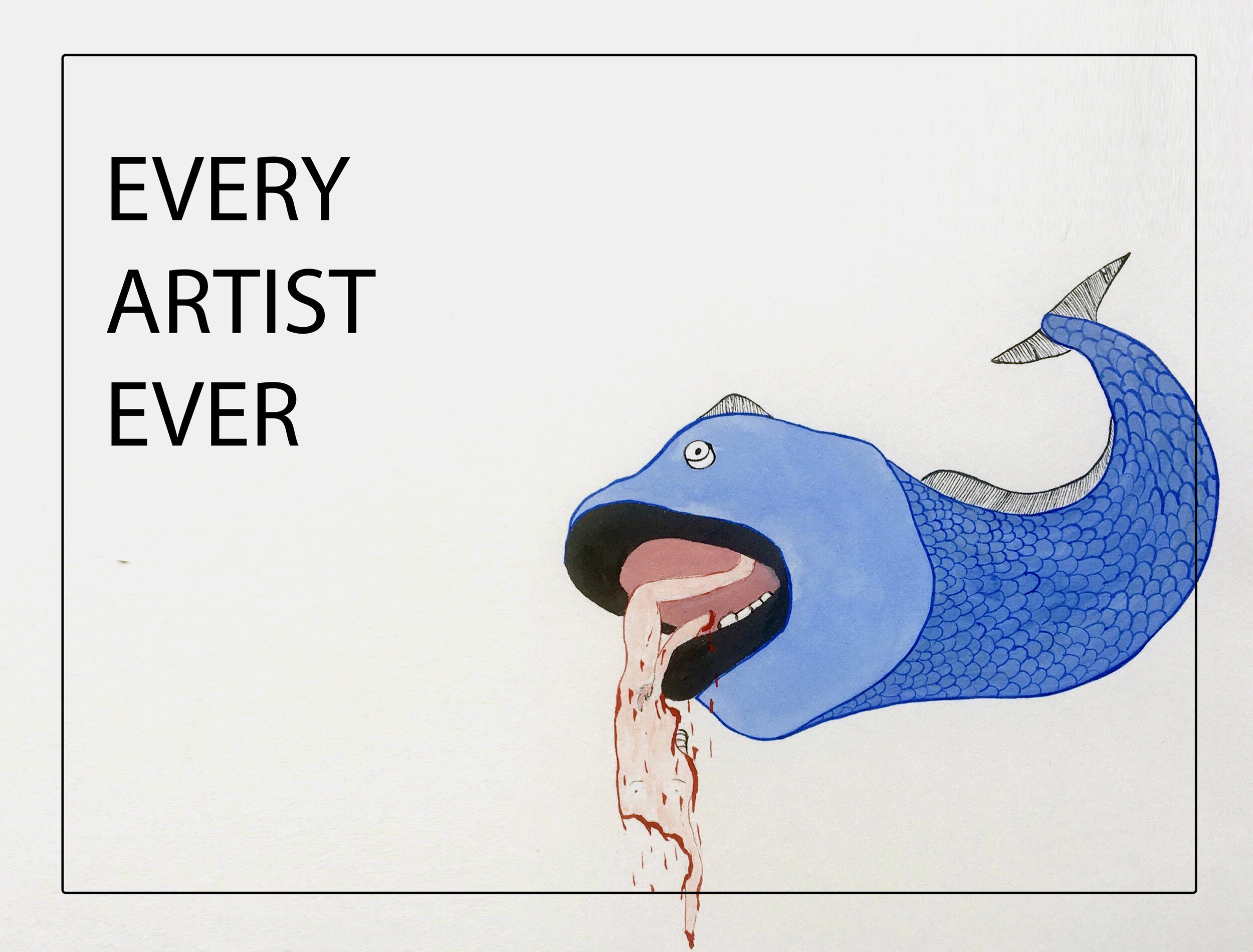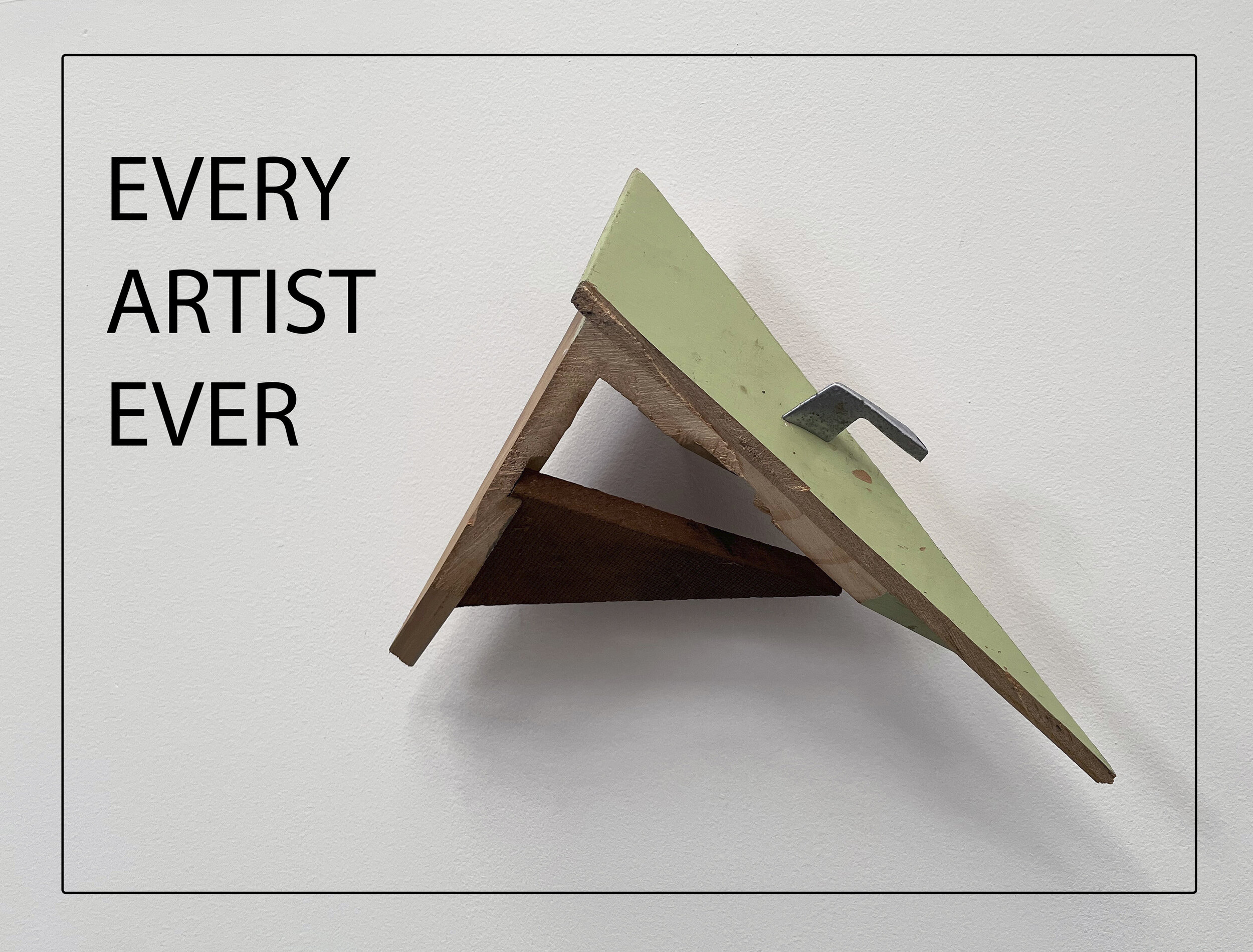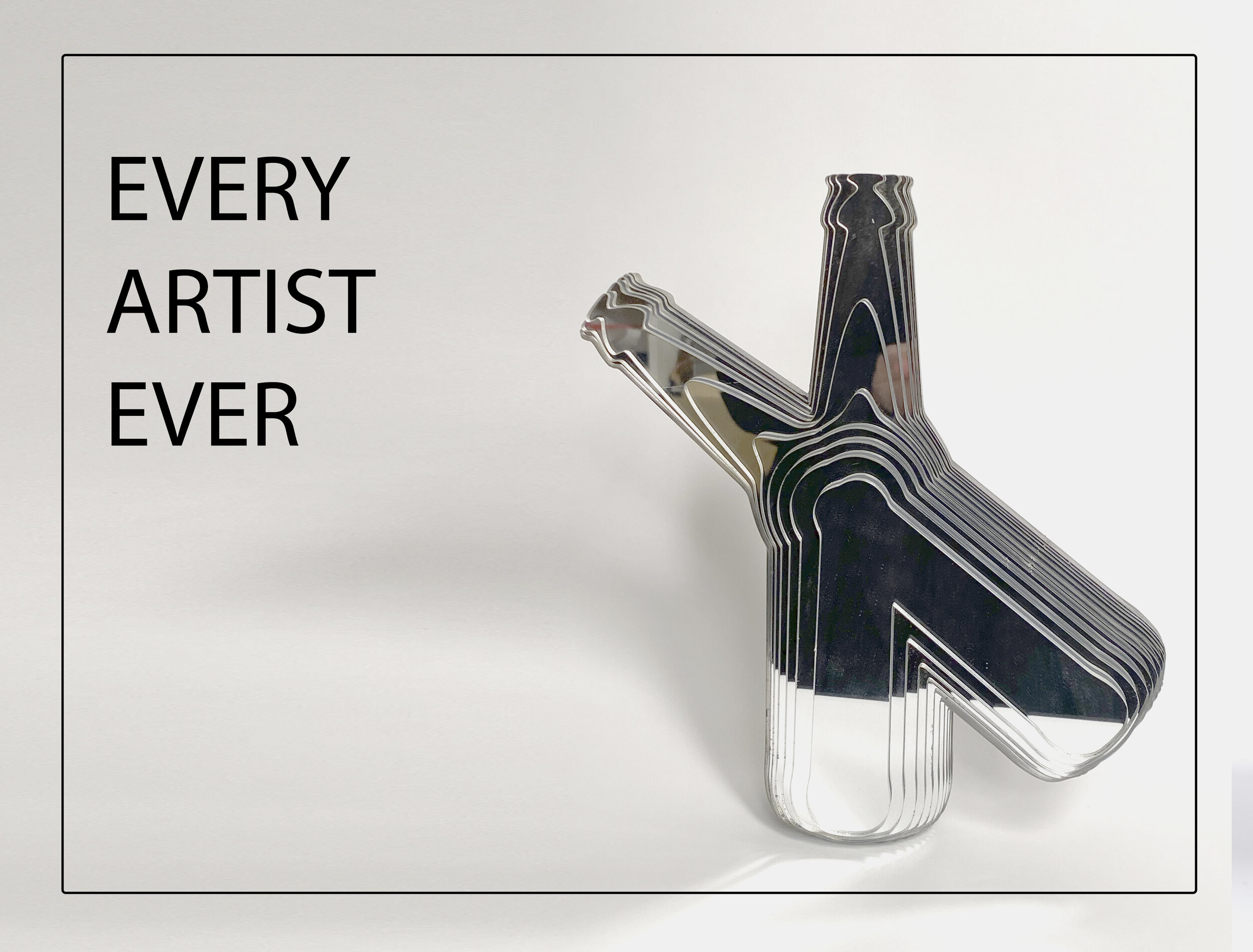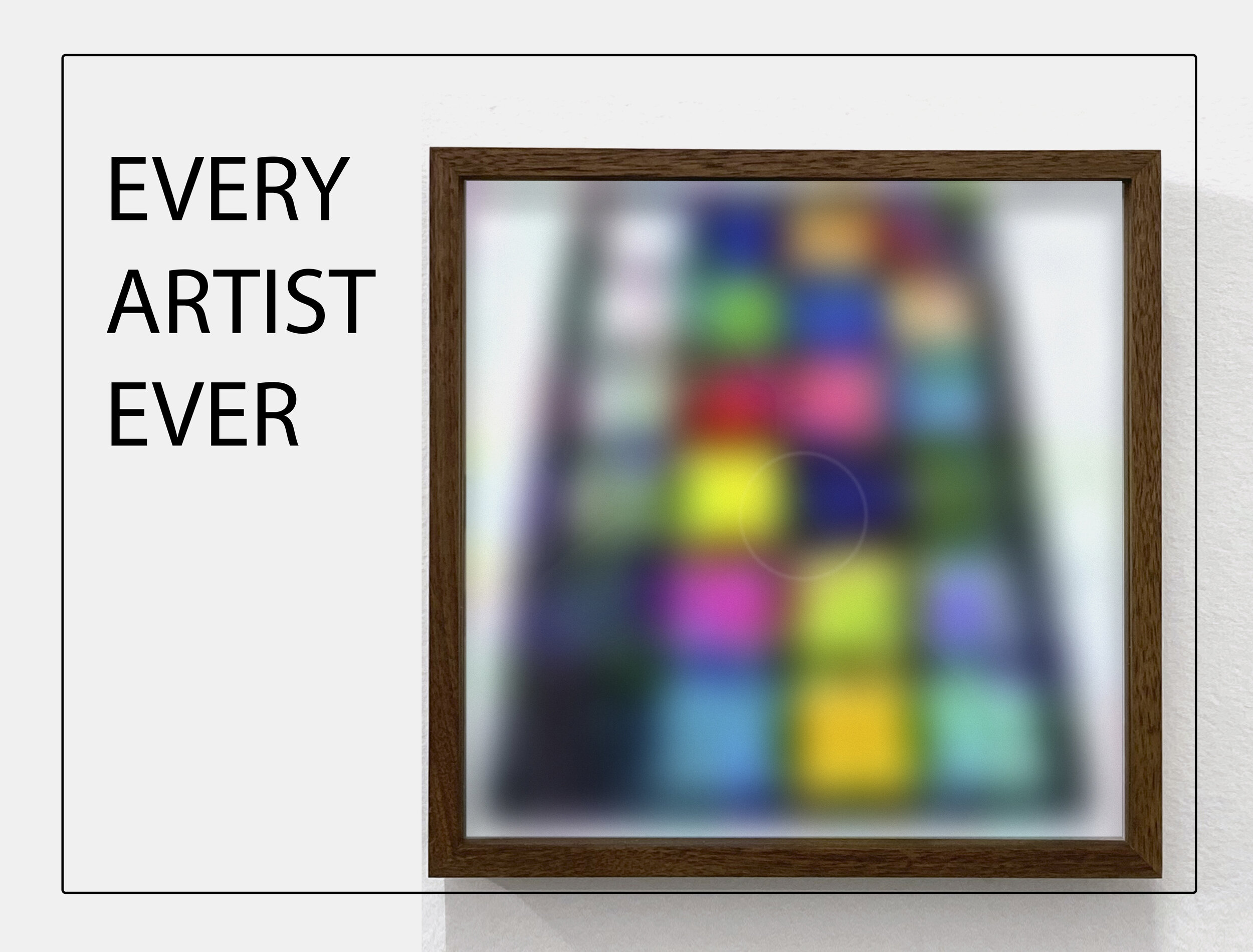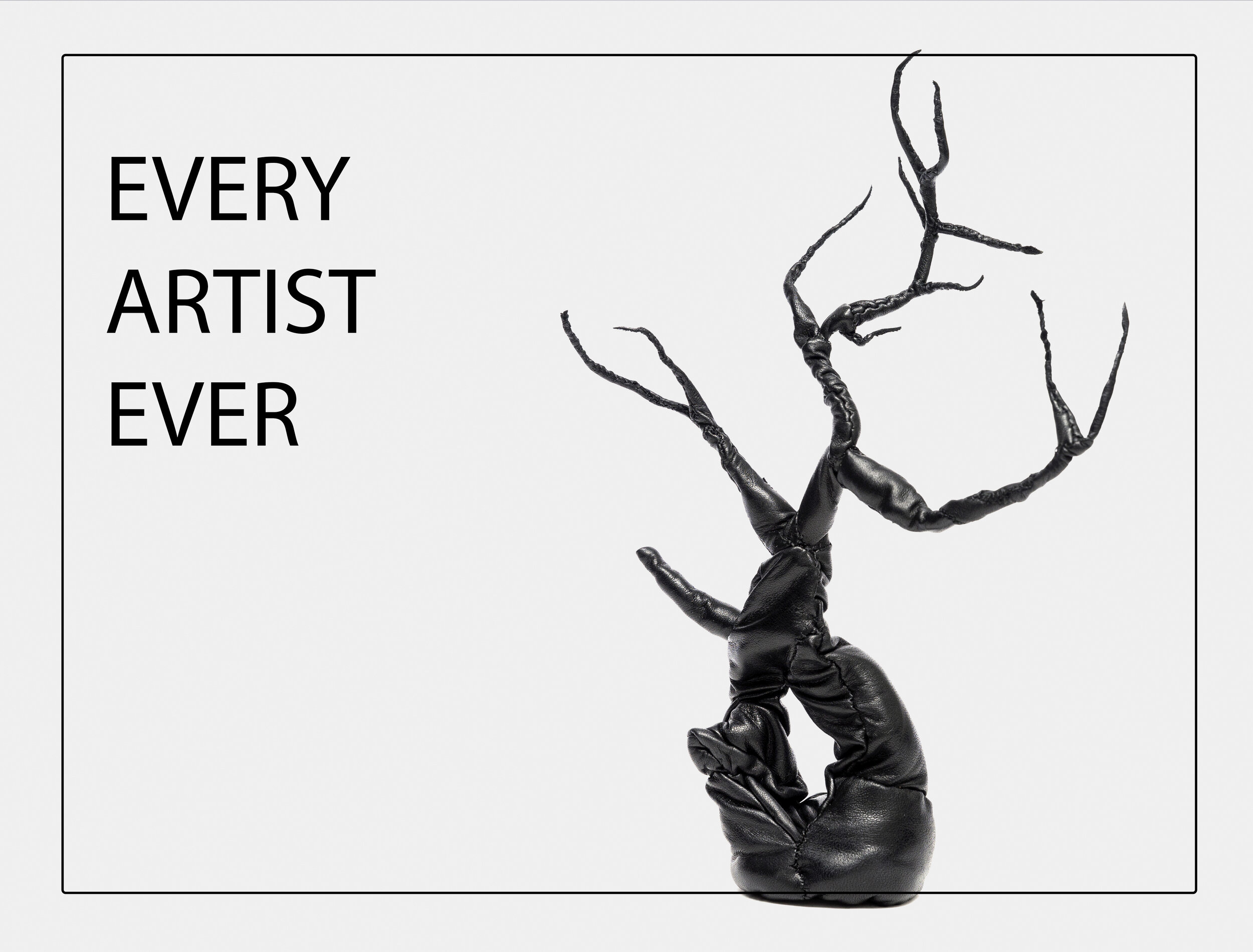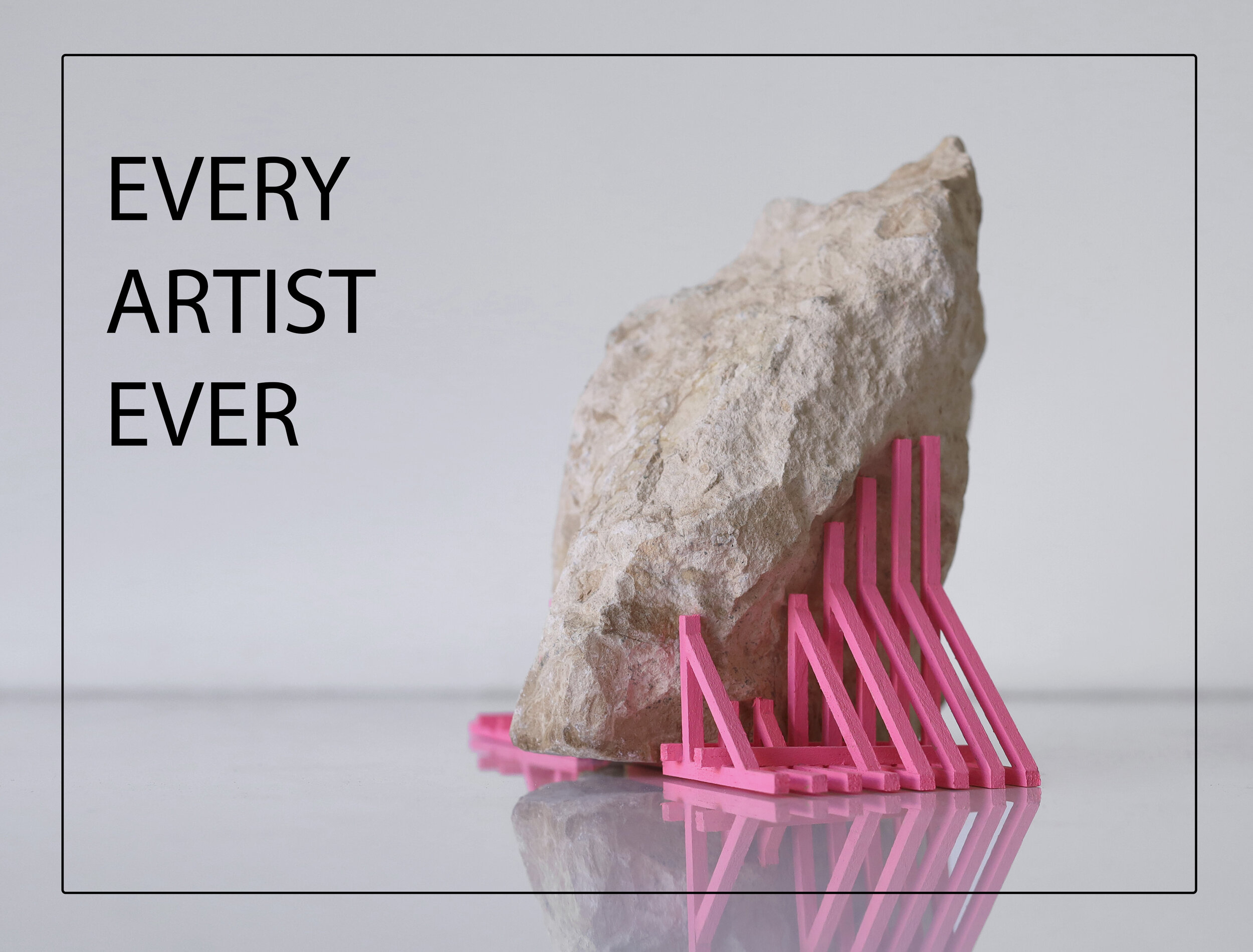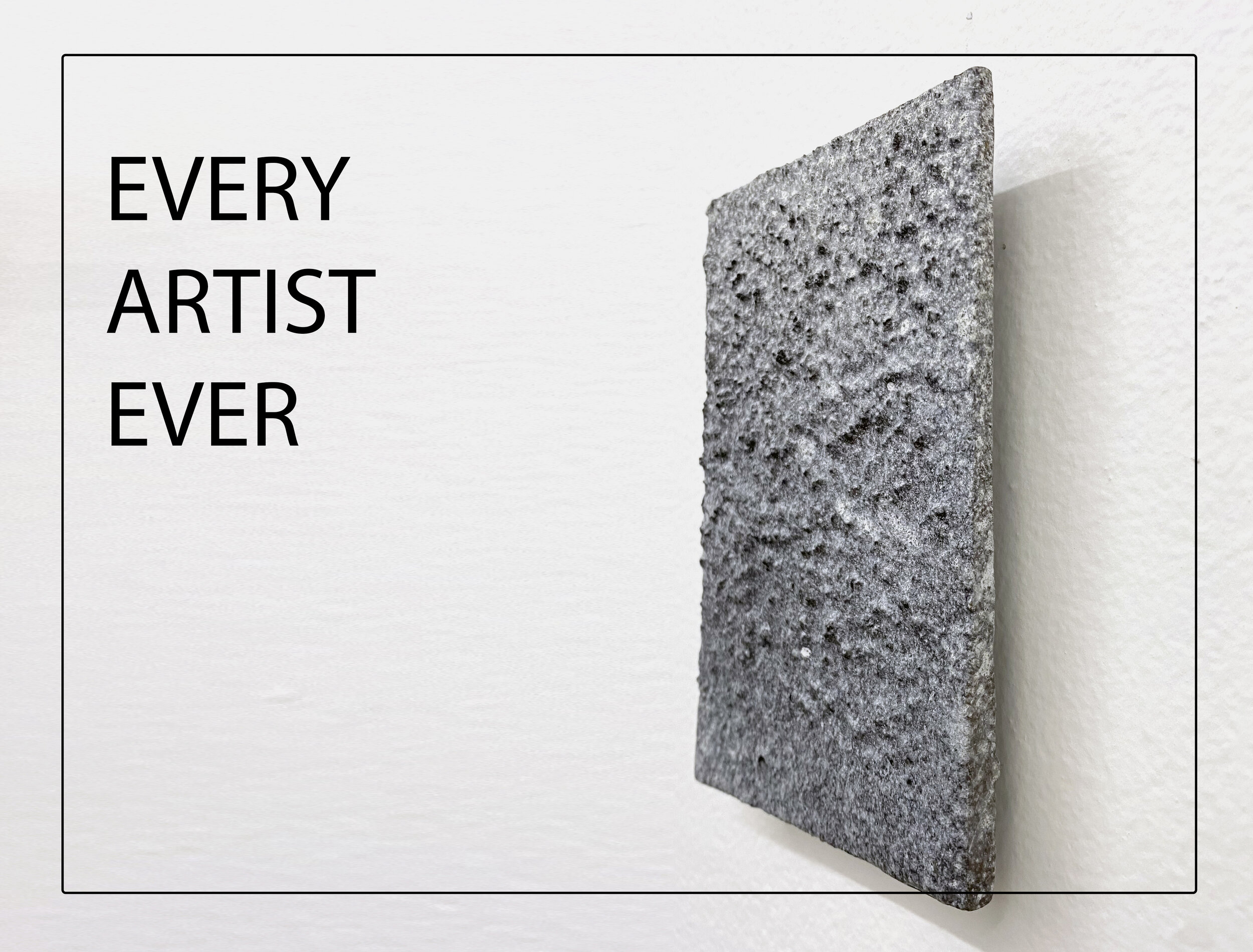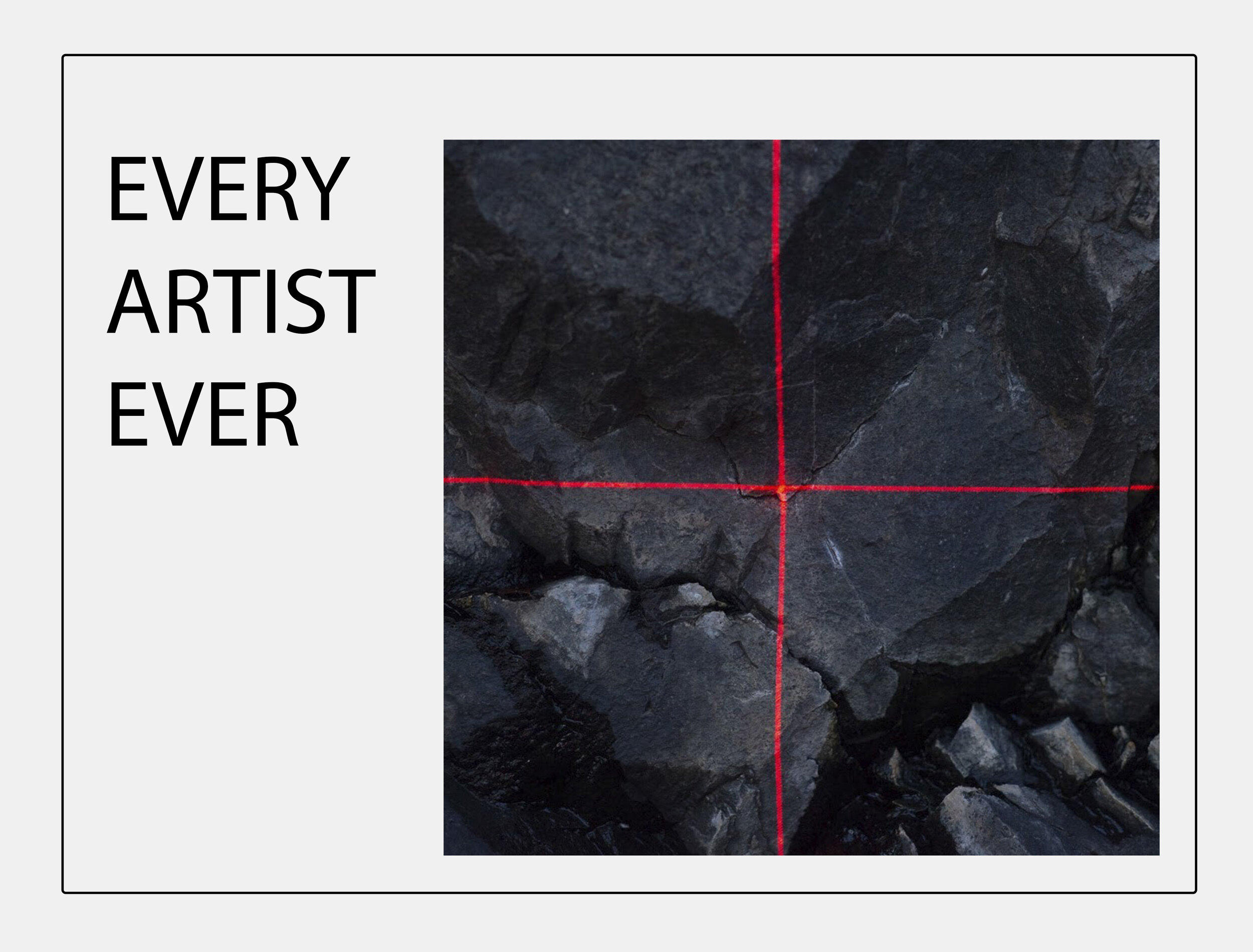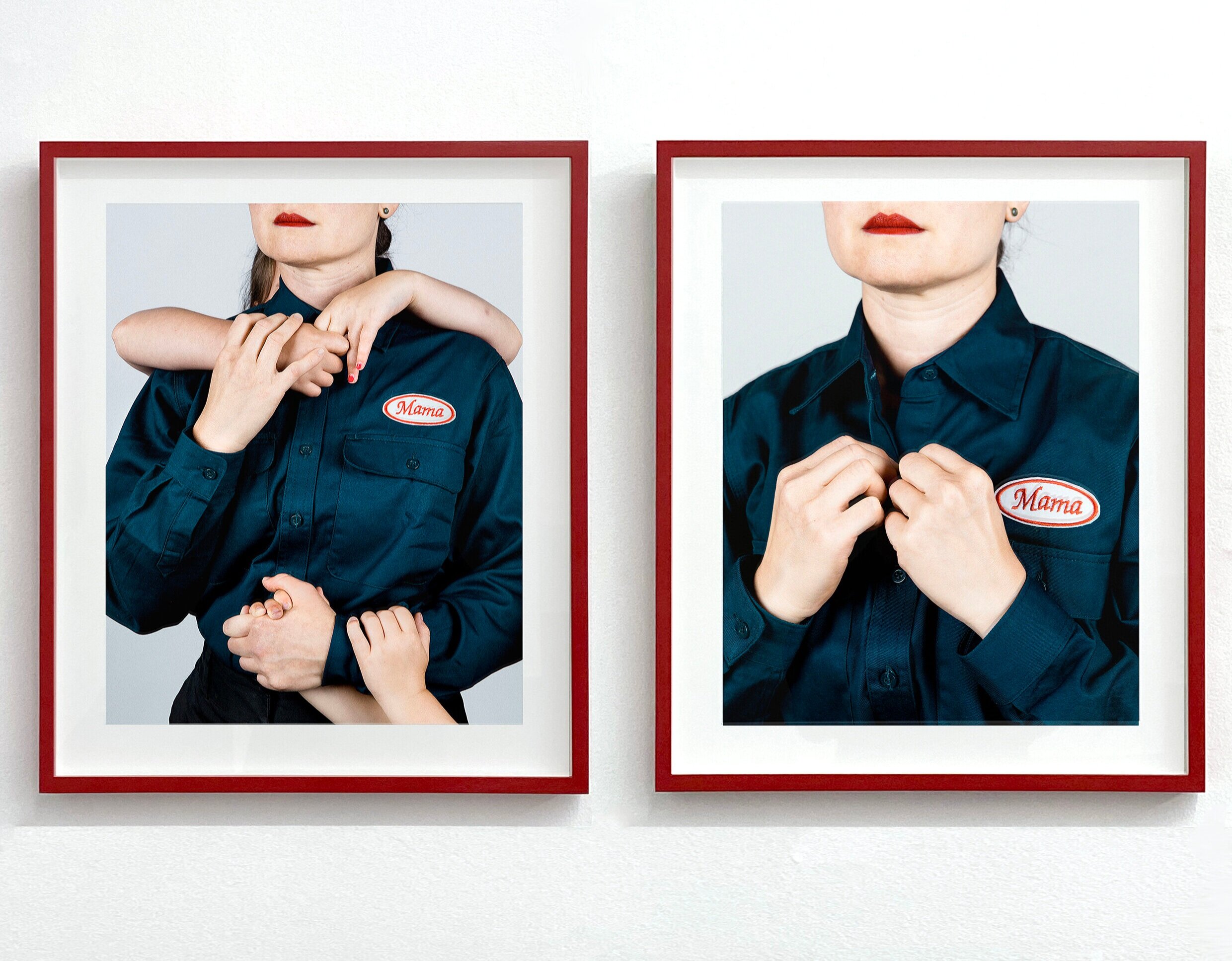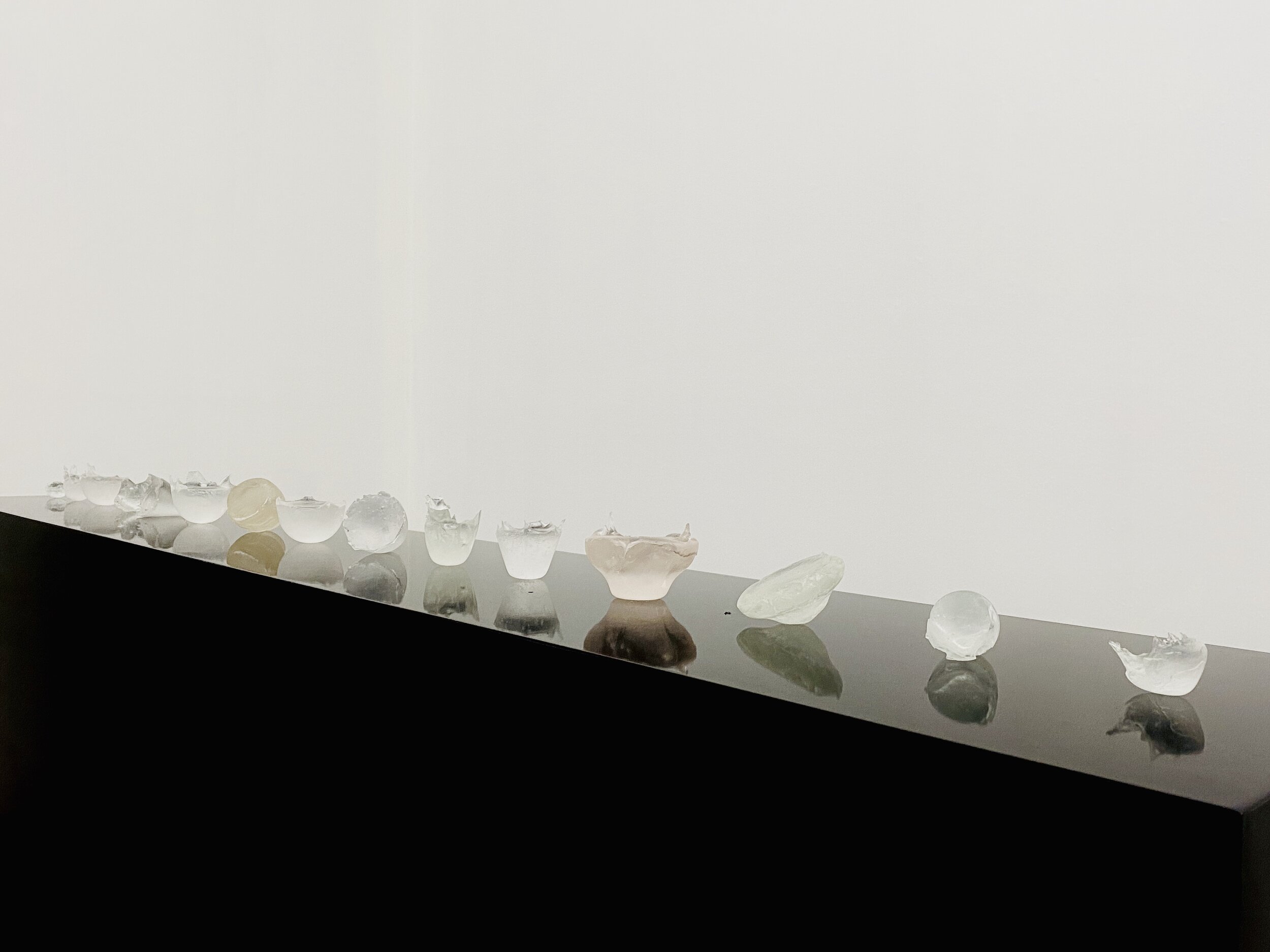PAST EXHIBITIONS . 2021/2022
03 DECEMBER / 22 JANUARY
gallery two
RHETT D’COSTA
Veiled Pleasures
The exhibition, Veiled Pleasures, draws inspiration from engagement with diverse cultures, rejoicing in the ways in which light, space, atmosphere, and colour can build situated narratives.
The paintings explore architectural space, colour, and forms by referring to my lived and visual experiences of Moghul and Rajput painting and architecture during many trips to India. Using the garden as a point of departure, the paintings consider the richness and complexities of palace and court life, particularly the veiled pleasures and sensuality alluded to in Indian miniature paintings and Moghul architecture which so often utilises screens and passageways to delineate and connect private and public spaces and social interactions and engagements.
Drawing on the colour, complex spatial compositions, multiple narratives, and architecture in Indian miniature paintings as a source of reference, the paintings utilise a range of tropes as a way for the viewer to move through the exhibition space formally and conceptually. Forms and narratives build and dissolve across the multiple perspectives, planes and panels. Colour and tonality coalesce as a way of connecting space. Composition and multiple vantage points work in opposition to this, bringing about a sense of disorientation and fragmentation. This seemingly paradoxical position ultimately produces a position of indeterminacy. It is this very atmosphere that the paintings attempt to cultivate; a tension created through this situated position which can potentially translate across time and space to more contemporary social, spatial, and temporal experiences and contexts.
13 AUGUST / 18 SEPTEMBER
gallery one
MARK RODDA
Meander Glade
Mark Rodda’s recent exhibitions have featured a strange dialogue between his figurative and abstract works. At times these two forms converge, threatening to become a single entity. In other times, such as in Meander Glade, they seem poles apart. Mander Glade shows little overlap between the figurative and non-representational work featured, it’s as if they were painted by two different artists. The artist could surely simplify things if he decided to abandon one or the other, but, as if choosing between children, Mark Rodda would not dream of prioritising one over the other. If this was an exercise in logic there might be a problem, luckily an art exhibition is a safe place where logic is not a prerequisite.
Our world and the lives of humans can be messy, contradictory and often a bit uncouth. I’m comfortable to have my exhibitions share some of these elements.
Mark Rodda is stylistically restless. He is continuously searching for a style, or styles, that balance improvisational flexibility, with results that hold up to scrutiny for (hopefully) decades or centuries.
Meander Glade has a lighter touch in its figurative work. There is more emphasis on a transparent sheen, with most underpainting clearly visible. This is balanced by the quite solid and hard-edged features of most of the non-representational images.
Through the exhibition the figurative paintings are mostly improvised, with the highs, lows, and unexpected detours that this can bring. The abstract works are in general more rigidly planned, with most of the creativity happening at the design stage. In these works the artist sees himself as creating more like a chef or scientist, where much of the artistic satisfaction occurs when the painting emerges from the ‘imaginary/metaphorical’ studio oven.
13 AUGUST / 18 SEPTEMBER
gallery two
PIP RYAN
Tongue-tied
Tongue-Tied is an exhibition that explores the strange space we now inhibit in a post-pandemic world. A space full of anxieties, awkward pauses, peculiarities and the absurdity of the fever dream that we have lived through over the last few years.
These works have been made throughout the duration of this strange time, where things flux between reality and a dreamscape. They reference observations and happenings of everyday life, oscillating between titillation and banality, using humour and abjection as a fix point.
These fleshy forms make reference to hybrid manifestations. Their vacant eyes follow you around the room, leering from the interior of their frame. There are moments of recognition of form, of something looking from the inside out, an absence of a presence perhaps?
The works are painstakingly painted and assembled with tiny brushes, exploring iterations of line, pattern, colour and repetition. The figures float in an internal void, layered with personal narrative and meaning, a disembodied space. The works explore the slippages between reality and fantasy, between a self-portrait and a self-possessed.
13 AUGUST / 18 SEPTEMBER
ceramic space
KIRSTEN PERRY
Room for growth
Vases don’t have to aspire to holding long stem red roses. Vases can hold little snippets from a morning walk, from a weed in the footpath, from a branch in your garden. The average day can hold subtle beauty in many forms. Little growths can be set aside in a special container to be viewed, admired, and elevated in status.
Kirsten Perry is interested in sculpture that can hold growth, and unexpected relationships. She enjoys the contrast between organic growth that slowly decays and the solid, sturdy grounding qualities of ceramics.
Perry’s vases are influenced by organic forms with elements of engineering and evidence of a shaky hand. Manipulating materials through the casting process then balancing form, volume, and space.
in gallery one
JEREMY BLINCOE & ELLIE CHALMERS-ROBINSON
Influx and Efflux
Influx and Efflux presents new works by Jeremy Blincoe and Ellie Chalmers-Robinson that embrace the endless transformative and processual nature of being. Blincoe’s morphing and sensuous sculptures give new-found form to its earthen material, while Chalmers-Robinson’s dynamic paintings reveal brooding abstract-landscapes. The inherent tactility in the works of both Blincoe and Chalmers-Robinson divulge the process of their making, and illuminate moments of transformation, revelation and discovery. This emphasis on observation, and embracing of transformation, underscores the importance of broadening one’s perception to better appreciate the sublime and infinitesimal world that surrounds us.
in gallery two
REBECCA SELLECK
some kind of bliss
How do we stop being human? I want to know what exists beyond the limits of my perception.
A long way from home, I slip away from routine. The plants are the same, but different. The rocks jut with unfamiliar strata and insects make homes in strange symbiosis. There are moments that feel like bliss, walking through special places, losing myself in things I find. Leaves, bark, seedpods, blossoms, strange growths on plants, rocks, shells and sticks. Each one is more than an object, its touch an exploration of biological and geological histories stretching back further than I can fathom and their surfaces layered with intricate ecological interactions. Each object opens a networked history through time in that space that I can try to understand, but that’s ultimately beyond my comprehension. When I hold each one against my chest, it feels like that beautiful complexity becomes part of me.
I want to share that: that moment of bliss. To express their value I’ve taken the ordinary and fleeting and made them golden. Now they speak human, but what’s been lost in translation? The moment has passed and the object a facsimile formed from surface indentations, with no atoms left of the original, becoming just a permanent reminder of the ephemeral. In trying to escape what feels human I ultimately do things that are so human.
These pieces are portals into the beautiful complexities that exist all around us and a weighted reminder that we can’t escape being human. We are just our perceptions. But sometimes that can be beautiful anyway.
- Rebecca Selleck, 2022
in the ceramic space
CASSIE HANSEN
Sitting Vacant
Sitting Vacant is an exploration of architectural materiality and composition, inspired by the clay tablets of ancient Mesopotamia that were used to write stories, poetry and fables, but also to record building plans. The ancient clay tablets allowed individuals to record who and what was significant.
In my series, the clay is left unglazed in order to emphasise the textures and graphic shapes, as well as reference the unfired nature of the ancient clay tablets. Building materials – tiles, wall cladding and hardware – are used to create the textures, bringing an added layer of architectural language to the pieces. The hand-carved shapes – an assemblage of quadrants, curves and arcs – resemble site plans for elaborate villages, or can be read as the collection of material palettes used by architects and designers. These present-day artefacts record architectural messages – messages of scale and balance, texture and shape, composition and form – intended to be preserved forever.
25 MAY / 26 JUNE
gallery one
KATE ROHDE
Zootopia
In Zootopia Kate Rohde presents several new and reworked pieces inspired by the historical Wunderkammer - shells, gems, corals and a menagerie of beasts fused together in a zoomorphic soup. Rohde’s imaginative and fanciful sculptures fuse museological documentation with a Rococo and Baroque aesthetic.
Created from a range of sculptural techniques, within these works are artificial representations of the natural. Here the use of inventive materials conveys an unusual beauty, nature reimagined in resin, plaster and clay, and rendered in a hyper colourful palette. Rohde invites you to enter a realm of fantasy, motivating contemporary discussions regarding ecology, extinction and preservation.
25 MAY / 26 JUNE
gallery two
ADAM BOYD
Dread and Dream
Do not pull at the difficult head,
this teetering
bulb of dread and dream . . .
— Russell Edson
These paintings were made with limited hues and saturations of blue, an attempt to restrict the dizzying, stupefying palette.
Taking inspiration from new surroundings the works draw from watching the growth, death and ramblings of a garden with its debris and deluge, its need to expand and retract.
In these pictures populated by monsters and shadows, blue has become the colour of dream and memory.
Somewhere between sleep and wake, between a blink and the brink; a teetering of continuous scapes and saturated moods.
Dread and Dream is a new exhibition by Adam Boyd presenting oil and acrylic paintings on board and canvas.
25 MAY / 26 JUNE
ceramic space
DAVID RAY
Four Treasons
The Industrial Revolution (1750 onwards) was a critical time of change; advances in machine technologies enabled the production of steam from coal, and then electricity which empowered efficient manufacturing processes and global transport. Our cities became the epicentres for trade, and a melting pot for developing new economic classes and political systems.
Industrialisation occurred to the detriment of our natural world, which continues today. Our cultures began to disassociate ourselves from nature, and in its place is a world driven by the economic and political market where profit and loss drive consumerism, and the control of our world’s resources.
The ‘Four Seasons’ concept has been documented throughout many cultures to represent the order of nature, often through mythical stories and art. The ‘Four Season Figurines’ made in Staffordshire England (pictured) are prime examples of how artists can reimagine nature as fantasy and turn them into a commodity.
“Figurines as cultural artefacts have an important role to playing enhancing awareness and understanding of human activity and its communication among peoples.” (Dr Hanz Syz- National Museum of American History)
Using the ‘Four Seasons’ narrative, I wanted to explore our current socio-political and economic structures as seasons, which led to my work ‘The Four Treasons’ (2020 – 22). This work consists of four vehicles which are allegorical constructs, representing the four-socio political-economic seasons: Propaganda (Autumn), Destruction (Winter), Rebuild (Spring), Leisure (Summer)
02 APRIL / 08 MAY
gallery one
MICHAEL NEEDHAM
Melancanny
Melancanny continues Needham’s ongoing exploration of myth, belief and residual melancholia and its postcolonial incarnations. Acknowledging echoes of historical European aesthetics and museum practices, this new body of work problematises colonial remnants of display that continue to assert influence within the archiving of histories, display of cultural and environmental artefacts and the collection, classification, production and consumption of contemporary art.
A series of intricately made sculptural works are composed in an expansive installation that references familiar qualities of 19th century interior ornamentation. With an overarching gothic sensibility, hand-made, manipulated, cast and re-cast objects are laboriously produced in resin, ceramic, lead and wood among other materials. These objects adorn mantles, altars and shrines, each amplifying uncanny idiosyncrasies around mimicry and memorialisation.
Despite being foregrounded on a deep reverence for the natural environment, the assorted objects act as cultural and environmental relics obscured by disconnection from their original source playing with what is real and what is artificial.
02 APRIL / 08 MAY
gallery two
GREG WOOD
A Path or Track Laid Down for Walking
This collection of paintings were all made from Wood’s Chewton property, where he and his family now live and work having relocated from inner-Melbourne in 2021. With Wood’s studio located alongside Forest Creek that flows alongside the Castlemaine Diggings National Heritage Track, these paintings give a sense of traversing through a landscape. The use of visual cues such as meandering paths, steep tracks, and expansive planes, invite the viewer to follow their gaze through rocky outcrops, dense shrubs and expansive planes, to snatch peeks at distant mountaintops. Here the air is heady, at times shrouding forms as if in a dense haze or fog seen through diffused light. The Dja Dja Wurrung People, the traditional owners and custodians of this land are very much present here.
As is characteristic of Wood’s atmospheric landscapes, these paths could also be anywhere. The use of paths and tracks as a way to be with and in the landscape characterises an ancient and more immediate, deep and real connection to our natural world, a world that was travelled through on foot. The walking in one’s local area also recalls our own recent collective experiences during lockdowns where we were forced to be in the moment, whereby noticing the details of our walking paths and their immediate surrounds.
02 APRIL / 08 MAY
Gallery Three
TALITHA KENNEDY
Tender Sticks
Working with black leather for over a decade, Talitha Kennedy takes to heart the significance of using industrialised cow skin as materiality with conceptual intent. These soft sculptures of plant forms are uncanny taxidermy trophies to the wonder of nature as shadowed by human domination.
Soft and fleshy to the touch, the works tempt to be held with an intimacy in contrast to ouchy real sticks and perceived fears of non-human wildness. Twigs and other castoff limbs of trees become litter, maybe acknowledged for a time before being consumed to entropy. Their organic shape speaks of the will to grow while succumbing to decay. Hand-stitching and crafting these natural forms into bodily corporality is in tenderness to the transience of being and sensitive to the dark side of the human relationship with the natural world.
02 APRIL / 08 MAY
Project Space
VANESSA LUCAS
Narcissus and Friends
This group of sculptural vases has been long considered. The first vessel, a strong, complex asymmetrical shape proved difficult to place with other vessels. It did not seem to form any resonance with other vases that were designed to sit within the same group.
After much deliberation and experimentation, I finally arrived at an arrangement that still imbued some of the discord of the process, but managed to incorporate harmonious relationships between the varied and complex forms.
While I was struggling to place forms alongside the first vessel, I realised that it was like Narcissus, who could only love himself. When I finally devised a group of vessels that I thought could exist in proximity with the solitary pot, I named them after other figures in Greek Mythology
19 MARCH / 27 MARCH
HANNAH BRONTË
presented by Kyneton Contemporary Art Triennial
05 FEBRUARY / 13 MARCH
Gallery One & Three
THE MACFARLANE FUND & STOCKROOM PRESENT
Elynor Smithwick
Madeleine Lesjak-Atton
Anthea Kemp
Michael McCafferty
05 FEBRUARY / 13 MARCH
Gallery Two
AMBER CRONIN
Dictionary Of Animism
Dictionary of Animism is a vocabulary of text-based sculptural objects that investigate the way that meaning extends beyond the rational and formal limits of language.
Grounded in an ongoing examination of hierarchies of knowledge that position language as foundational to meaning-making, Amber Cronin’s body of work looks to extend modes of representation as more widely distributed semiotic ecologies. Alluding to memories and experiences of more-than-human relationships, Dictionary of Animism is an anthology of contemplatively playful works that emerge out of lost purpose and lost meanings; a call to reflect on our relationship with the living world and the dormant lines of meaning that flow around us.
Amber Cronin is an emerging South Australian cross-disciplinary artist whose work considers a sculptural art practice as deep, ecological listening and a basis for better understanding our place in the world. Developed through a vocabulary of processes, forms emerge that reframe everyday actions as sites of ritual activity. Utilising elements of ceramics, textiles, performance, moulding and casting, Amber’s studio experiments are gathered and displayed in combinations that facilitate meditations on connection and discovery. Amber’s practice operates as an ecology between studio work, gallery presentation opportunities, research, facilitation and community engagement.
As founding co-director of The Mill 2013-2018 (ARI Space, providing arts programming adjacent to a community of studio spaces), her involvement with The Mill and artist-led projects exemplifies her interest in audience driven works and community development through artist-led actions.
23 OCTOBER / 28 NOVEMBER
Gallery One
BECC ORSZAG
Intermission
Intermission is an exhibition of drawings, sound and sculpture. This intermission occurs within a liminal space, situated on the sensory threshold. It embraces the dichotomic experience of living within a transitional state - a pause of unknown duration. It leans into the heaviness of stuckness, forced submission, perpetual waiting, letting you surrender and drift away. While simultaneously offering you the drug of hope, to take pause, get lost in reflection, seek nourishment and create your own sanctuary. Intermission is a bridge between realities.
The soundtrack for this exhibition is composed of field recordings gleaned from the rainforests of Tasmania and surrounds of Daylesford and spans the duration of a single day.
Ország’s practice is primarily an investigation into sacred space and religious experience, grounded in the psychological phenomenon of paramnesia (déjà vu); the distortion of memory / the confusion of fantasy with reality. She explores its intersection with the dichotomy of utopic and dystopic ideals and how they present in political, religious and social belief systems. Drawing upon the stories and generational trauma from her family’s past involvement with a cult and her lived experience of navigating life with chronic illness, Ország leans into the universally experienced emotion ‘Sehnsucht’ (German noun.) which describes an individual’s unfulfilled longing for an idealistic, unattainable alternate experience, such as the longing for a heaven or utopic land.
23 OCTOBER / 28 NOVEMBER
Gallery Two
JASON WATERHOUSE
Domestic
In Domestic, Jason Waterhouse presents a dystopian vision where everything and nothing is real. Segments of Domestic Plants carefully selected and displayed, slip and shift between states of impossible possibilities, seamlessly sliding from organic forms into metallic states. In Domestic the works create a sense of unease and wonderment, enabling cinematic narratives viewers are more likely to see in science-fiction films. Nature is no longer natural, engaging a space between the known and the unknown.
Over the last twenty years, Jason Waterhouse has been applying his malleable skills to public commissions, installation and drawing, articulating his poetic relationship to the world by warping and manipulating utilitarian objects. Advocating a non-elitist form of art-making, Waterhouse thrives on altering spaces and objects through a strong craft sensibility combined with the Western idea of the ready-made.
Jason Waterhouse’s practice plays with autobiographic notions of contemporary Australian identity and he is widely known for playfully manipulating tools, cars, sheds and other cultural signifiers. Previous works have involved a series of interventions resulting in a hybridised object that occupies a space between the natural and the manufactured. Jason Waterhouse completed a BFA in sculpture at Monash University and Post-Grad at the Victorian College of the Arts. Over the last twenty years, Waterhouse has exhibited his work extensively in Australia, including at the Biennale of Australian Art, Ballarat (2018) and The Scienceworks Museum, Melbourne (2016). His recent public art commissions include ‘Levelled Crossing’, Melton Highway, Brimbank Council and ‘Cottage’, Daylesford Lake, Hepburn Shire.
23 OCTOBER / 28 NOVEMBER
Gallery Three
HONOR FREEMAN
In Search Of Ordinary
My practice reveals a careful observation of the domestic realm and the ordinariness of the everyday. The work conveys ideas of material transformation. The transmutation of common, unremarkable domestic objects into sculptures that belie their materiality and purpose – an ordinary alchemy.
Working primarily in porcelain I harness the mimetic qualities inherent in clay through the magic of slip casting. The works playfully interact with ideas of liquid made solid. The porcelain casts echo the original objects; the liquid slip turns solid and becomes a memory of a past form - a ghost object.
- Honor Freeman
Honor Freeman is an artist living and working in the Fleurieu Peninsula on Ngarrindjeri land in South Australia, whose practice utilises the mimetic properties of porcelain, crafting objects that belie their materiality and purpose.
Freeman completed her studies in 2001 at the South Australian School of Art. Following gradua-tion, Honor took up an Associate position and Tenant residency in the ceramics studio at Jam-Factory Craft & Design. Her work has been curated into major exhibitions at institutions through-out Australia, including the MCA, Tarrawarra Museum of Art and The PowerHouse Museum. She has undertaken international residencies at Guldagergaard, Denmark’s International Ceramic Mu-seum and in the US at Indiana University’s School of Art & Design. In 2006 Freeman travelled to Chile to exhibit and participate in the The South Project, continuing her project on/off/on, in-stalling porcelain light switches and powerpoints clandestinely in public spaces. In 2018 she was invited to undertake the Guildhouse Collections Project at the Art Gallery of South Australia, the outcome of this residency Ghost Objects, was exhibited in 2019 as part of SALA Festival.
Exhibiting since 2000, Honor’s work is held in numerous public collections including the NGV, Art Gallery of South Australia, ArtBank and Washington DC’s National Musuem of Women in the Arts. Her works feature in the publication 101 Contemporary Australian artists, published by the NGV, and the international publication Ceramics Masterclass : creative techniques of 100 great artists, by Louisa Taylor.
LISS FENWICK
Natural History Of Destruction
Natural history of destruction examines historical narratives of European settlement in Northern Australia. This exhibition brings together photographs of sites where history weighs heavily on the landscape: ‘Larrakia Land’ scratched into a tree following the historic Kenbi land claim, a midden of colonial-era glass, and a tree disfigured by a fence at an abandoned World War II army base. These images of past traumas are shown alongside occurrences of the turbulent tropical environment: ancient warring between termites and trees, and the termite cathedrals built for protection from the climate.
The title is drawn from On the Natural History of Destruction by W.G. Sebald, which examines the moral implications of World War II on German society. This exhibition is influenced by Sebald to consider Australia’s ongoing failure to reconcile a morally discredited colonial mindset. Collectively, these images are a protest against the willful forgetting of the problematic elements of Australian history.
Liss Fenwick is a visual artist based on Larrakia land in the Northern Territory, where they were born and raised, and Naarm (Melbourne). They are undertaking a Ph.D. at RMIT University, Melbourne, and were awarded the prestigious Macquarie Group Emerging Artist Prize in 2018.
Liss Fenwick would like to acknowledge the Taungurung and Dja Dja Wurrung peoples on whose land this exhibition takes place, along with the Larrakia people in the top end of the Northern Territory where much of their work is created. First Nations sovereignty was never ceded.
04 DECEMBER / 09 JANUARY
Gallery One
23 OCTOBER / 28 NOVEMBER
gallery Two
NICHOLAS BURRIDGE
Terraforming: An Expanding Practice
Terraforming: an expanding practice is the second iteration of a growing body of work by Nicholas Burridge. It is his investigation into how volcanic histories have shaped our planet and our lives. This body of work has taken its starting point from the prospective copper mines of Victorias Western Volcanic Plain.
Most of the world’s copper comes from the mining of volcanic regions. We exhume and pulverize these extinct volcanoes in exchange for their minerals. These artworks contemplate this value judgement. To preserve the geological world or feed the technological revolution and its ever-increasing thirst for precious metals?
Burridge is a young artist who grew up in central Victoria and is now based in Footscray on the traditional lands of the Woiwurrung and Boonwurrung people. He recently completed a residency at Melbourne’s Living Museum of the West culminating in his solo exhibition ‘Terraforming’. He has been a part of NotFair 2021, the Incinerator Art Award, Footscray Art Prize and holds a Bachelor of Fine Arts from Monash University 2016.
23 OCTOBER / 28 NOVEMBER
gallery Three
LAUREN JOFFE
Hidden
Hidden has been a response to the 2020-2021 Covid pandemic and feelings of fear, isolation, loneliness and anxiety during this time. After suffering a significant traumatic event a few years ago, Lauren Joffe has been dealing with complex PTSD. Her art practice has been an outlet for her feelings of loss and grief, but has also been a way for her to start to regain her sense of self. Oftentimes we hide our pain and suffering and for someone with PTSD the isolation of COVID compounded the feeling that one needed to keep secret any personal exacerbations of stress, anxiety and sorrow. At the center of this body of work is a small sculpture comprised of stacked protuberant spheres, precariously arranged into a tower. The ceramic spheres appear weightless, each layer teetering over the other, threatening to fall, yet gently supporting each other’s balance, which Lauren sees as a metaphor for struggling through life, surviving and dealing with pain and grief.
Lauren is a ceramic artist who was born in Cape Town and with her family immigrated to Melbourne when she was young. Lauren completed degrees in Law and Arts, majoring in English Literature, before pursuing her interest in art. She studied Fine Art Gold & Silversmithing at RMIT and after graduating began her art practice as a contemporary jeweller and object maker and then began to focus primarily on ceramics.
Lauren’s work has been exhibited throughout Australia and internationally, having her first solo exhibition at Michael Reid Clay Sydney in 2020. She has been a finalist in amongst others, the Itami International Craft Exhibition and the Itami International Jewellery Award Exhibition in Japan, the Fishers Ghost Art Award 2021, Muswellbrook Art Prize 2021 and the Klytie Pate Ceramics Award and Exhibition 2020. She has been awarded Australia Council for the Arts grants and her work has been acquired by private collectors, RMIT University and the Toowoomba Regional Art Gallery.
21 AUGUST / 17 OCTOBER
gallery One
HILARY JACKMAN
Passages Of Light
Passages of Light, an exhibition of paintings by Hilary Jackman, invites you to take refuge in the steady eye of the artist and in the pleasure of being transfixed by an assortment of familiar objects. Jackman is fascinated with light, particularly the way it interacts with form to create dynamic and intimate moments. For me, such moments include watching the subtle reflective sheen of light bounce off the surface of an artist’s print; letting my eyes swish around the rim of a ceramic vase, and marveling at the distorted shapes seen through thick glass.
The word ‘familiar’ comes from the word ‘family’ and is indicative of Jackman’s relationship to the objects she paints. They are like old friends, and yet their arrangement - the way they interact with their surroundings and each other - is always new and compelling. Echoing the care of their creation, the works foster a mode of seeing that is thoughtful, meditative and slow. In front of her work, I often find myself mimicking their stillness, an object in relation to other familiar objects.
- George Criddle
Visual artist, lecturer, and writer
In my youth, my teacher repeatedly said “look for the passages of light”. It’s where the edge or receding plane of a form is visibly lost when it blends with its environment. Fifty years later I continue to use these passages to guide the eye through a painting.
- Hilary Jackman
21 AUGUST / 17 OCTOBER
gallery Two
PATRIZIA BIONDI
TOM BORGAS
PETER D. COLE
LOUIS LAUMEN
MASCHA MOJE
MICHAEL NEEDHAM
LOUISE PARAMOR
KATE ROHDE
NATALIE RYAN
JAMES TYLOR & REBECCA SELLECK
JASON WATERHOUSE
Sculpture Co. Editions
Curated By Sculpture Co.
Sculpture Co. is presenting a limited editions project, commissioning the most dynamic contemporary artists to create unique and collectable domestic-scale sculptures.
21 AUGUST / 17 OCTOBER
gallery Three
ROBYN PHELAN
To Dwell & Respond
Wood fired ceramic sculptures made in correspondence with the landscape of the Tallarook Ranges.
To my Tallarook residency, I brought an attentive eye, a responsive body, an open heart, and bags of commercial clay. I found a dramatic natural place and I connected resonantly to the granite rich landscape. The resulting sculptural forms are hard to name; they are elusively unknowable as is my irreconcilable relationship to this land. However, the works are intimate and tangible sensations of my experience of this place at this time.
- Robyn Phelan
03 JULY / 15 AUGUST
All galleries
EVERY ARTIST EVER
To Celebrate Our 10 Years (+1) Anniversary We Have Invited Every Artist That Has Ever Shown With Us To Submit Work.
08 MAY / 20 JUNE
Gallery One
KARA BALDWIN . GERRY BELL . JUAN FORD . KEZ HUGHES . NICHOLAS IVES . SIMON PERRY. AMÉLIE SCALERCIO . MICHAEL VALE
Don’t Say I Never Warned You, When Your Train Gets Lost
Curated By Michael Vale
Absurdism’ follows the theory that any attempt to make rational sense of the universe is doomed to fail because the universe itself is not rational. Following on from this one can conclude that rationalism is a human invention based on all kinds of assumptions about measurement and predictability etc. that are totally informed by earthbound speculations. If, on the other hand, we embrace the fact that we are all part of a giant and all-encompassing mystery, then we can get back to trusting our inner voices and creating outlandish myths and theories that aim to entertain rather than explain.
The title (Don’t say I never warned you) when your train gets lost is a line from the Bob Dylan song It Takes a Lot to Laugh, It Takes a Train to Cry (1965).
08 MAY / 20 JUNE
Gallery Two
MARK RODDA
Gossamer Trail
Mark Rodda creates both abstract and figurative paintings. This work often features combinations of both painterly and geometric forms. His recent non-representational work employs handmade synthetic polymer 'tiles' in conjunction with the manipulation of synthetic polymer liquids to form an ultra-flat and unique painting surface.. Mark Rodda's figurative paintings usually take the form of a Romantic or Magical Landscape. These fabricated worlds, although often uninhabited, sometimes become a stage for interactions between people, animals, or enchanted entities.
Mark Rodda was born in Tasmania and lives and works in Melbourne. He completed a Bachelor of Fine Art (Painting) at the University of Tasmania, Launceston, in 1994 and Bachelor of Fine Arts (Hons) at RMIT, Melbourne in 1999. He has held 19 solo exhibitions since 1995 and participated in numerous group shows in Australia, New Zealand and Europe. In 2014, he was awarded the prestigious Glover Prize (for landscape) in Evandale, Tasmania.
08 MAY / 20 JUNE
Gallery Three
ALICHIA VAN RHIJN
Smoke Signals
Smoke Signals by Alichia van Rhijn, presents ceramic and bronze works that developed during the Melbourne lockdown of 2020. Anthropomorphic forms investigate phenomenological notions, alluding to personal and shared experience, memory and trauma. Through the use of distilled minimalist forms, symbolic and ritualistic totems are arranged throughout the space, hoping to initiate pause and contemplation.
van Rhijn’s installations catalogue her experience of displacement through material investigation, where memory and experience of place are key elements. ‘Making as thinking’ paired with an experimental approach to process and technology underpins the creation of objects that float between the real and a child-like whimsical world that elicits an urge to interact and play.
Alichia van Rhijn is a South African-born Australian artist and a recent graduate of the National Art School in Sydney. With a background in architecture and design, she has a passion for creating sculptural and installation-based objects and forms that examine memory, trace, trauma, experience and loss. Solo shows include; A Sense Of Being, Gallerysmith (2019); The Middle Distance, Boom Gallery (2019); and My Mother Told Me (Never Wear Pink And Red Together, Stockroom Kyneton (2020).
08 MAY / 20 JUNE
Project Space
CHARLES LEMIRE
In Suspense, There Is No Time Or Space
Orbite (In suspense, there is no time or space) is a visual essay on a timeless, spaceless dream. It’s a story without synopsis, a non-object, a poetic reverie.
The film shows a kite that flies in the sky, lifting and dropping, so high it is almost imperceptible. It only is a small point on the screen, fighting to make a mark, to appear and disappear.
Using a recording object, a film camera, is naturally an act of capturing the time, splicing it into its own reality. Each frame is a space for the image to evolve, change. The motion picture is usually an art of storytelling, with a beginning, middle and an end. But just as poetic and immersive as a painting is, a film can also be. The clouds, slowly moving and the kite pacing; the image becomes abstract, the time irrelevant, the achievement superfluous. Looped together, this never-ending scene lets the kite orbit in the sky, coming and going like a luminary.
Charles Lemire is an emerging artist working and living in Dja Dja Wurrung Country. Using film, video, installation and sculpture, he questions space as a transactional item and time as an infinite beauty.
He completed a Master of Fine Arts in Contemporary Arts and New Medias (research) at University Paris VIII - Vincennes Saint-Denis.
20 MARCH / 02 MAY
Gallery One
MICHAEL CARNEY
Roadside Picnic: past, present and future all at once
The title Roadside Picnic comes from the 1971 Russian science fiction novel of the same name. In a section of the book, the discovery of alien artefacts that hold mystical powers is discussed. One character ponders deeply why the objects were left for us. The other suggests that whilst the leftover objects could be powerful and valuable to humans, they were most likely broken pieces of spacecraft or food discarded after a roadside picnic on the aliens’ travels across the universe.
This parable exposes how as humans we elevate our importance in how we see the world. There is a sublime terror felt when comparing the life span of the human race in relation to the incomprehensible scale of this ever-expanding infinite universe.
This exhibition is a playful exploration of time and our relation to it. Human concepts of an end or apocalypse, nuclear mythology, and speculative science fiction are firmly embedded in this body of work.
Michael Carney is an emerging artist from Adelaide, South Australia. Completing a Masters by Research (Visual Arts) at the University of South Australia in 2016.
His paintings and ceramics often play with the aesthetics and philosophies of decadence and decay in something akin to a contemporary romanticism. He is currently a tenant and ceramics teacher at the JamFactory centre of contemporary craft and design.
20 MARCH / 02 MAY
Gallery Two
NAOISE HALLORAN-MACKAY
Skyline 2
In this series of paintings, Naoise Halloran-Mackay reduces satellite images of roofs from recently built houses into abstracted architectural forms. The found images have been selected by their resemblance to letters and characters; yet when read linearly they appear illegible, suggesting a distant, unfamiliar language.
Naoise Halloran-Mackay's work documents contemporary Australian attitudes towards housing, landscape and identity in today’s globalised world.
Halloran-Mackay is a young Melbourne-born artist who lives and works in Central Victoria and Melbourne. He graduated from the painting department at the Victorian College of the Arts in 2018. Naoise was the recipient of the 2018 Tolarno Hotel art award, the 2018 Gogo Foundation art award and was one of three artists to undertake the 2019 Macfarlane Fund residency.
20 MARCH / 02 MAY
CERAMICS GALLERY
KRISTIN BURGHAM
Presence
“Industrial ceramic production methods inform my practice.
Working with found objects allows me to consider the making process and that of the anonymous maker. As I map each object to create a mould, I am immersed in the production process, both mine and that of the original maker. I trace seams and junctions of found object and track the maker’s hand. The object is then transformed through the process of casting into an empty plaster void lined with seams and scars. It lacks emotional connection or context. The empty imprint like a three-dimensional photographic negative, a piece of debris from someone’s life. Through its absence, a new narrative begins and the object and maker are granted presence and life.
Porcelain retains memory and presence.”
- Kristin Burgham, 2021
Kristin Burgham is a Melbourne-based ceramicist. She is interested in industrial ceramic production processes and found objects. Her hand-built porcelain assemblages are imbued with colour, scale and memory.
Her works acknowledge and reflect on industry and its social history.
Burgham is a recent fine arts graduate who had a life in media before working with clay full-time.
20 MARCH / 02 MAY
PROJECT SPACE
CLAUDIA PHARÈS
Shift Work
Shift Work is about acknowledging the invisible labour entailed in raising children. Mothering is a practice just as art is as it involves critical thinking. It includes nurturance, protection, and training of the children. There is a prevailing lack of recognition surrounding what it means to be a mother today. Rising beyond the myth of the good mother, the patriarchal construct of motherhood is challenged to make a place for real motherhood. Being a mother is complex and multifaceted and cannot be defined through an essentialist lens.
Shift Work extends beyond the private/domestic nature associated with child-rearing. It reflects intersectional feminist ideologies of caring in light of the ongoing health and socio-political issues.
Claudia Pharès is French-Canadian of Vietnamese-Egyptian descent based in Naarm (Melbourne).
Her art practice includes photography, sculpture, installation, performance and video and is framed around autobiographical events that have challenged her sense of control.
Becoming a mother is such an event. While using matricentric feminism, she seeks to expand her roles and responsibilities as an artist/mother.
30 JANUARY / 14 MARCH
Gallery One
MATHIEU BRIAND
Songes
Songes, by Mathieu Briand, presents bronze sculptures that are composed in two groups, Corps au repos et allongés (Body at rest and lying down) and Songes (Daydreams).
Songes emerged during a residency in Jan Juc during the first wave Covid-19 lockdown. The body of work was further developed through the 2020 Melbourne hard lockdown and cast at Fundere Foundry in Sunshine.
Briand’s exhibition presents an exciting departure in medium by utilising the bronze casting lost wax process. This significant new body of work is also Briand’s first Australian produced works, having recently relocated from France. For Briand, Songes has a very deep and absolute link to this country.
Within the two bodies of work, Mathieu Briand explores the universal image of a body in repose in Corps au repos et allongés, whilst Songes explores the dream state.
"What we see and what we seem is but a dream. A dream within a dream.”
- Picnic at Hanging Rock (1975 film)
30 JANUARY / 14 MARCH
Gallery Two & Project space
JAMES TYLOR & REBECCA SELLECK
Inhabiting
“As a new family, we trace our way through shifting realities, seeking a sense of place within the Australian landscape as our private scenes play out against a backdrop of ecological crises and political uncertainty.
Through this series of domestic furniture and their accompanying photographs, we intertwine our contemporary family experience with Australia’s cultural and environmental history.
Drawing on our family’s intercultural heritage, the work seeks to highlight the balance our Aboriginal ancestors had with Country, the harsh impact of British colonial rule and the influence of new immigrant families.”
- Rebecca Selleck & James Tylor, 2021
30 JANUARY / 14 MARCH
Ceramics gallery
DAMON MOON
Reset
“Like much of what I make, these pots demonstrate a fondness for the accidental, the imperfected. There is no decoration but there are marks, the palette is subdued and the material transformation from mud-soft to stone-hard is evident. Some of the work is fired repeatedly – perhaps up to five times - the finish being built up in layers. Paradoxically, this process is often as much one of masking, and the act of erasure is as important as that of addition.
The works in this exhibition are made on the wheel, at times being assembled from multiple thrown components. Since I have never been in the habit of sketching work before it is made, the wheel is a tool I use to explore ideas, pushing things to their limits and working just this side of catastrophic failure.
If the clay is deliberately too soft, the walls too thin or the object is lifted off the wheel too soon, this is intentional. This process of ‘not caring’ is based on over forty years of practice, of knowing just how far you can go before it all falls apart and yet being open to unintended consequences.
Various traditions or movements in ceramics have celebrated the imperfections that come through accident or design. Perhaps that which comes most readily to mind is the Japanese aesthetic concept of wabi-sabi and shibui derived from a style of the tea ceremony, or cha-no yu, perfected in the sixteenth century by the tea master Sen No Rikyu.
But there are other, more modern examples that, whilst probably still owing something to these Japanese concepts, were also allied with work being carried out in other mediums. An example might be the Abstract Expressionist painting in America and Europe, which in turn influenced artists like Peter Voulkos to explore what was possible when clay was used as an expressive rather than functional medium.
And then there is the modernist style found in architecture and object design, where materials were celebrated rather than disguised, and fussy decoration and glossy finishes gave way to a more pared-back, earth-toned palette and where, in ceramics, the surface and colour of clay was something to be celebrated, and not hidden away.
These and other traditions have been an influence, but mostly these pots are about the body. Of all the craft-based disciplines, the forming of clay on the potter’s-wheel seems to provide the most direct connection between the substance that is being manipulated and the hand that shapes the material. Added to that is the metaphorical allusions surrounding the vessel and its relationship to the body and the nomenclature of ceramic form, with the mouth and the lip, the belly and foot.
And, as this past year has so amply demonstrated, from fires to plagues to the stresses we see played out in the body politic, we are always vulnerable and often prone to rupture.”
- Damon Moon, 2021
7 NOVEMBER / 20 DECEMBER
Gallery One
Night River Signals
CAMERON ROBBINS
A spring 2020 project on site in the Upper Loddon River, near the town of Glenlyon. A kinetic sculpture instrument allows a turbine to animate a light source to produce long exposure night photographs. The flexibility of the long drawing wire enables the light to delicately reflect variations and to bounce in the flow, never repeating.
As the flood waters drop, the sculpture is installed in a place in the river that feels right for the aesthetic and the practicalities of making photographs at night. Stones are moved around to create space for the turbine and direct flow to produce some mechanical energy without damaging the ecosystem.
The long exposure photographs are made using intuitive time scales from 9sec - 692 sec - 11.5min, with an average time of 6 minutes. Rather than using a stopwatch, Cameron Robbins chooses durations such as number of rotations of the instrument, time taken to adjust the instrument and clamber back over rocks to the camera, time taken for hot tea, certain star and cloud movements, or pure feeling and intuition.
All of these photos have been taken in the light of the half moon on the nights of the 27th and 28th august 2020.
I MORE INFO I
7 NOVEMBER / 20 DECEMBER
Gallery Two
Nothing is Promised
MICHELLE HAMER
During a year where between bushfires and COVID 19 we are increasingly being forced to confront the ways in which we live Michelle Hamer’s artwork allows us to explore the everyday language and messages embedded around us.
Nothing Is Promised is a darkly humorous venture into language reflecting the promises we make ourselves as individuals and as a society. The slowness of Hamer’s hand-stitched and drawn work allows us to be present in otherwise fleeting moments. It is analogue and digital, personal and political, deeply philosophical and yet completely off beat as it connects to the moments we all experience. Hamer’s practice is largely based on her own photographs and found language forming a social archive over time.
Works in this show include moments from contested borders and urban spaces, cries for help from our streets and pavements and state sanctioned instructions reminding us of our choices.
I MORE INFO I
7 NOVEMBER / 20 DECEMBER
Project Space
I like the way you Like, Channel 3
REBECCA AGNEW
Rebecca Agnew video work I like the way you Like is a three-channel installation exploring the variety of social and physical worlds connected by the supply chain of mobile phones. It traces the entanglement where the mining of conflict (blood) minerals, the state of technological industry and the everyday use of mobile phones co-exist.
I like the way you Like constructed a world from recycled old phones reanimating their normally hidden mechanisms that questions relationships of status, addiction, ownership and production. With the ubiquity of mobile phone use comes increased demand for raw materials and an explosion of resulting e-waste. Market competition and consumer demand has extensive material impacts: social, environmental and psychological.
An armless woman sits on her bed speaking seductively of her love of technology, an implication of her ‘click farm’ or ‘like factory’ that allows her social status.
Rebecca Agnew was born in Dunedin, New Zealand. In 2004 she completed a Bachelor of Fine Art, University of Otago, Dunedin, before relocating to Australia and completing a Master of Fine Arts, Victorian College of the Arts, University of Melbourne, Melbourne in 2012. From 2017-2019 Agnew was a studio artist at Gertrude Contemporary.
In 2015 Agnew was awarded the Keith and Elizabeth Murdoch Travelling Fellowship, with residencies undertaken with Waaw, Saint Louis, Senagal and Theertha Red Dot Gallery, Colombo, Sri Lanka. In 2013 Agnew was commissioned by Artbank to produce a work for the inaugural NGV Triennial, National Gallery of Victoria, Melbourne and previously received an ArtStart Grant from the Australian Council for the Art in 2014.
Channel 3, HDV 1 minute 34 second
7 NOVEMBER / 20 DECEMBER
Ceramics Space
sneering, not smiling
ANDREI DAVIDOFF
In sneering, not smiling, Andrei Davidoff presents large-scale ceramic works that have been produced using the ancient Korean Onggi technique, a skill imparted to him from a master in South Korea in 2019. Traditionally, the hand-built vessels are used for food storage and fermentation but here they provide a surface for mark making and introduce a cast of low culture characters; snarling wolves, imagery from Russian prison tattoos, and malevolent smiley faces.
The prehistoric (7000-year-old) ceramic technique wrestles with the decoration on its surface – flaking and bristling here, and at other times, remaining stoic and compliant. Like the ruins of a city that endure as history gallops on, culture flows from the past to the future inextricably linking and collecting things of value and also debris as it moves. Davidoff creates moments where high and low culture come together – not always comfortably – and are suspended in tension.
1 AUGUST / 1 NOVEMBER
Gallery One
WASTELAND
JUD WIMHURST
WASTELAND is a collection of object based, sculptural artworks that explore our human relationship with objects and the need, want and desire to consume.
Using undervalued objects, such as casts of the hollow voids of product packaging and short term, single use and post consumerist items, the sculptures become new objects imbued with meaning despite the fact they are an amalgamation of objects already prescribed as useless, defunct and/or no longer needed.
Aesthetic inspiration has been taken from Baroque and Rococo art and architecture as they reflect a time when opulence and abundance of objects were celebrated. Sacred object design and iconography related to various spiritual belief systems and secret societies were also an inspiration as the aesthetics used in these areas are tried and true examples of implied and assigned meaning.
Jud Wimhurst lives and works in Kyneton and has a Bachelor of Fine Art from RMIT University. Recent solo exhibitions include, Protection at the La Trobe University Visual Arts Centre, Bendigo and Future Primitive at the 2012 Melbourne Art Fair. Wimhurst’s work has also been included in group exhibitions at TarraWarra Museum of Art, Healesville, McClelland Gallery and Sculpture Park, Langwarrin and Bayside Arts and Cultural Centre, Brighton. His work is held in a number of public and private collections including Deakin University, The Macquarie Group and Art Bank.
I MORE INFO I
1 AUGUST / 1 NOVEMBER
Gallery Two
Ghost Plant
JOSHUA COCKING
Joshua Cocking’s work has long been about the clash of culture and nature and the displacement that can occur when these two forces collide. Objects both figurative and landscape are removed from their surroundings, yet the presence of those surroundings remain in surface reflection. Objects that bring with them their own history, a type of cultural and environmental residue. This clash often brings violence, foreign influence, invasive species, desolation of culture, homogenisation of ecology, or put simply in this body of work, a tropical nightmare.
From a ‘lucky country’ lexicon, we find it uncomfortable to talk about these issues of racial, cultural and environmental destruction. A ‘you beaut, she’ll be right’ approach to negative inherited history and difficult critical discourse. Inflatable pool toys are used in these works to subvert the seriousness of such issues.
This work has been informed by Cocking’s time living and working in and around remote indigenous communities in the Kimberley region of north Western Australia over the last 13 years. Experiences that continue to influence his understanding Australia’s colonial canon and our countries future trajectory.
The principal motivation behind the work and practise of artist Joshua Cocking is a focus on humanist, environmental and technological issues. "Cockings work comes to us as a cautionary tale at the eleventh hour. Seductively and compellingly symbolic, each painting is an urgent, yet deeply encoded disclosure about the precipices we stand on: environmental, social, economic and cultural. Lyrical, fragmentary titles give glimpses of larger narratives, all of it beautiful, all of it aching with potential catastrophe." Dr. Sheridan Hart Phd.
Currently based in Western Australia, Cocking has won multiple prize awards including The Paddington Art Prize, The Black Swan Prize for Portraiture, The Cossack Art Prize, The West Kimberley Art Prize, the Shinju Matsuri Art Prize (2018, 2017, 2011), The Hedland Art Prize, The Lethbridge Art Prize and the Midwest Art Prize. He has also held residencies at the Fremantle Art Centre, Fremantle and Cossack, Western Australia.
1 AUGUST / 1 NOVEMBER
Project Space
Moving out of the Period of Heat & Rut.
JOSEPHINE MEAD
To stare into the centre of the image. To stare into the centre of the self. To Move Out of the Period of Heat & Rut and then to be sucked in again. There is always a way out. I guess there is a cyclicality to all things. A cyclicality to leaving and to return and to finding the self. A cyclicality to everything being flipped upside down. Staring down the barrel of the image — am I waiting for modes of renewal or for a moment of rebirth?
Josephine Mead is a visual artist and writer. She works through photography, sculpture, installation and writing to explore personal notions of support. Her recent work has positioned her female family members as support structures, considered the body as a site of discursive practice and examined the temporal and sonic nature of writing and photography. She has exhibited widely in a range of solo and group exhibitions and has undertaken residency programs in Mexico (Arquetopia Foundation Residency, 2018), Kyneton (The Macfarlane Fund Residency, 2018) Turkey (Tasarim Bakkali TAB Residency, 2019), Portugal (Cortex Frontal Residency, 2019) and Berlin (ZK/U Residency at Zentrum fur Kunst und Urbanistik, 2020).
1 AUGUST / 1 NOVEMBER
Ceramics Space
Lost Worlds
GRACE BROWN
Grace Brown is a Melbourne based ceramic artist. Geometry and architecture form the basis of her inspiration which stems from her previous background in Fashion Design resulting in a precise and often mathematical approach to building forms. Her work is often modular and movable offering a dreamlike and utopian quality that is both playful, contemporary, and encourages interaction.
Each person carries with them an intricate and diverse range of life experiences, stories, and histories that shape who they are. Lost Worlds is a collection of Utopian cityscapes, dwellings, and miniature communities created as a response to the often dystopian reality outside…whether this is from drought, natural disasters, displacement, or as of 2020, a global pandemic. A driving question in Brown’s work has been how these experiences can be used to reimagine and redefine the significance of home, place, community, and shared history through sculpture? Each piece aims to play with light and shadow, prompting the viewer to consider the piece from a variety of angles. Questions arise; who lives here? What is their story? Where is their community?
Through building dreamlike landscapes, a key element explored in Brown’s work is further investigating the sense of connection we have to the ever-changing environment around us. Lost Worlds seeks to encourage dialogue on the significance of place, community, and what it means to be ‘home’ through art and sculpture.
I MORE INFO I
13 JUNE / 26 JULY
All Galleries
Silent Raptures
BELLE BASSIN, JEREMY BAKKER, ADAM BOYD, MEL DIXON, JASPER JACOBSEN & LUCY FOSTER
curated by ANGELA CONNOR
Silent Raptures presents the work of six artists exploring presence and absence. The works form a collective of perennial questions relating to time, mortality and meaning.
Inspired by David Batchelor’s The Luminous and the Grey, the exhibition is divided into zones of colour. The grey and monochromatic palette of Adam Boyd, Jeremy Bakker and Jasper Jacobsen together in one room, and the intensely hued works of Belle Bassin, Lucy Foster and Mel Dixon occupying separate spaces, marking the dualities between life and death.
Drawing reference from surrealism, theosophy and 20th century literature, the works range from durational drawings and ghoulish narratives, to biomorphic paintings and ready-made sculptural interventions. Together, they form six contemporary points of view that explore the uncertainty of meaning within a finite existence.
I ENQUIRE I
14 MARCH / 05 APRIL
Gallery One
The clouds have died
LAURA CARTHEW
Laura Carthew is a visual artist working primarily with video. Her practice investigates rituals, memorialisation and choreography within cultural and spiritual practices. She uses layers of recognisable and esoteric symbols to create sentimental and meditative works which explore rebirth, time and ritual. Her otherworldly and atmospheric compositions encourage contemplation about the border between mortality and immortality.
In Carthew’s latest installation of video, sculpture and sound, she brings together symbols such as a dog’s ear, an inverted staircase shaped sun and astronomical imagery, to create a romantic landscape entrenched in imagined memories. The sound features reinterpreted prose from Percy Bysshe Shelley and Sylvia Plath’s bodies of poetry, read by three enigmatic voices of different generations, in an attempt to sculpt time.
These strange yet allegorical associations encourage a story of coexistence between nature and human consciousness. Fictional slippages in meaning occur, truth becomes lucid and and memory is reinvented. Death, mysticism and melancholia are explored through poetic symbology.
Carthew has shown works in both solo and group exhibitions across Australia and Asia. Recent international exhibitions include, ‘生府君神位 Farewell my darling’ at Musée Shuim, Seoul (2019), ’시간의 궤적 The trace of time’ at Ara Art Center, Seoul (2019), ‘Video Stage’ at Art Stage Singapore (2016), and ‘Floating Grounds’ at The Ferry Gallery, Thailand (2015).
14 MARCH / 05 APRIL
Ceramics Space
My Mother Told Me (Never Wear Pink and Red Together)
ALICHIA VAN RHIJN
Alichia van Rhijn is a South-African born Australian artist and a recent graduate of the National Art School in Sydney. With a background in architecture and design she has a passion for creating sculptural and installation-based objects and forms that examine memory, trace, trauma, experience and loss. Her installations catalogue her experience of displacement through the materials, the oddly comforting forms and the textures of both worked ceramic, metal, felt and wood.
Memory and experience of place and ‘space’ are key elements in van Rhijn’s installations. Unconscious rediscovery of memory and place is explored and distilled into minimalist gestures and forms. Her method of ‘making as thinking’ paired with an experimental approach to process and technology underpins the creation of objects that float between the real and a child-like whimsical world that elicits an urge to interact and play.
14 MARCH / 05 APRIL
Project Space
It is a lover who speaks and who says
TESS LANDELLS
Melbourne based artist Tess Landells explores the relationship between subjectivity, perception, residue and desire. It is a lover who speaks and who says is comprised of two video works, both informed by a found recording of a ballet performance of The Dying Swan. With a fixation on the emotive capture made by an unknown spectator, these works suggest that the photographic apparatus can be an imitation of the point of contact between two subjects. Conflating vision with touch, this point of contact sees us with the ability to absorb the traces of that which we expose ourselves to, and by the same token, that being touched is a facet of initiating touch. These works, like much of Landells’ research is characterised by sensitively deconstructing the world around her as she seeks to locate the distance between intention and outcome, and the possibility of embodiment.
Tess Landells lives and works in Naarm / Melbourne. She completed a Bachelor of Fine Arts with First Class Honours at the Victorian College of the Arts, University of Melbourne (2019). She has exhibited in solo and group exhibitions in Melbourne, regional Victoria and Beijing, China. Recent exhibitions include Extension, KINGS Artist-Run, Melbourne (2019) and I thought you'd never ask, Blindside, Melbourne (2019).
Hear Us Roar – The Sixth Extinction
CECILIA FOGELBERG
According to statistics by the WWF, scientists calculate that between 0.01 and 0.1% of all species are now becoming extinct each year. While no one knows exactly how many species exist, a low estimate is that there are 2 million species on our planet and a high estimate is that it could be up to 100 million species. This means that with our current yearly extinction rate is between 200-2000 species on a low estimate and up to 100,000 species on a high estimate.
Are we in the middle of the sixth extinction? If our current extinction rates continue, humans are also one of the species on the extinction list?
Swedish born artist Cecilia Fogelberg's works emerge from an otherworld of folktales, myths and fables. A colourful, subversive story telling perhaps imagined from the deep forests of her childhood village or an in-between place for a self acknowledged cultural exile.
Fogelberg holds a BFA (Sculpture) from VCA, Melbourne and is a trained art conservator from Melbourne University’s CCMC. Fogelberg has held solo shows at Craft Victoria, VIC, 2008 and Linden Centre for Contemporary Arts, VIC, 2006. Fogelberg has been represented in exhibitions at regional institutions including Hands On: Craft in Contemporary Art, Hazelhurst Regional Gallery & Art Centre, NSW, 2011 and The Bon Scott Project, Fremantle Art Centre, WA, 2008 and was the winner of the Linden Postcard Show, Linden Centre for Contemporary Arts, Melbourne in 2006.
08 FEBRUARY / 08 MARCH
Gallery One
Scene Afar
GREG WOOD
Greg Wood’s series Scene Afar is a reflective response to spaces that he has negotiated as an inhabitant, visitor and artist. They are considered abstracted renderings from both macro and micro observations. The work draws him to evocative sites of geography where recognition and contemplation inform landscape experience. Via the act of painting, these works recollect memory and trigger an interaction with locations and subsequent painterly responses.
Influenced by growing up amongst a family of artists, Greg Wood has been an active landscape painter since the mid-90s. This has enabled him to live for a period in Tasmania, travel to Vietnam and Japan and undertake a residency in Brussels. Wood's work has been included in several important Australian award exhibitions including the John Glover, Tattersalls Prize, the Fleurieu Peninsula Biennale Art Prize and the Kate Derum Award. Wood’s work is part of important private and public collections, including the Joyce Nissan and Peter Mac Art Collections.
08 FEBRUARY / 08 MARCH
Gallery Two
Finding the Edge in Painting
JOEL GAILER
What is an edge? Is it a border? Is it a precipice? Is it an abyss? Is it a division between one reality and another?
Throughout his art life Joel Gailer had an ideological opposition to painting. This is because when he first studied art, the old genre hierarchies still existed and painting, as always, was at the apex. For Gailer, this was an authority that needed to be resisted, because the painting tradition offered very few new ideas and seemed to be the antithesis of progression. After 20 years of avoiding painting, he began painting again.
Through an intuitive process of making and a research driven investigation into the emergence of Abstraction, Gailer kept asking himself, what in the medium of painting offers an artist a relatively fertile arena to express themselves? The edge emerged as a site to explore a small facet of painting. While many have come before him, the edge represents a vanguard for self-expression in the most dominant mode of artistic practice. In simplicity Gailer finds the most complex nuance and the edge, for him, represents a significant arena to explore difficult metaphors and light-hearted analogies.
08 FEBRUARY / 08 MARCH
Ceramics Space
Ground
VANESSA LUCAS with COURTNEY KING
On the ground Vanessa Lucas finds objects that suggest shapes of vessels. She is endlessly fascinated by surfaces that have been washed smooth by the action of water and wind – smooth boulders, worn shells and rippled sand catch her eye. Shells and stones suggest the colour and texture of the glazes that she uses.
Collaborating with Courtney King, Ground is an exhibition that explores the textures of the natural landscape, in particular the ground beneath their feet. Sharing a studio together, colourful and disintegrating leaves were pinned to the wall, and pieces of bark and burnt wood found their way onto the table.
Using a multi-layered approach, Courtney King has manipulated oxides and stains across Lucas’ ceramic surfaces to record abstract memories and sensory experiences. Curvaceous forms serve as a place for mingling intention with experimentation with improvisation. The fluid movement of colour balanced by areas of extraordinary detail, hinting at processes of growth and decay.
These collaborative vessels create a sense of place in conversation with memory, imagination, truth and beauty.
08 FEBRUARY / 08 MARCH
Project Space
After Them: Scenes from a Rehearsal
FREYA PITT
Taking elements from Old Masters Freya Pitt reconfigures scenes out of imagery that she grew up loving. They are endeavours to keep the past accountable for its complicated legacies. What does it mean to love the 'ideal' forms of Venus De Milo and The Vitruvian Man? Or the gleeful hedonism of Bosch’s apple jugglers (with an owl on their heads) or the melodrama of Carravagio?
In this latest body of work, Pitt explores the need to both make new stories and recognise the mires of our old ones. Through painting and video, stillness and movement, the artist rehearses her relationships with old imagery.
11 JANUARY / 19 JANUARY
Downstairs Space
MIXED TAPE 2020
GRACE BROWN . LAURA CARTHEW . JOSHUA COCKING . ANDREI DAVIDOFF . CECILIA FOGELBERG . JOEL GAILER . ROBERT HAGUE . MICHELLE HAMER . HILARY JACKMAN . VANESSA LUCAS . DAMON MOON . CAMERON ROBBINS . MARK RODDA . ALICHIA VAN RHIJN . JUD WIMHURST . GREG WOOD
A selection of artist’s work from the 2020 program
